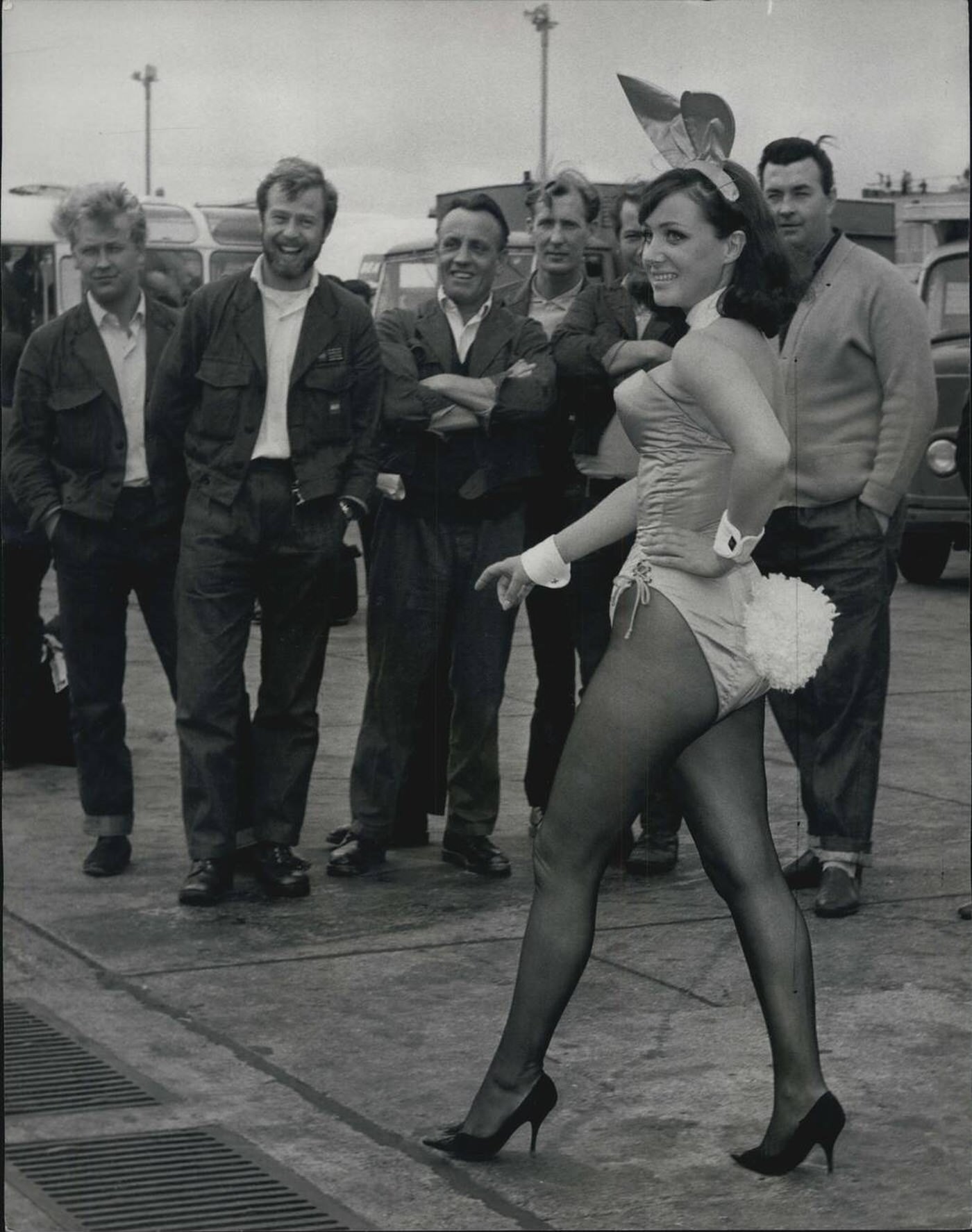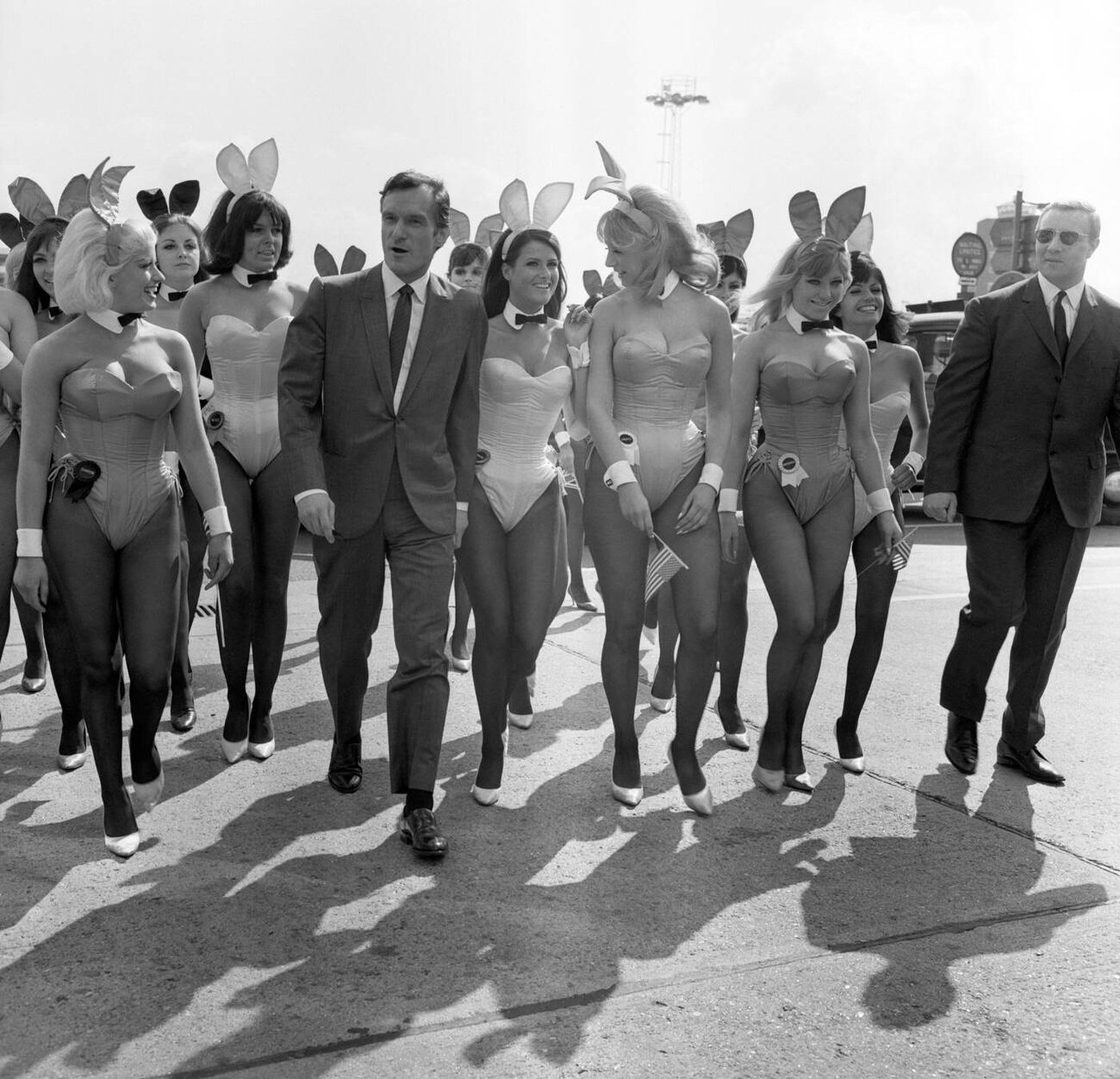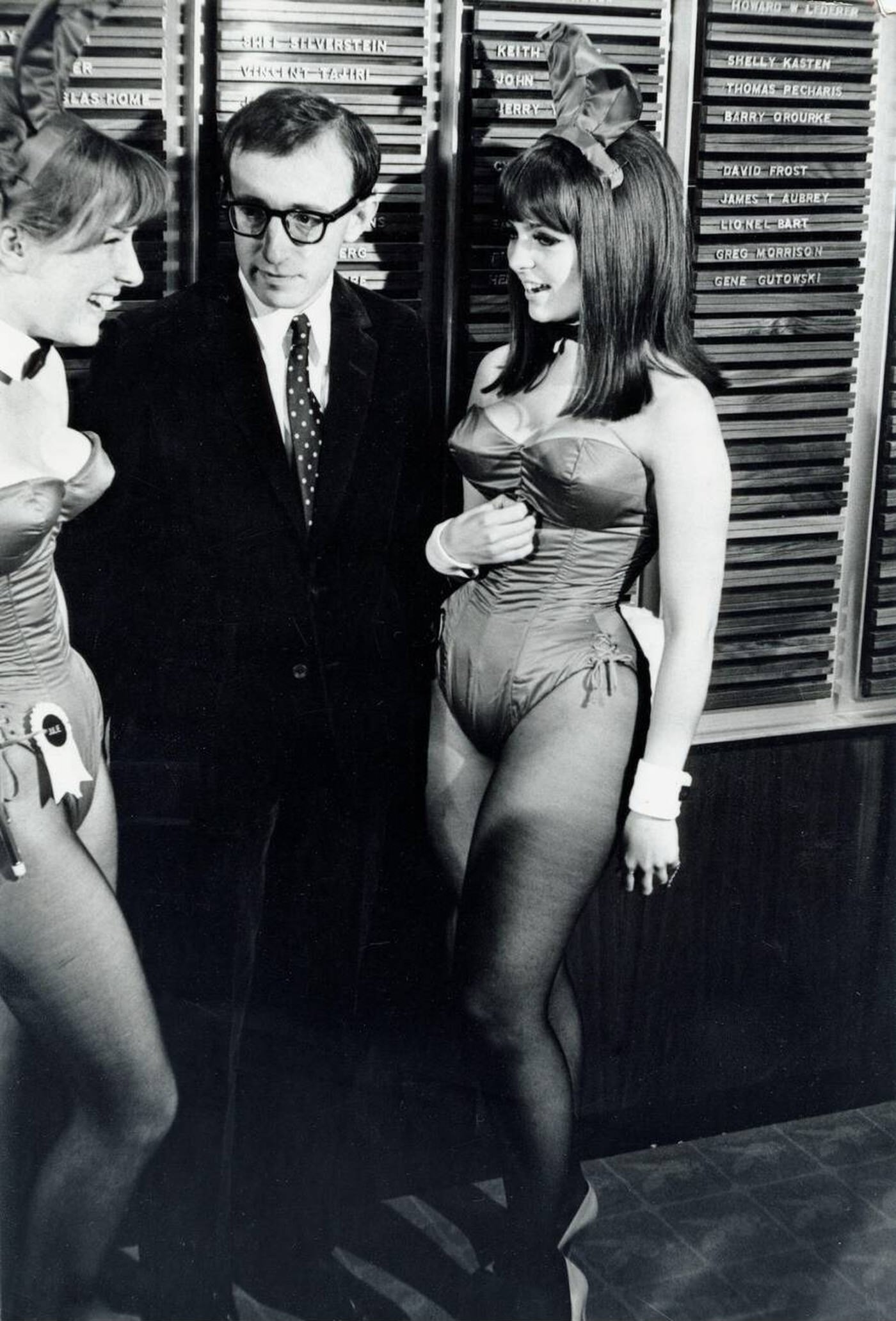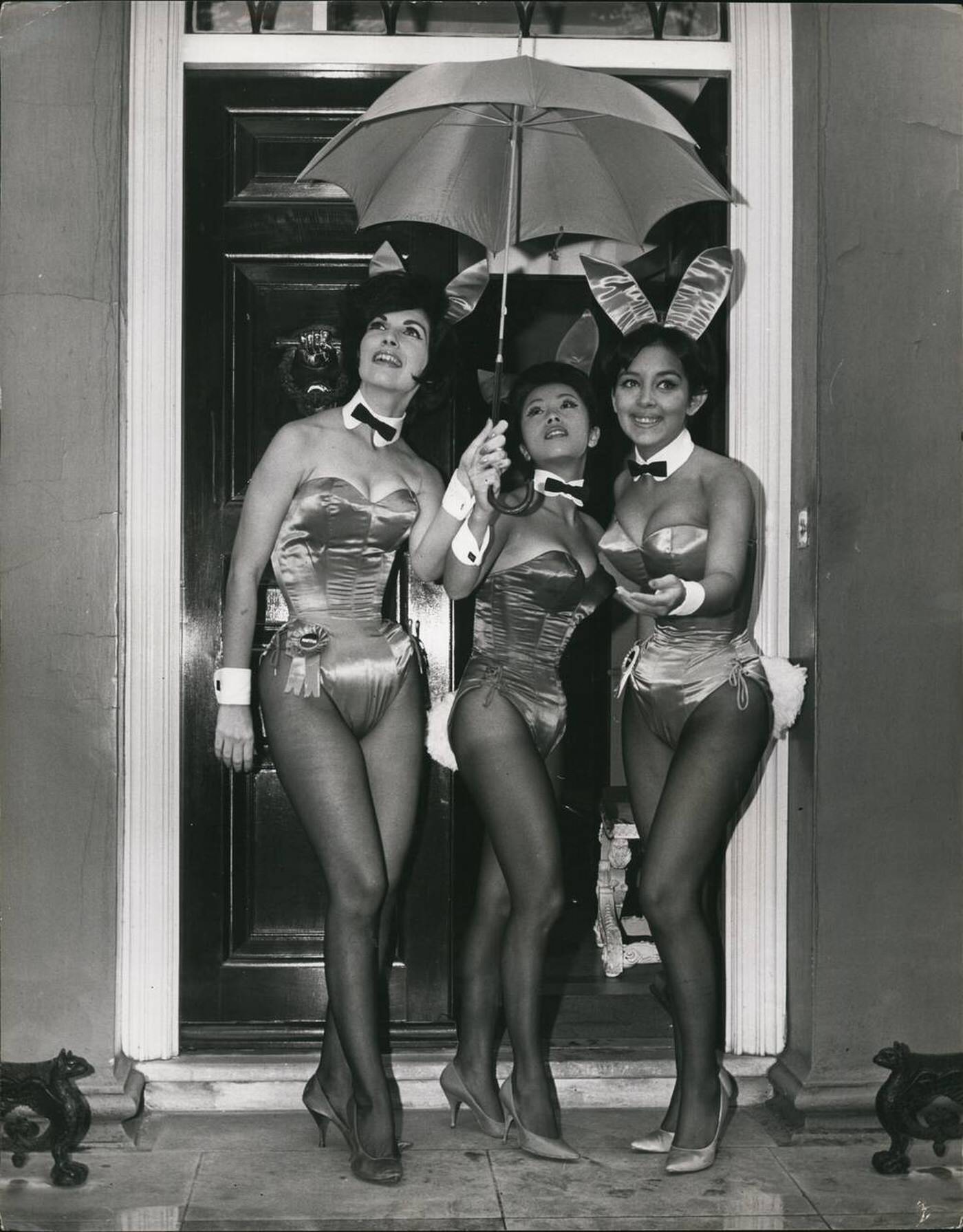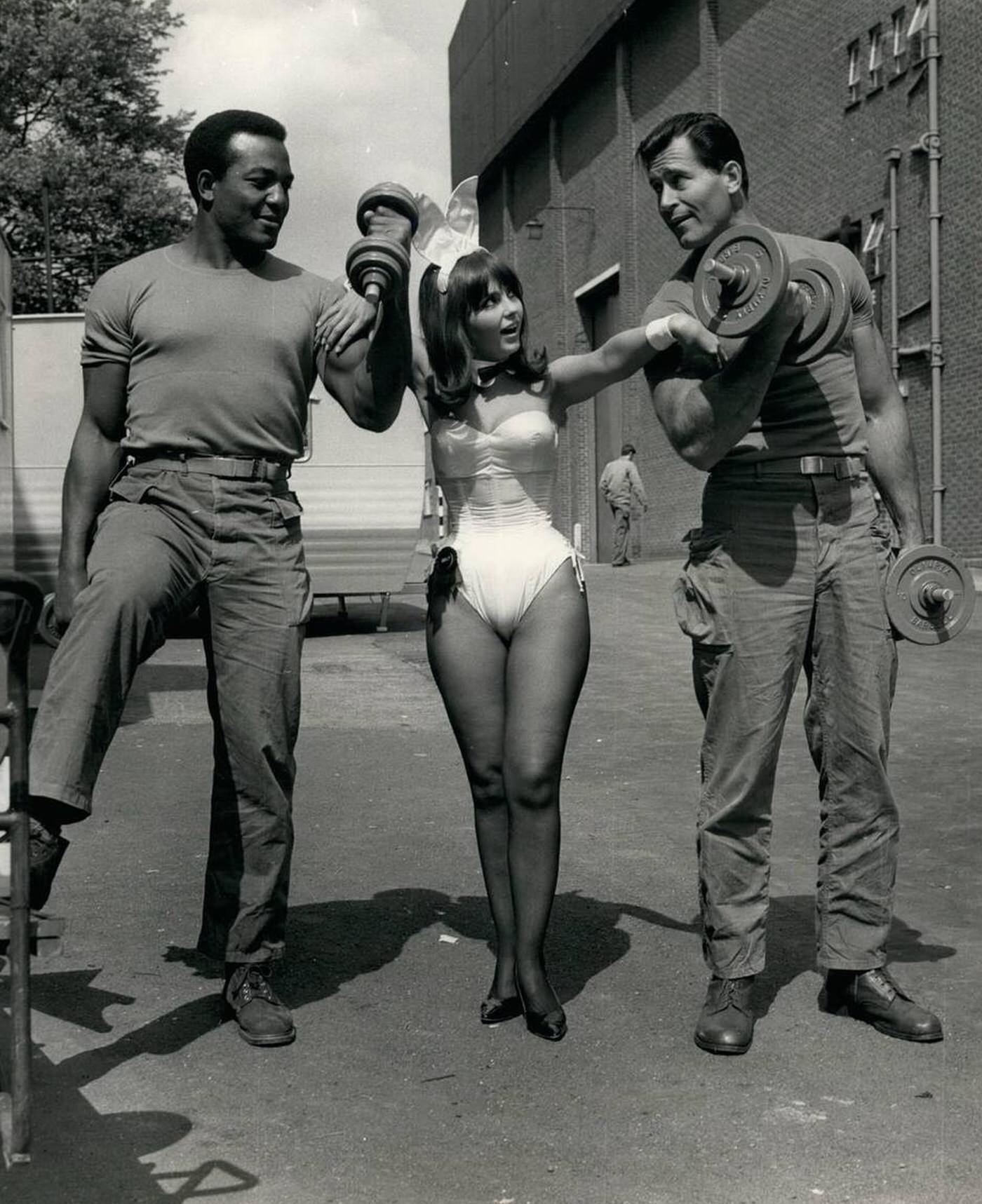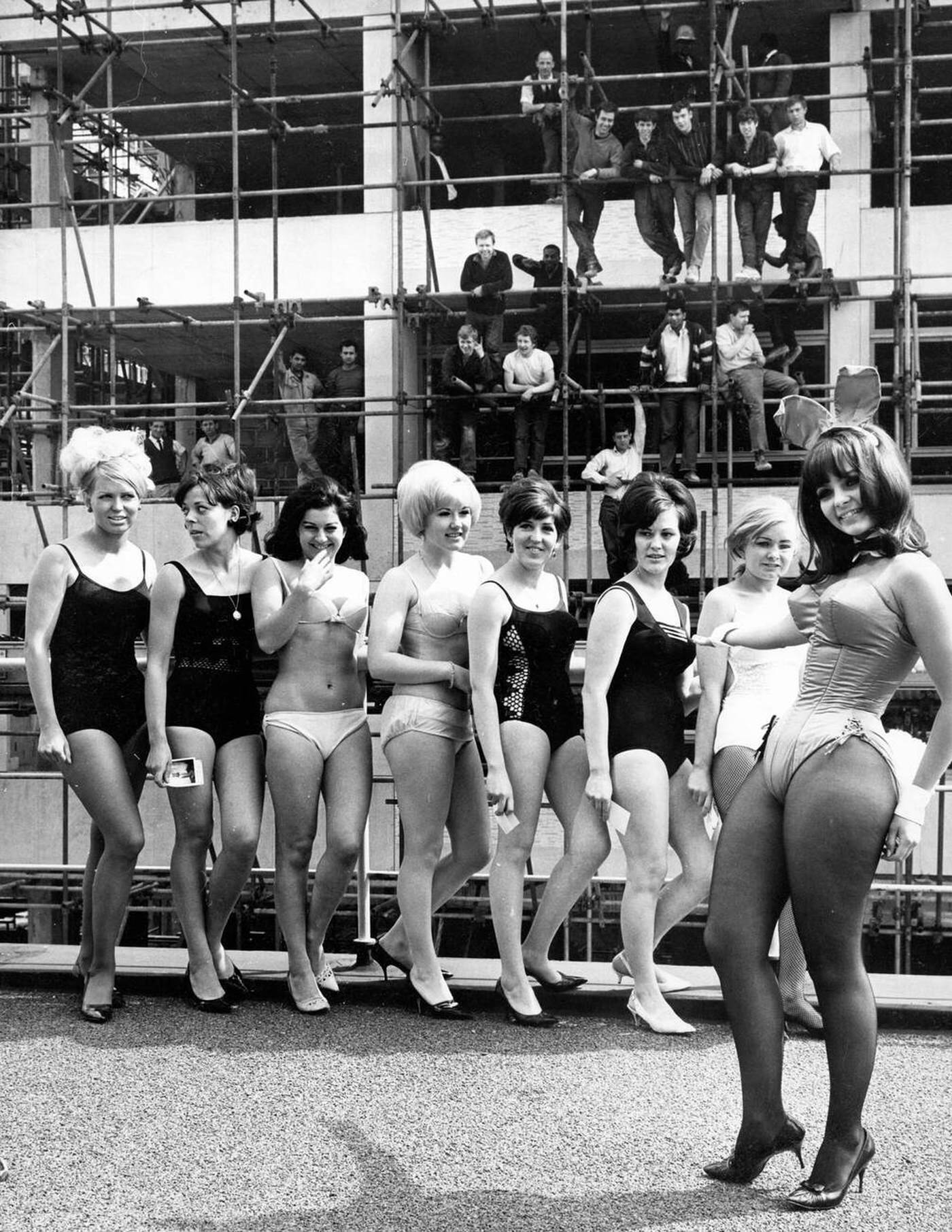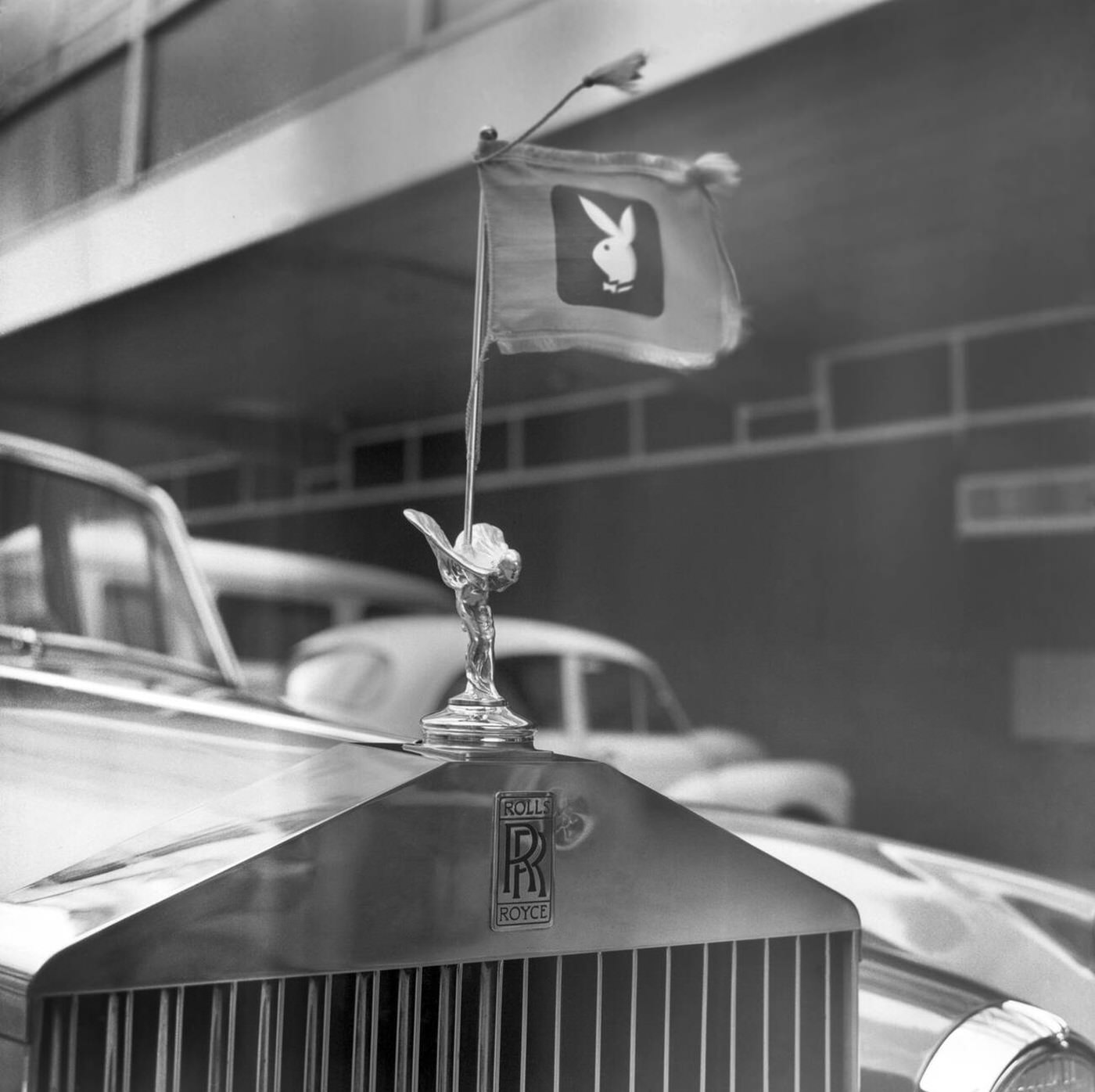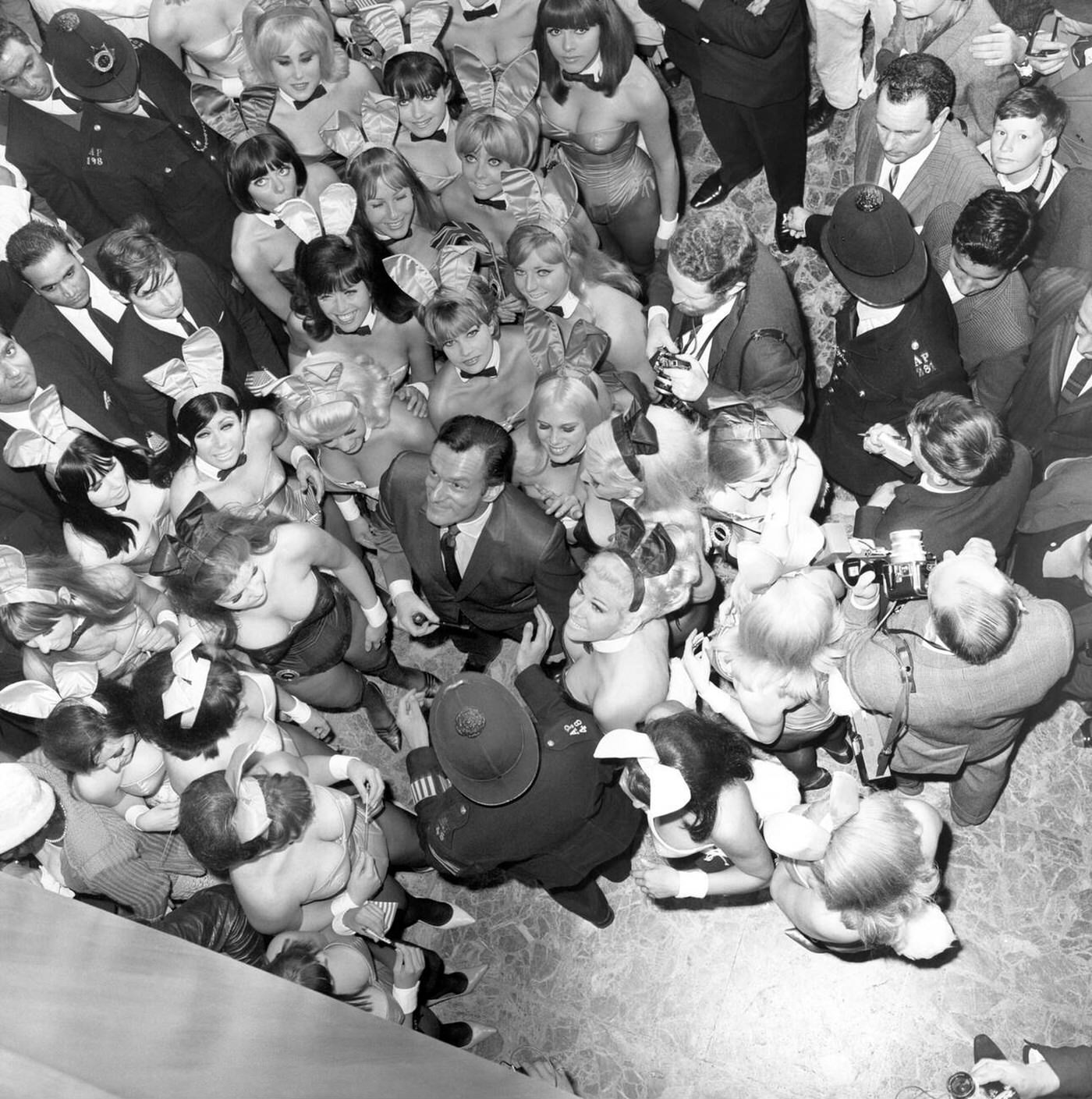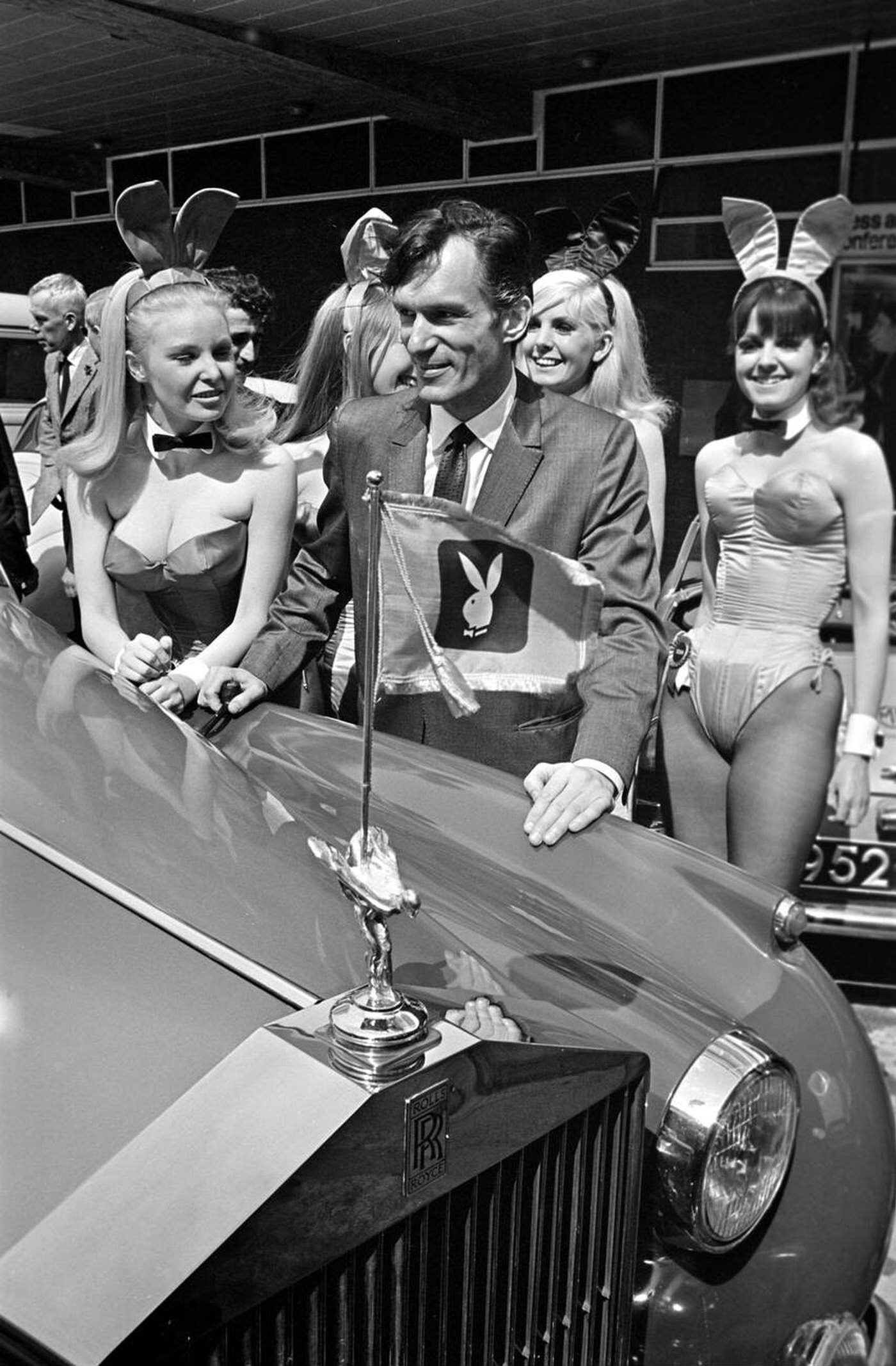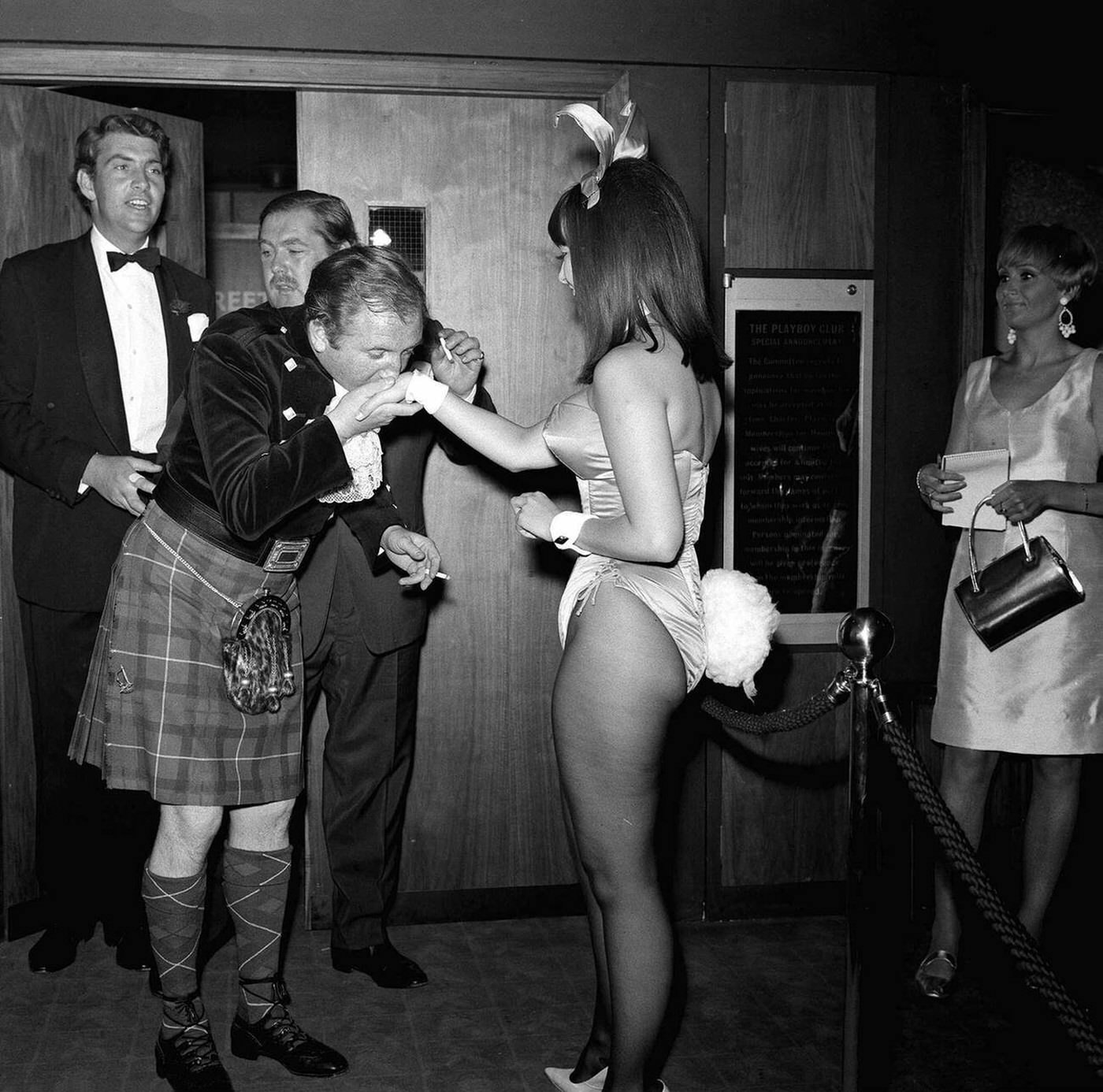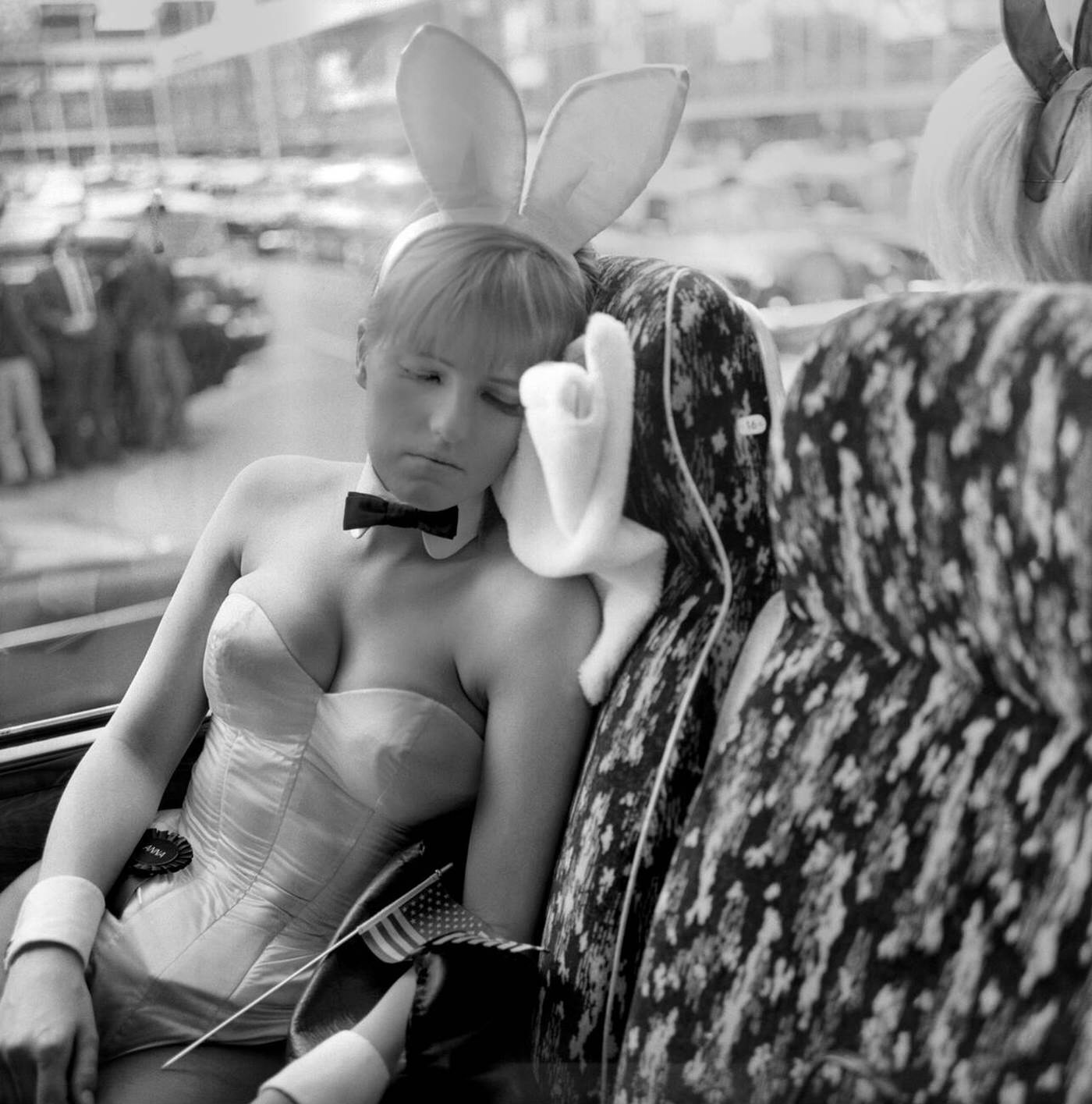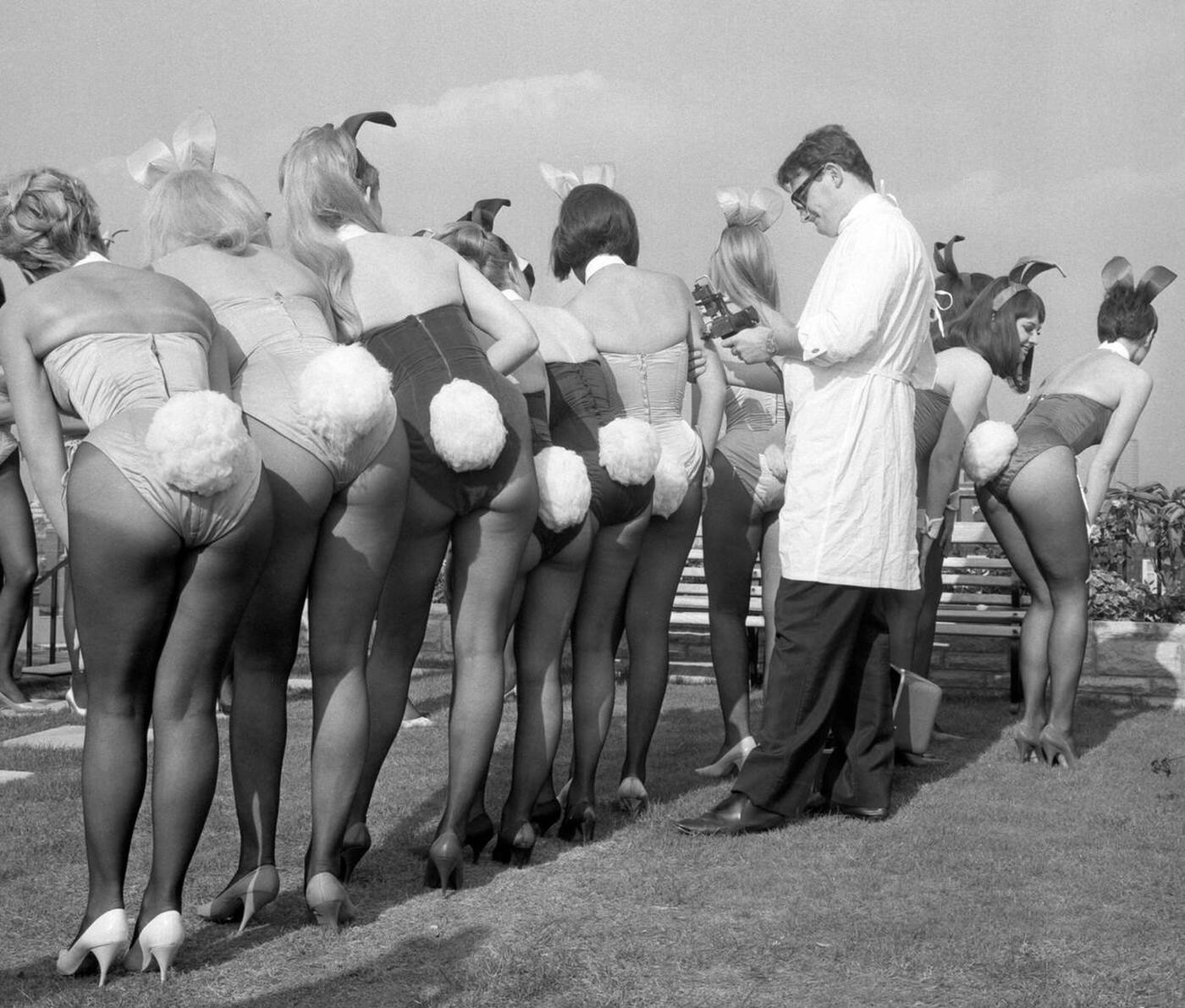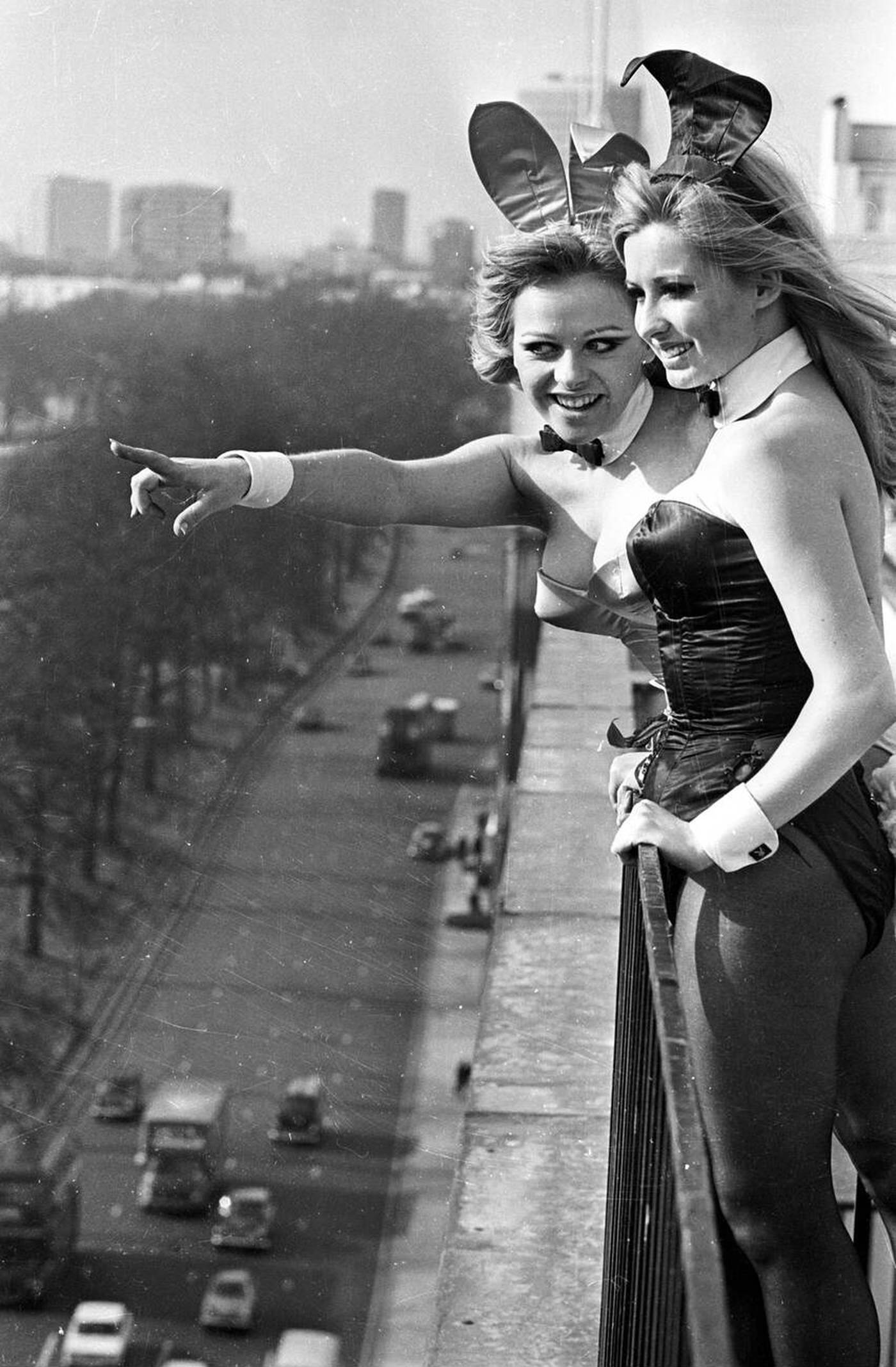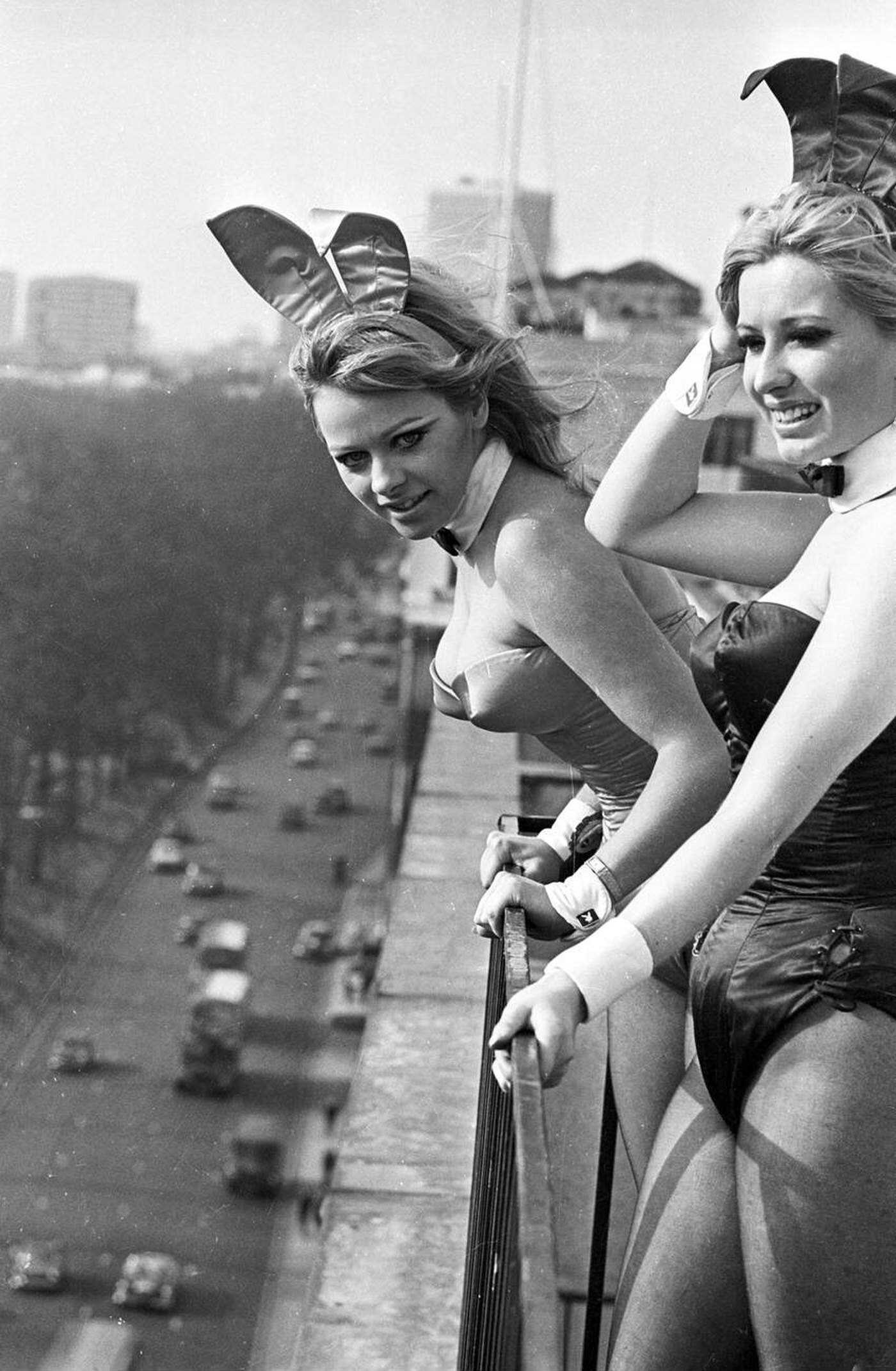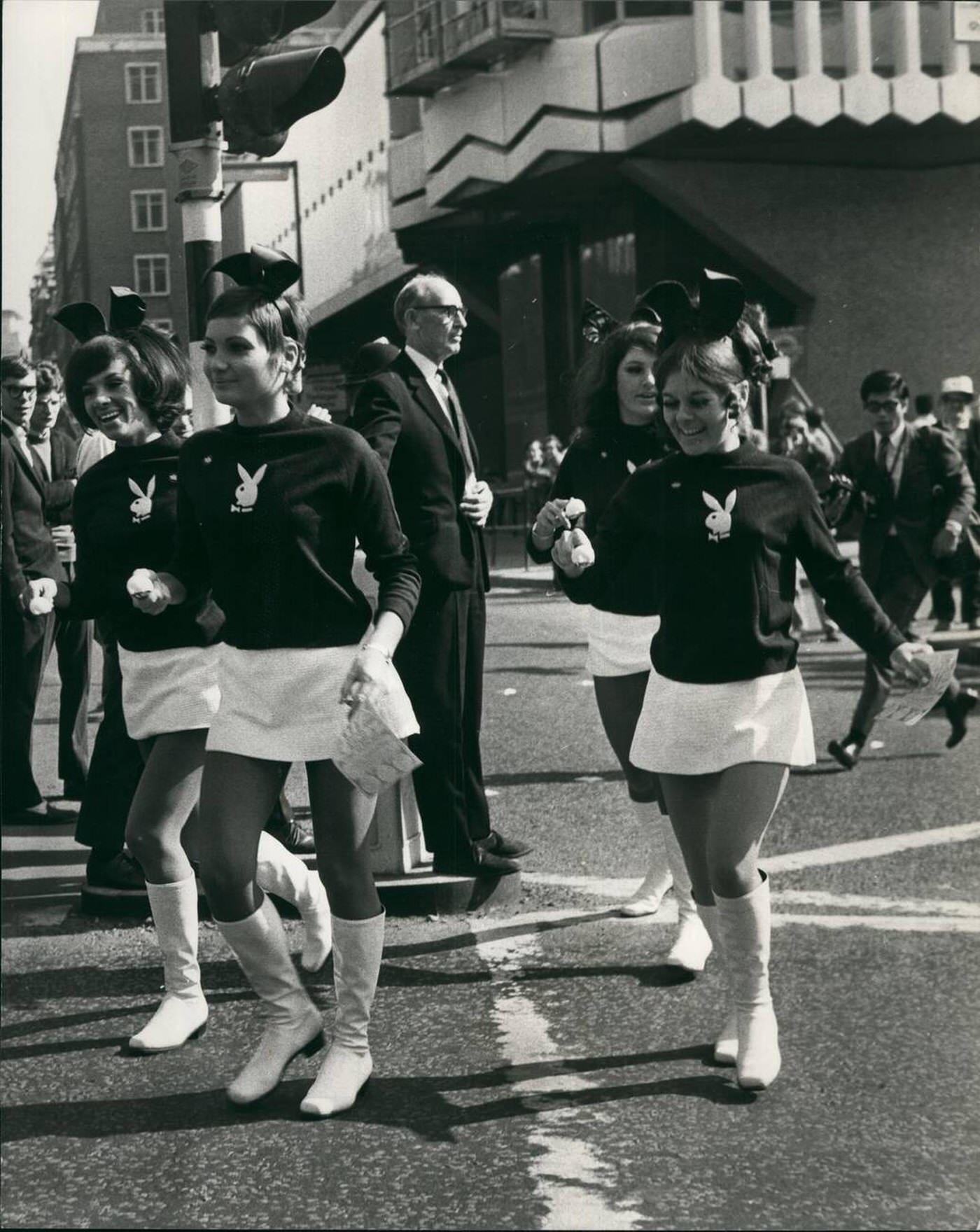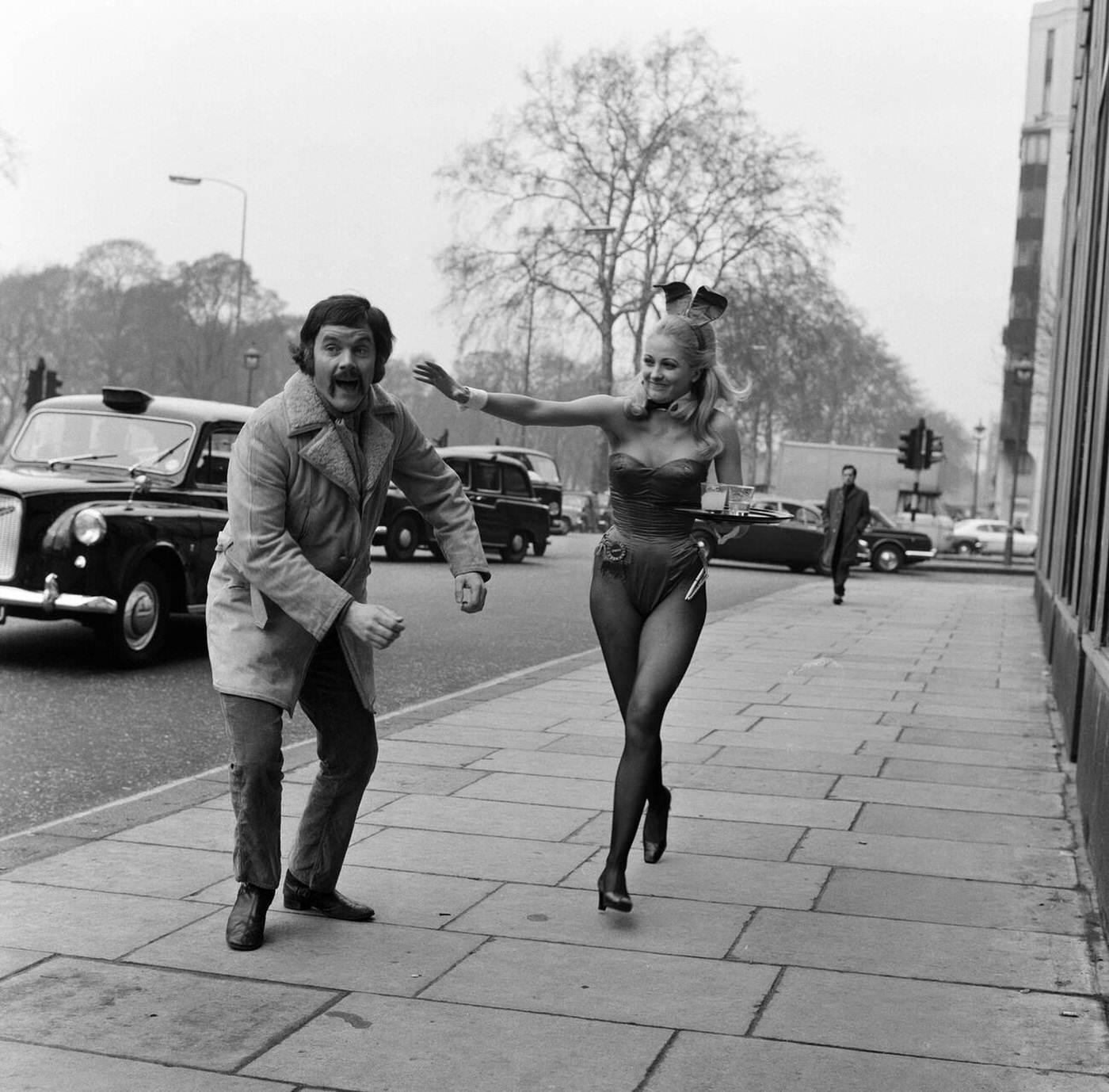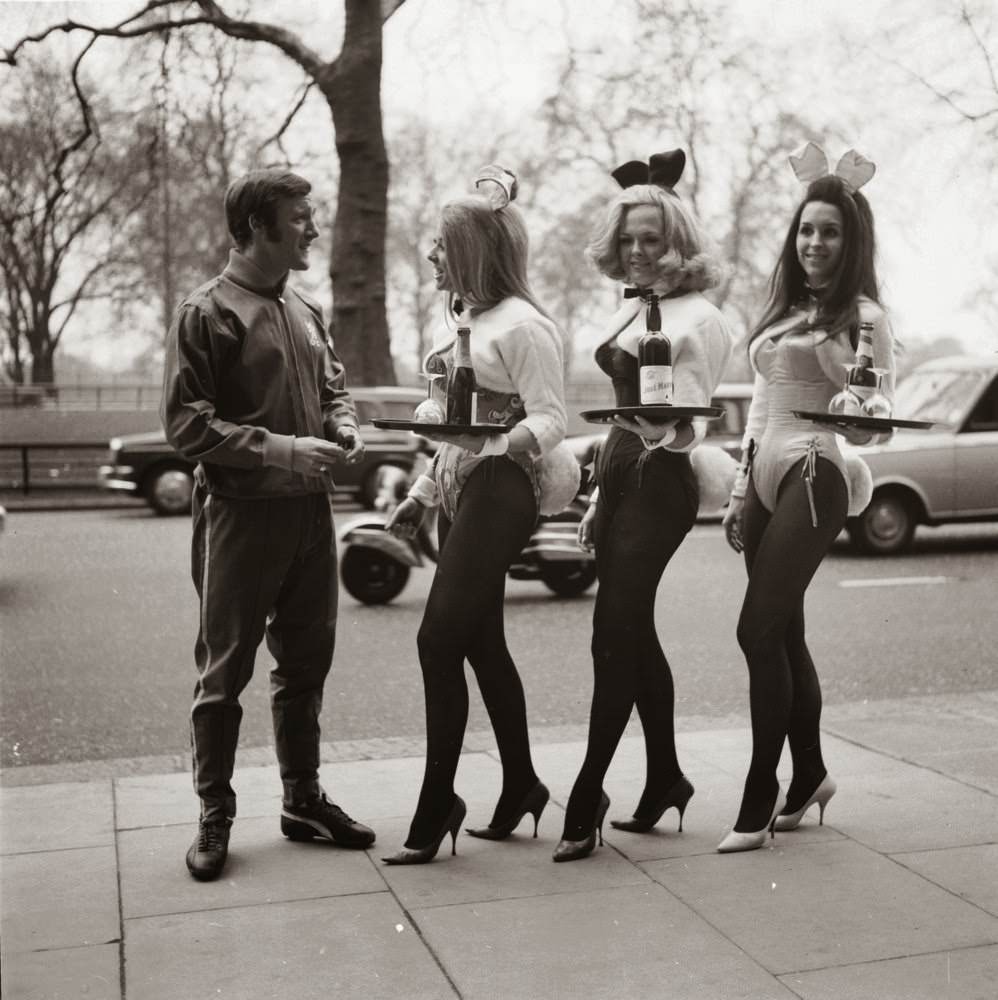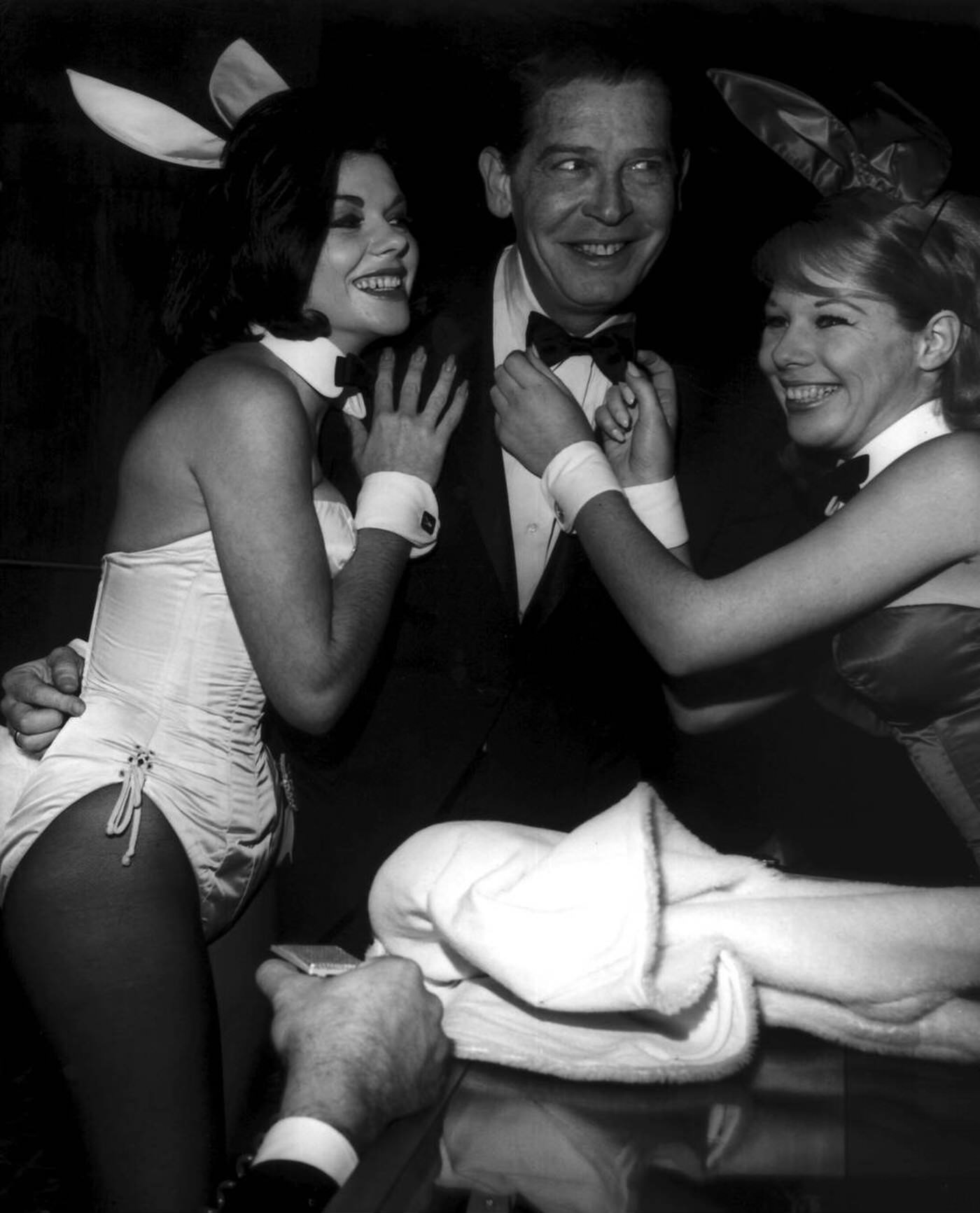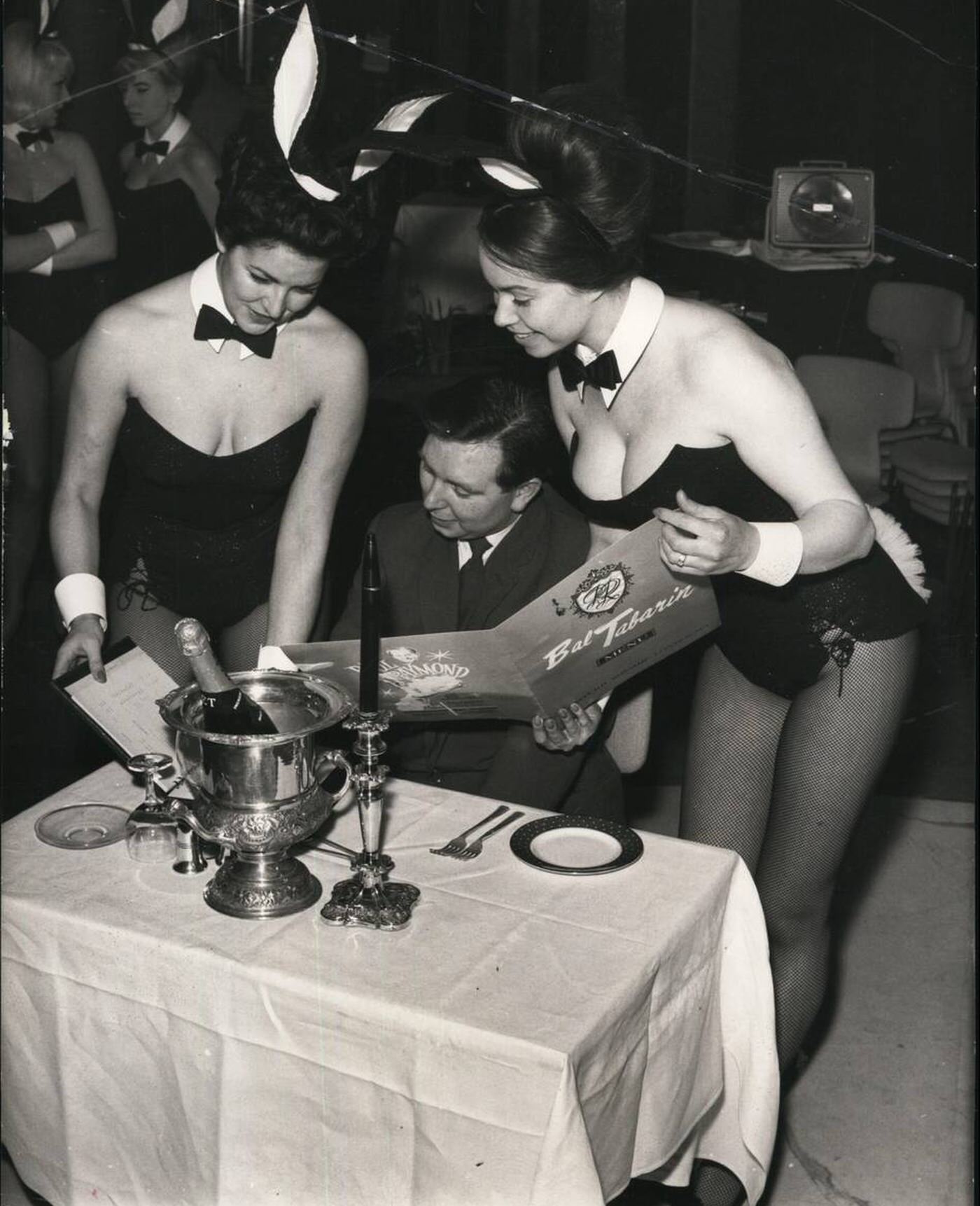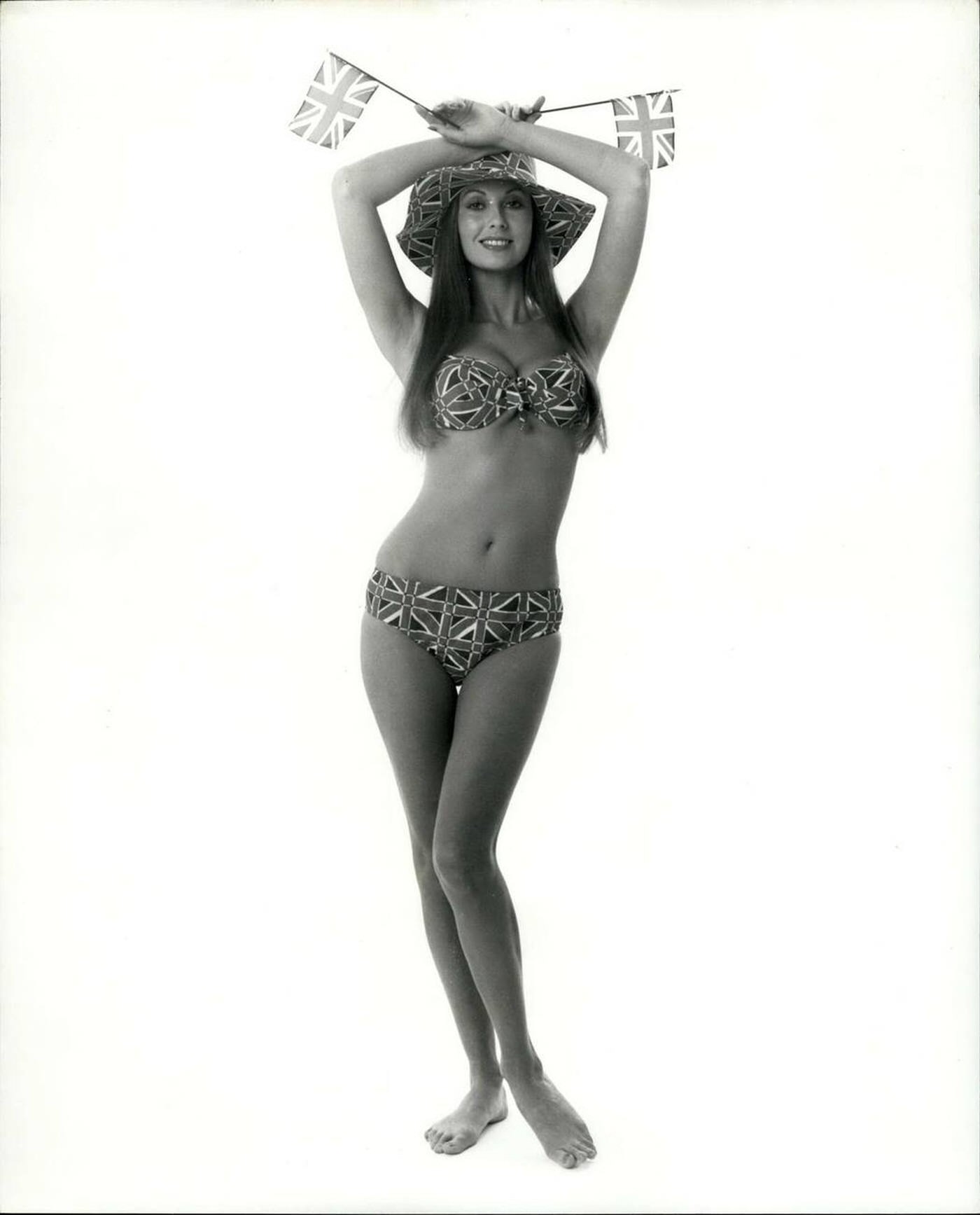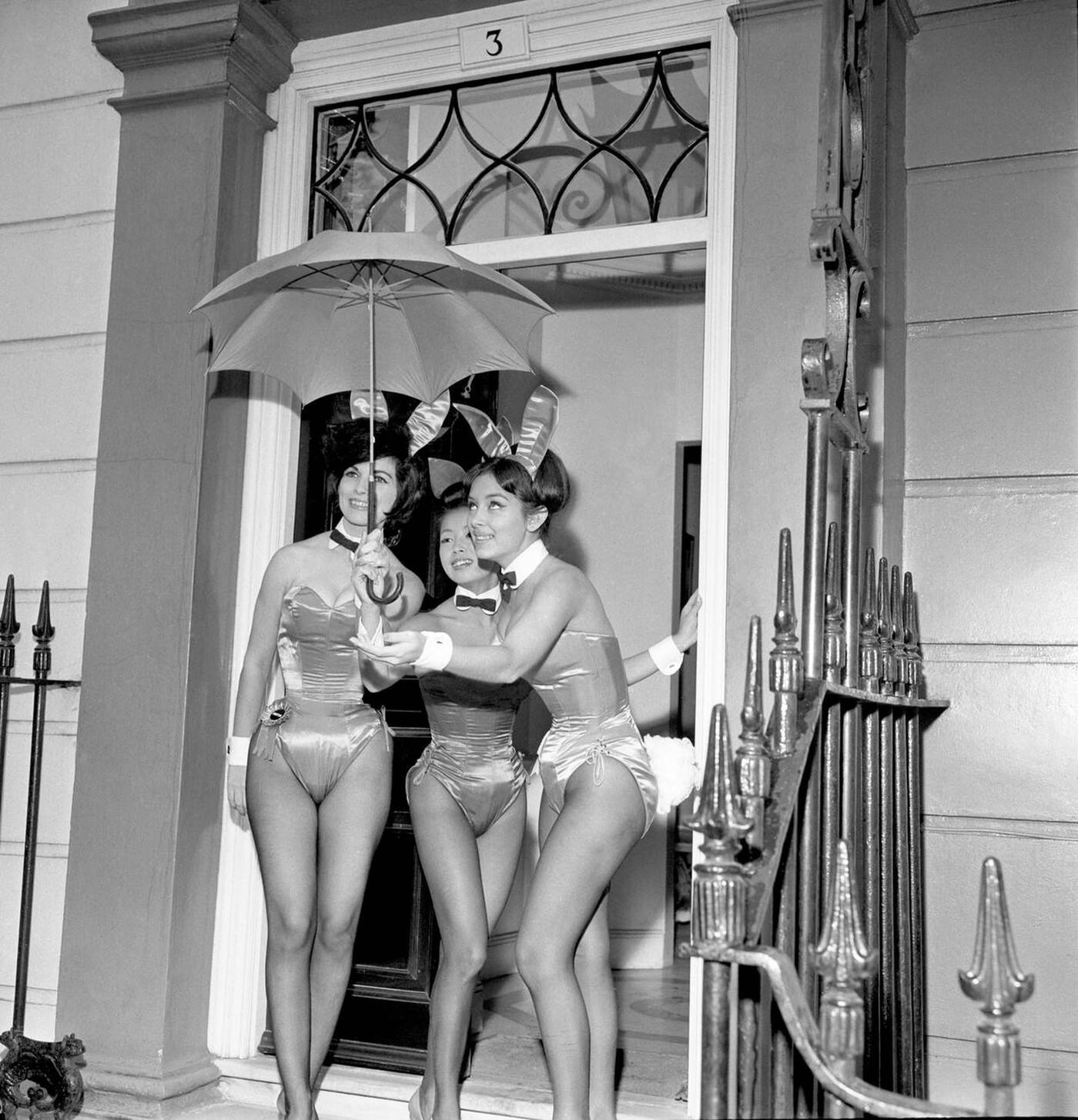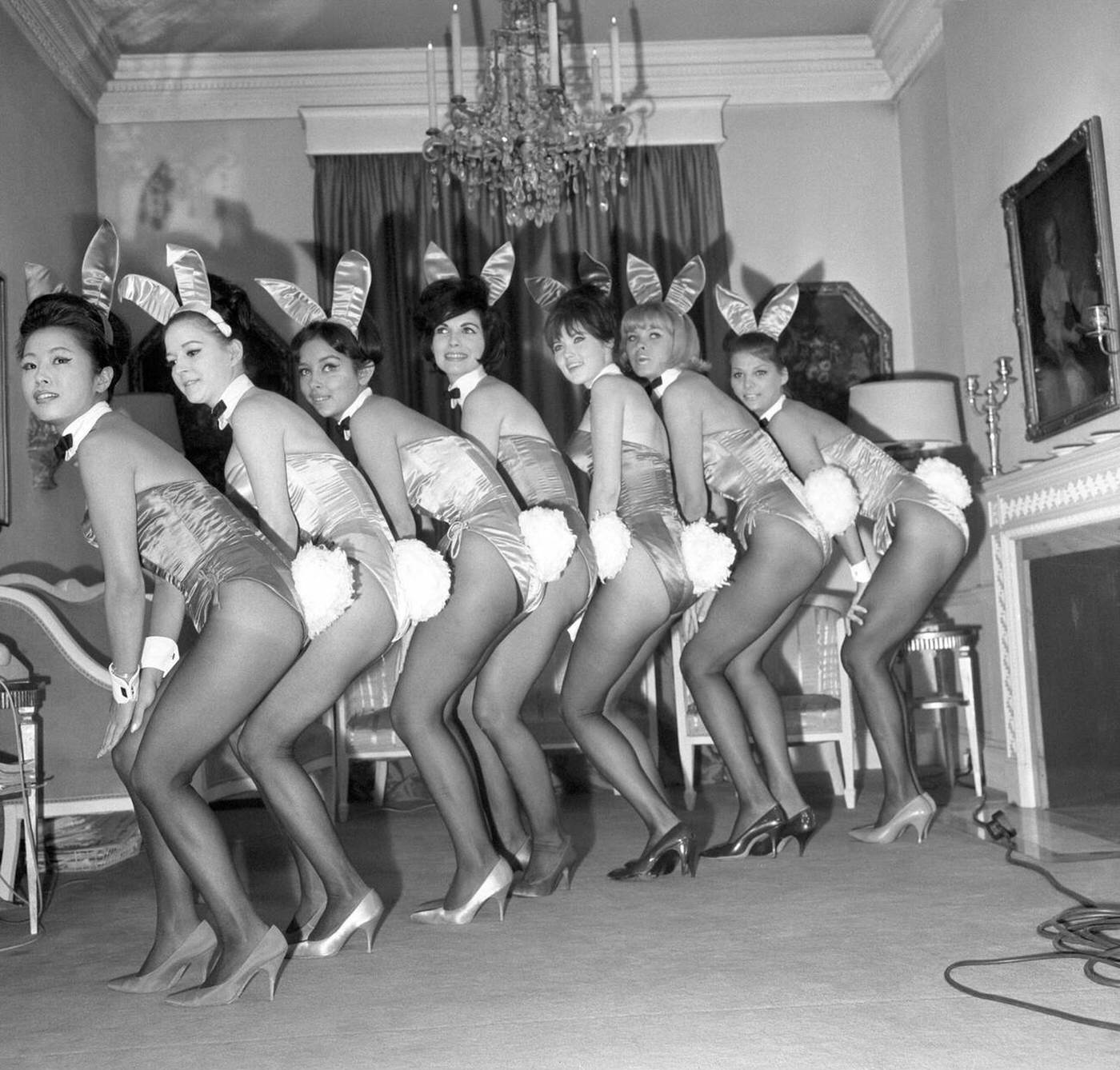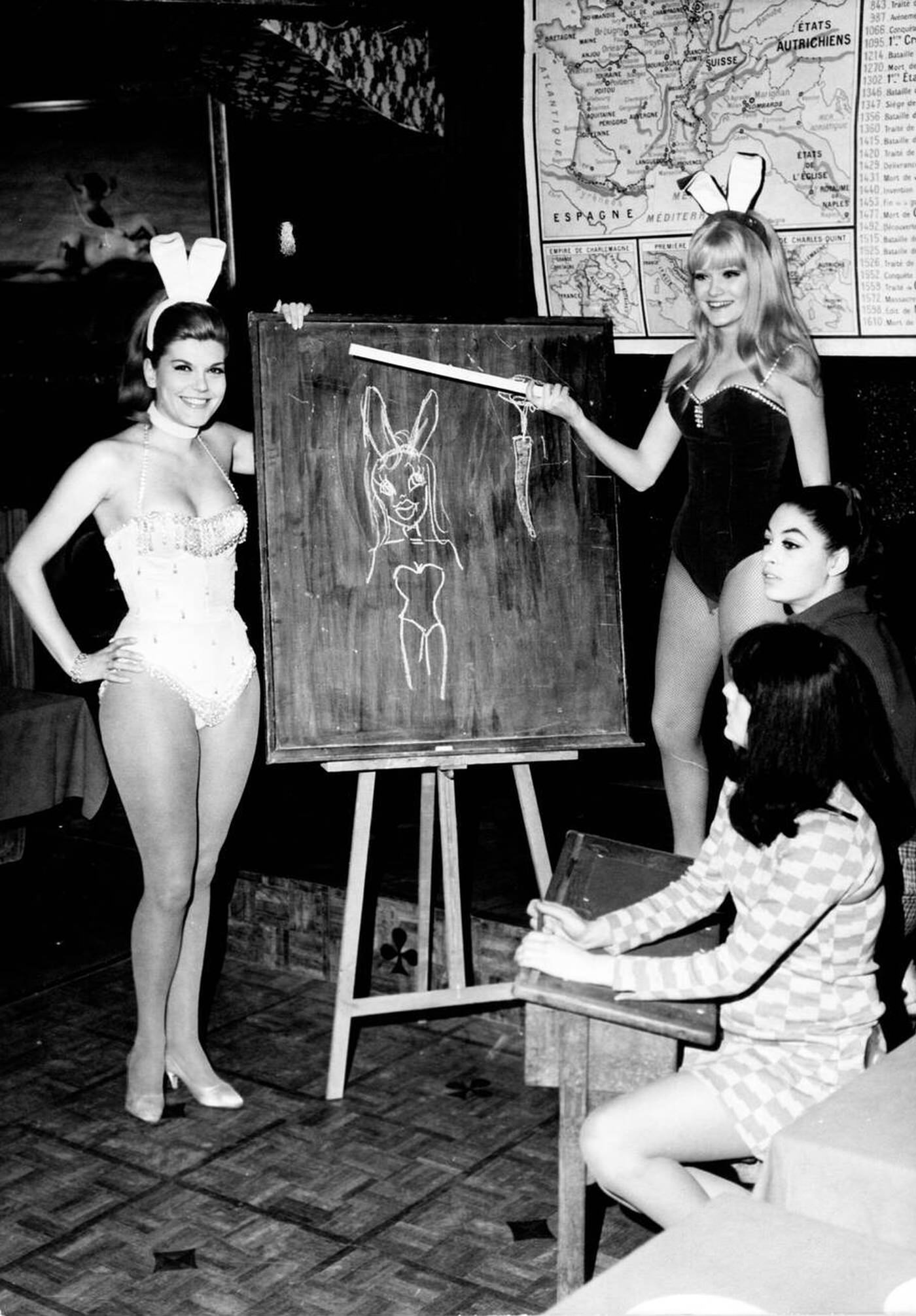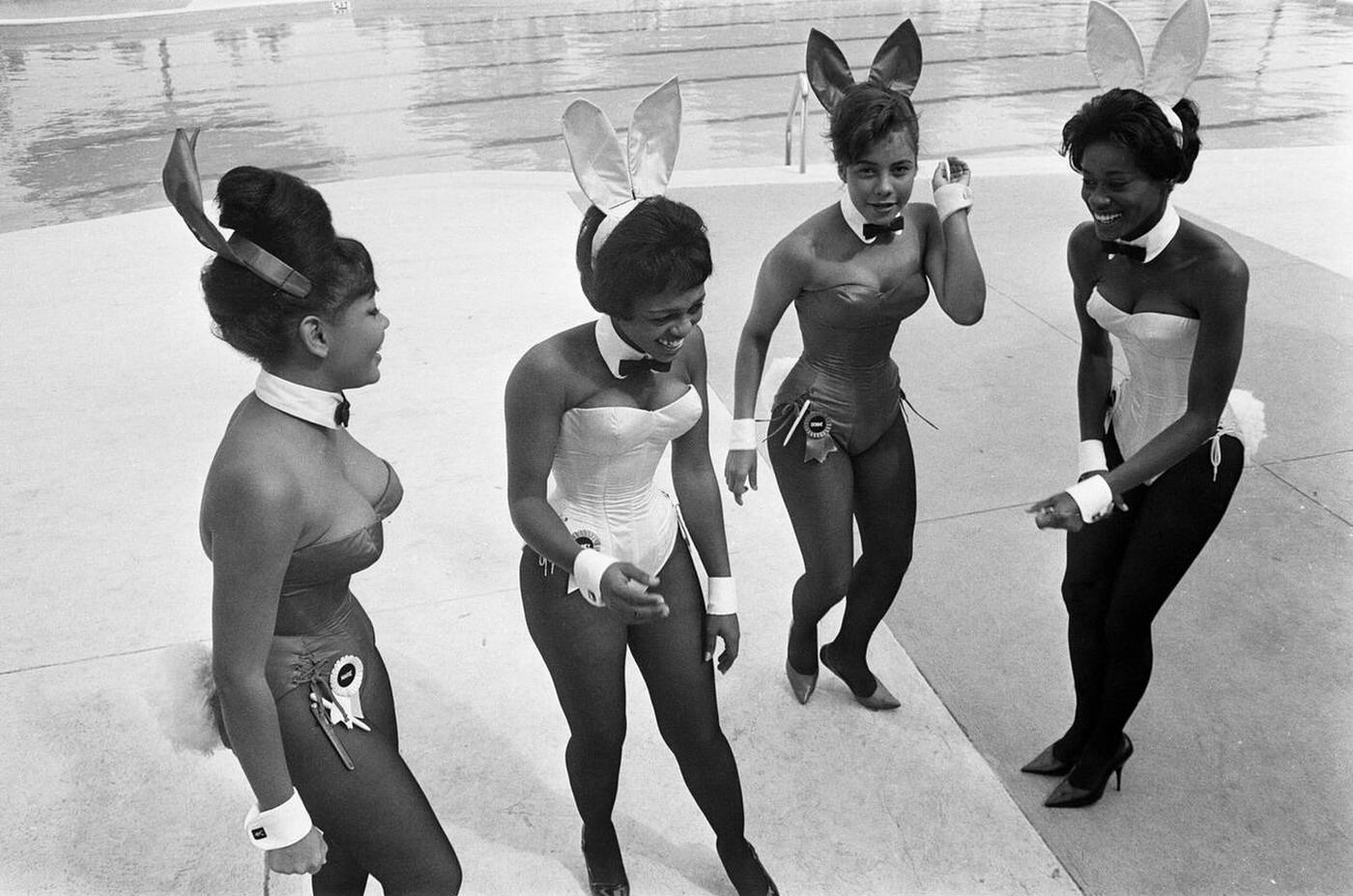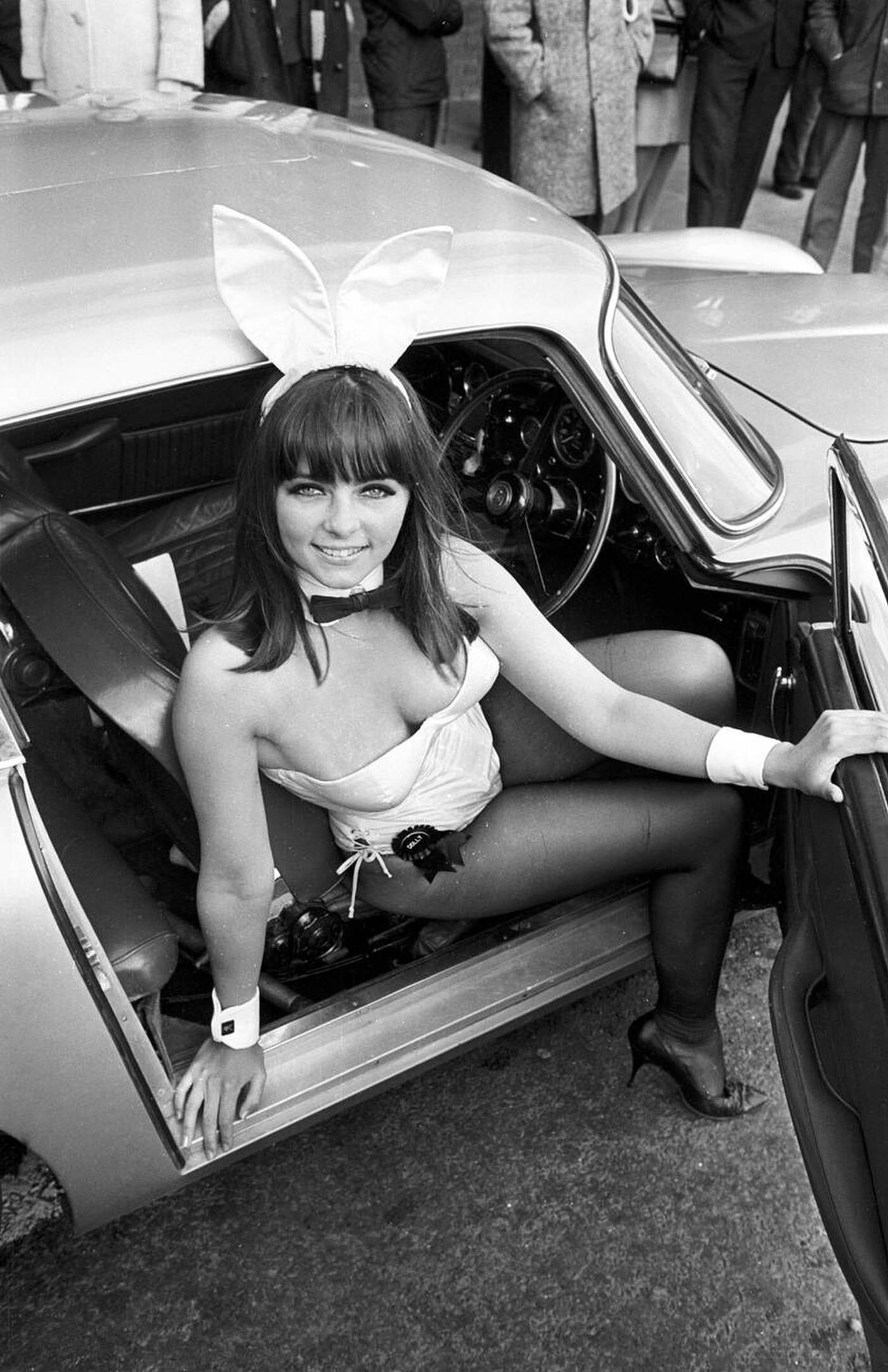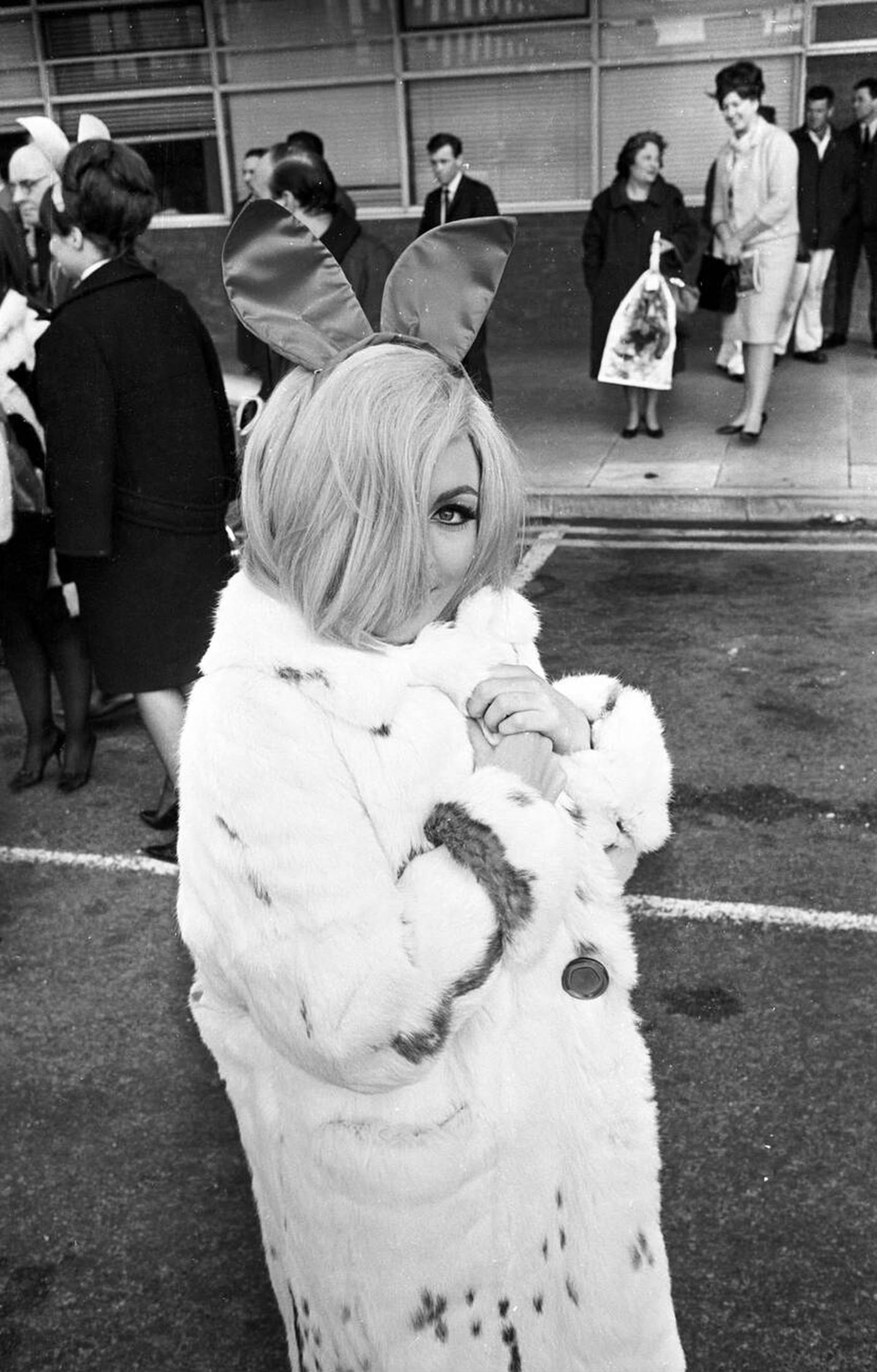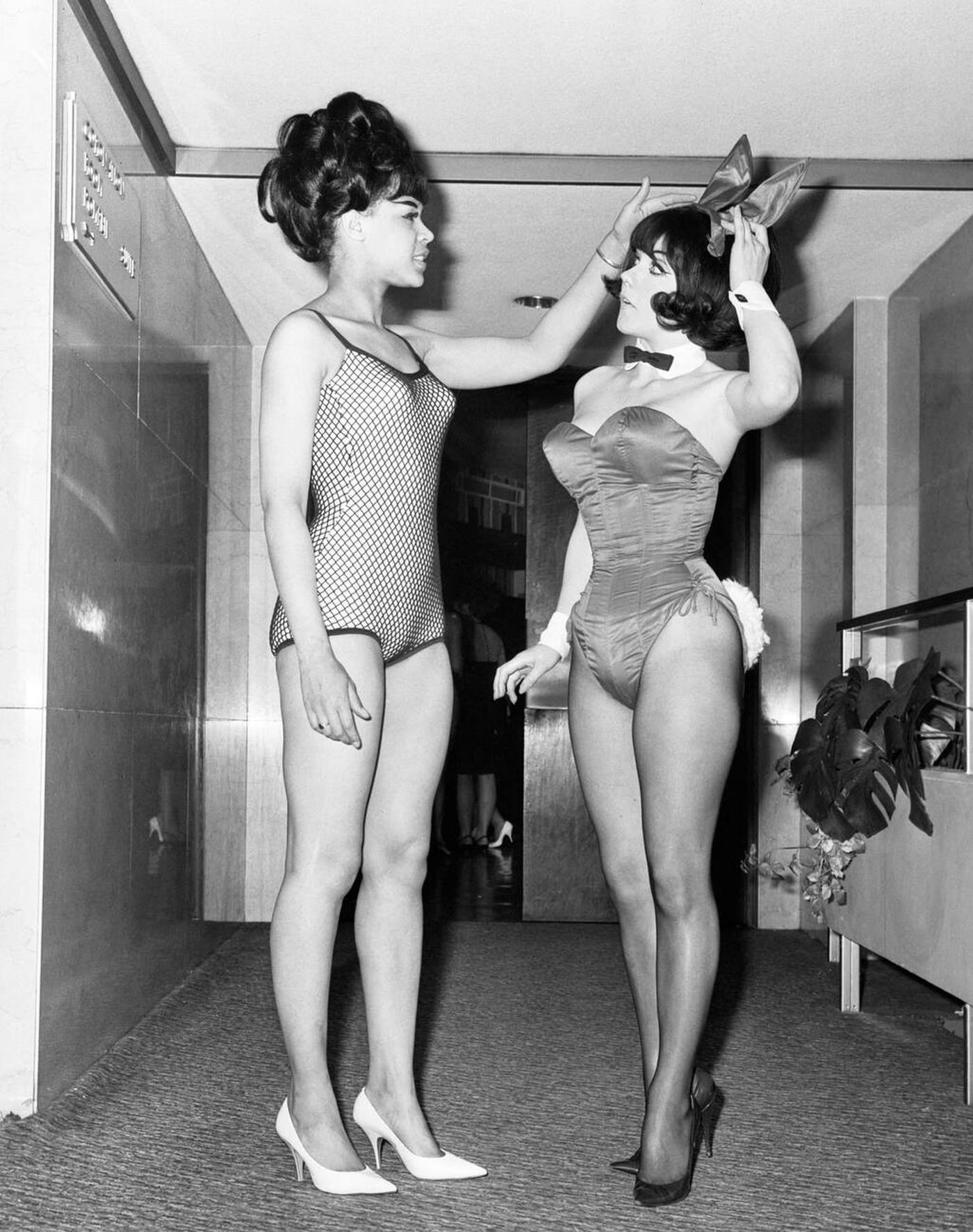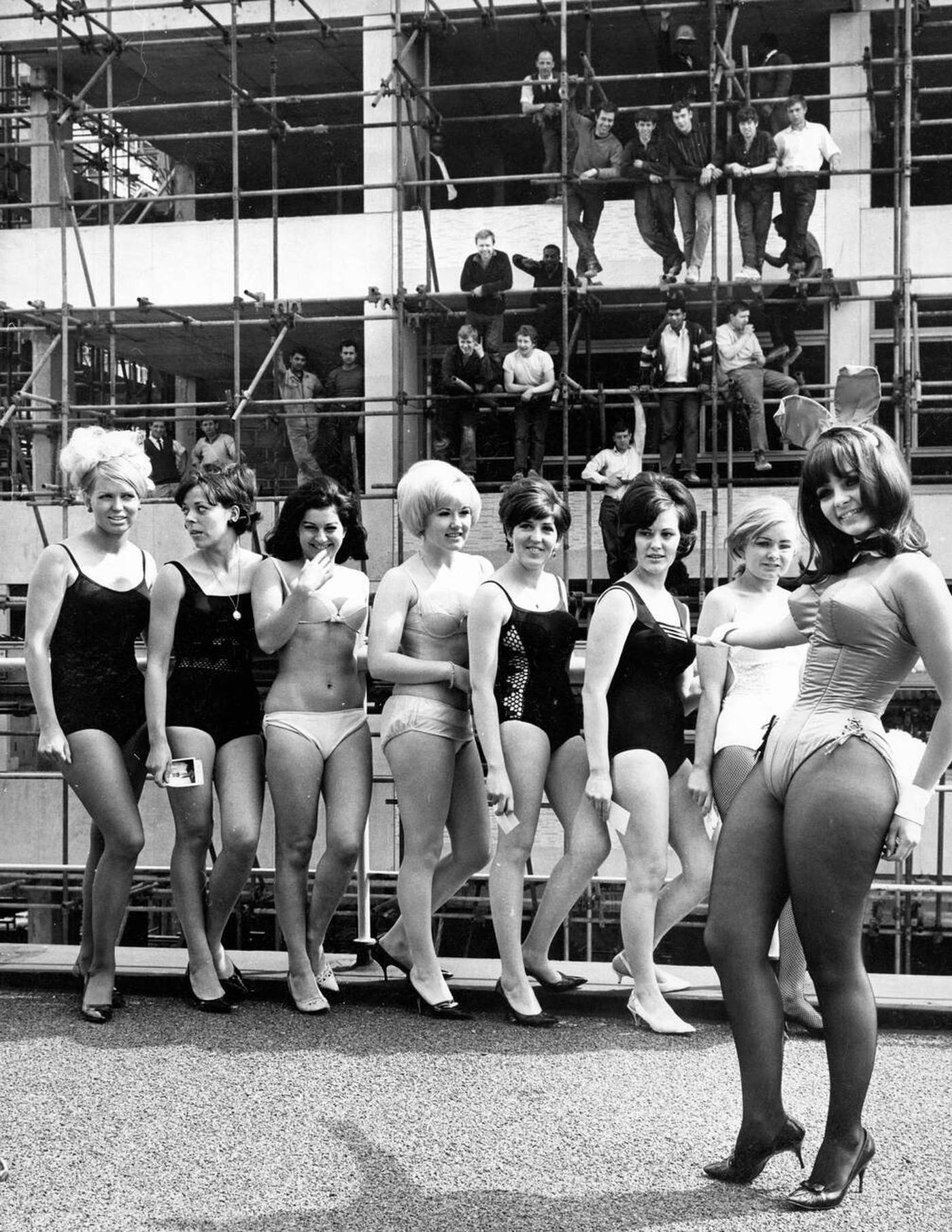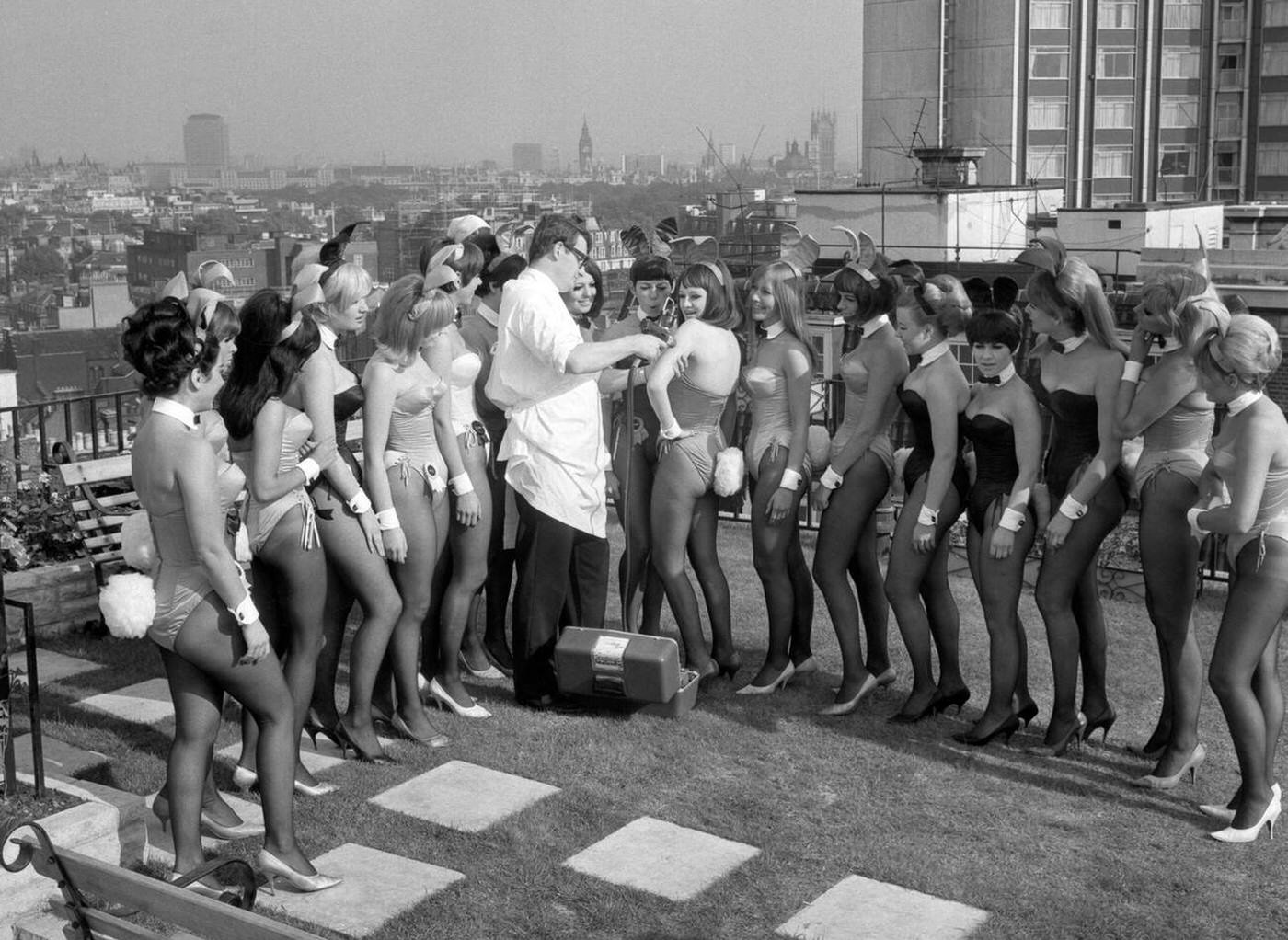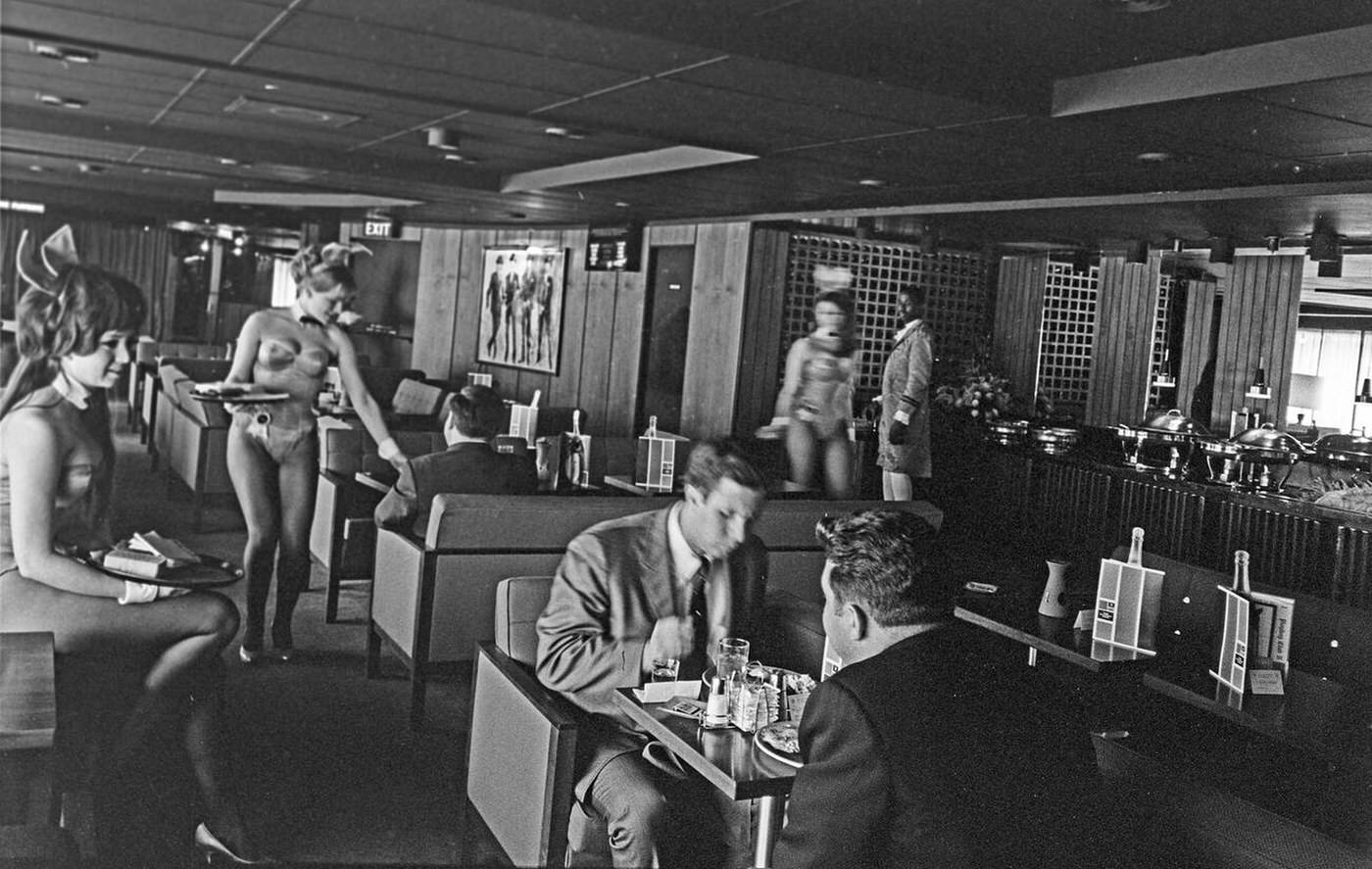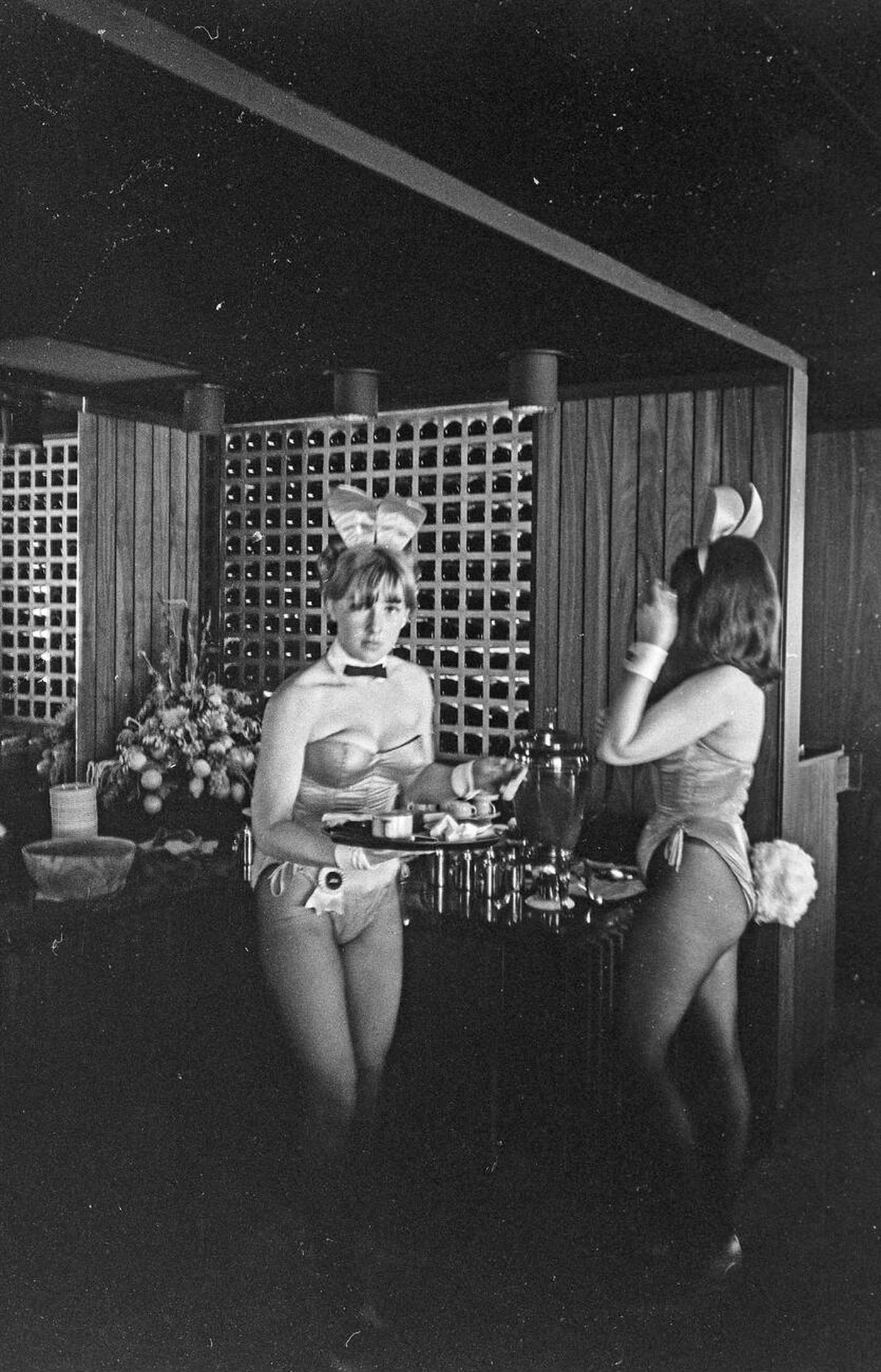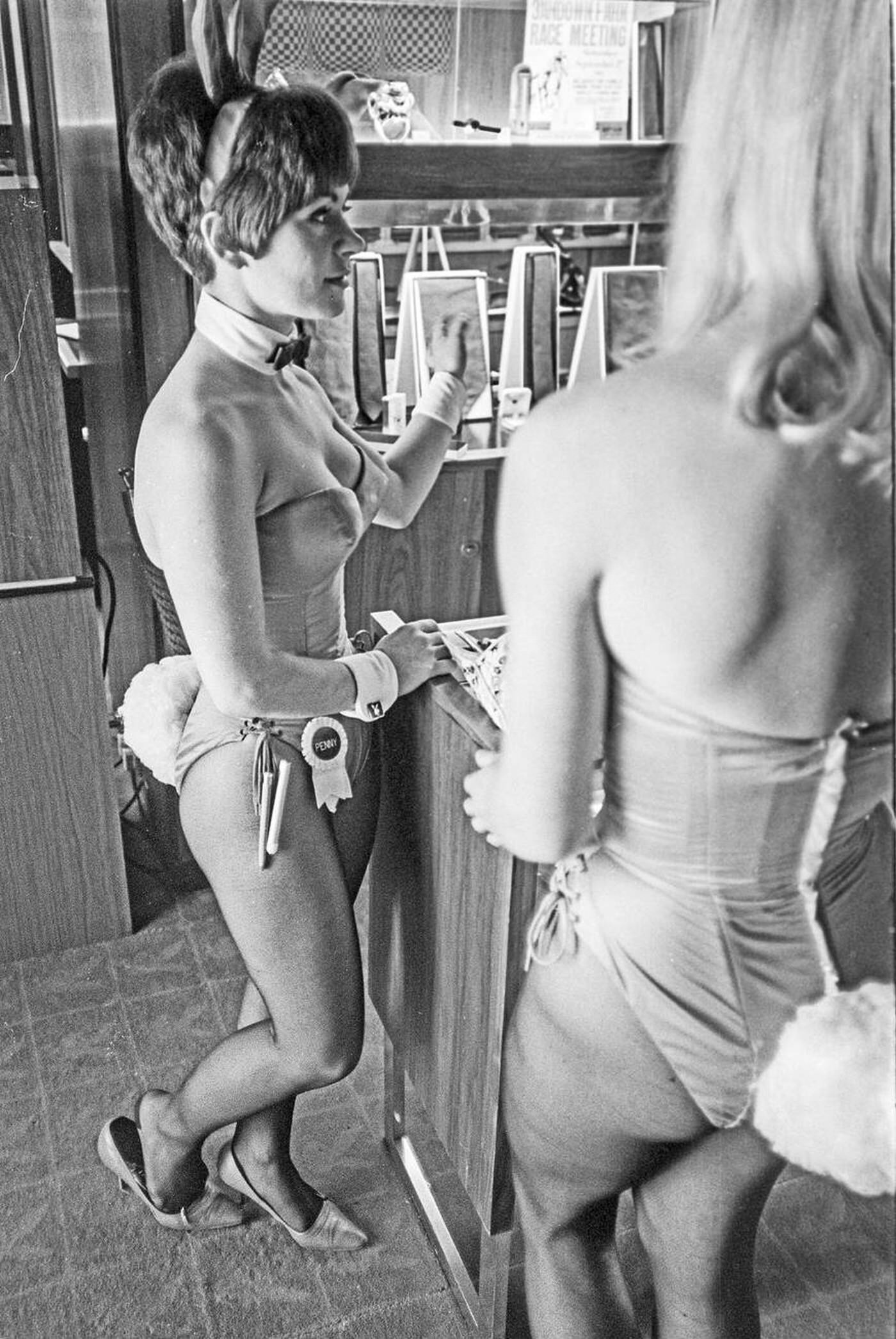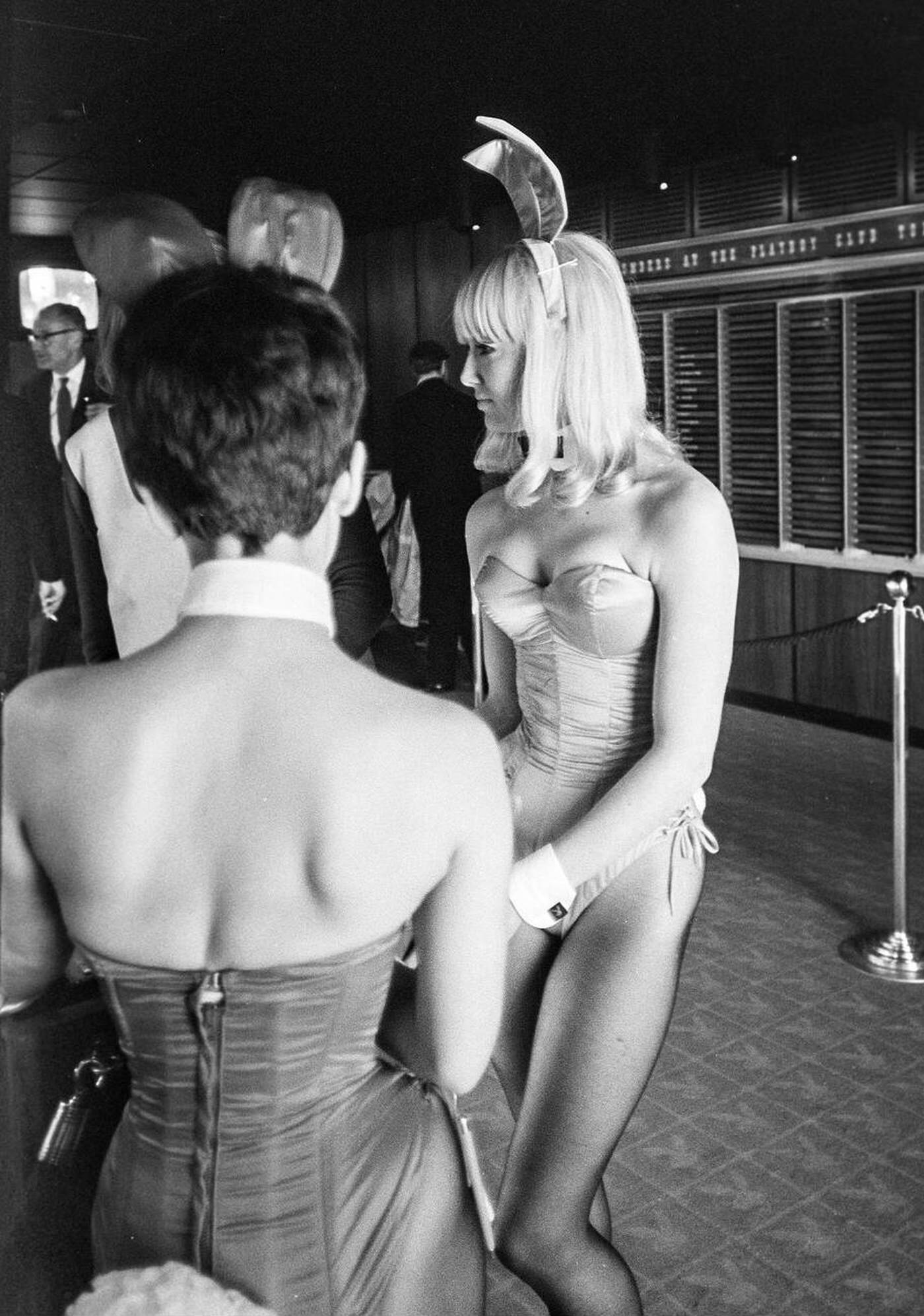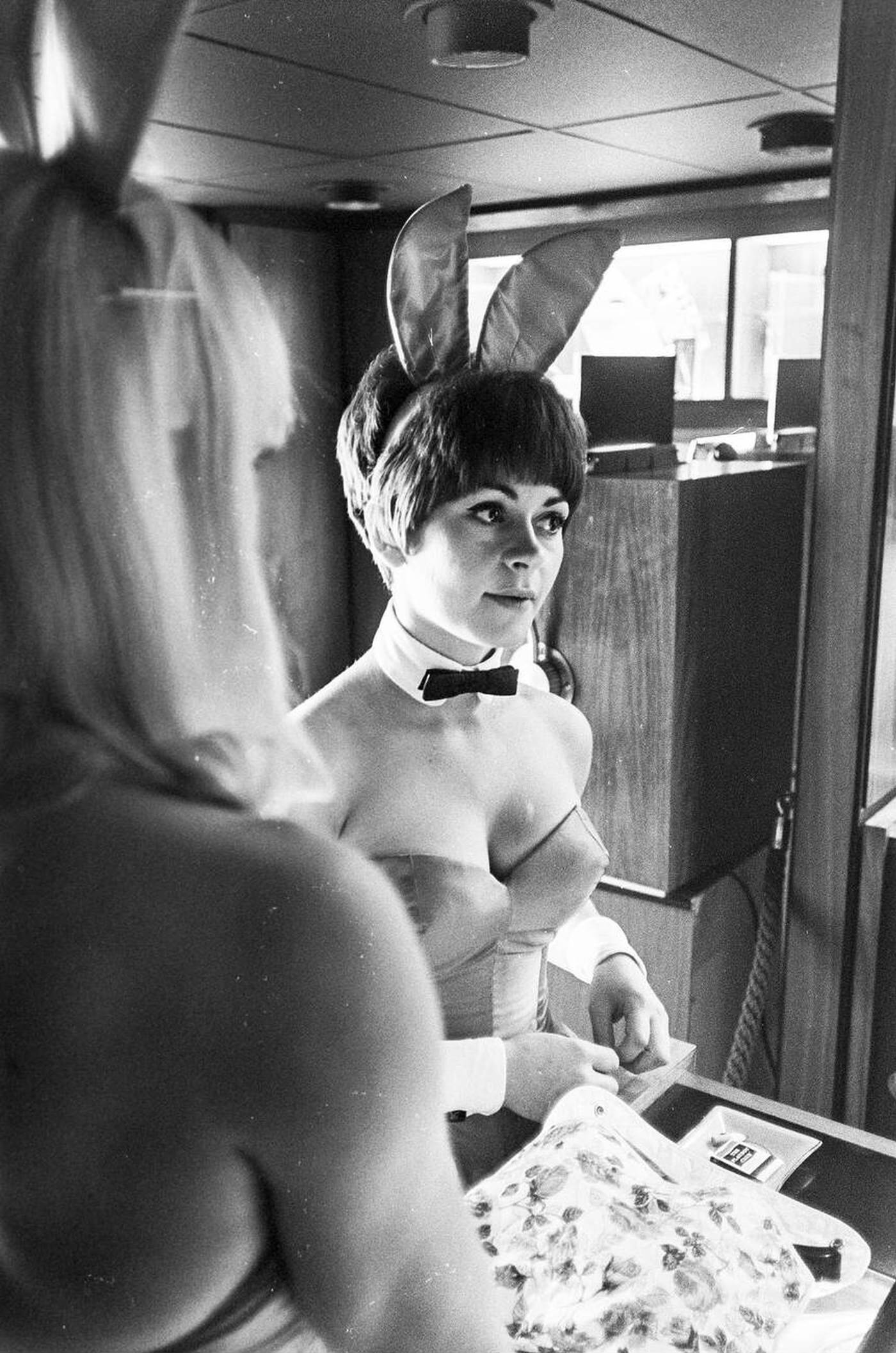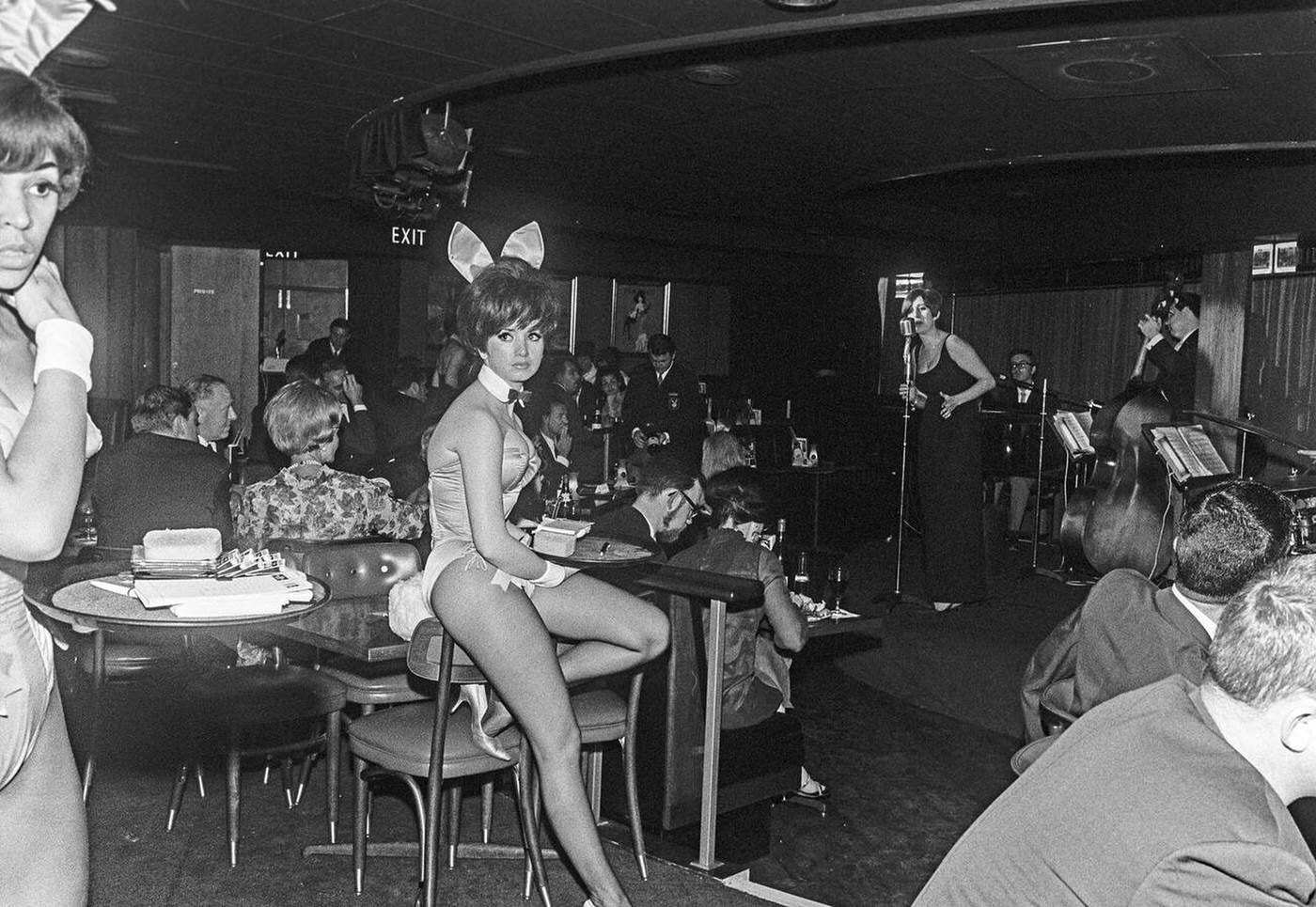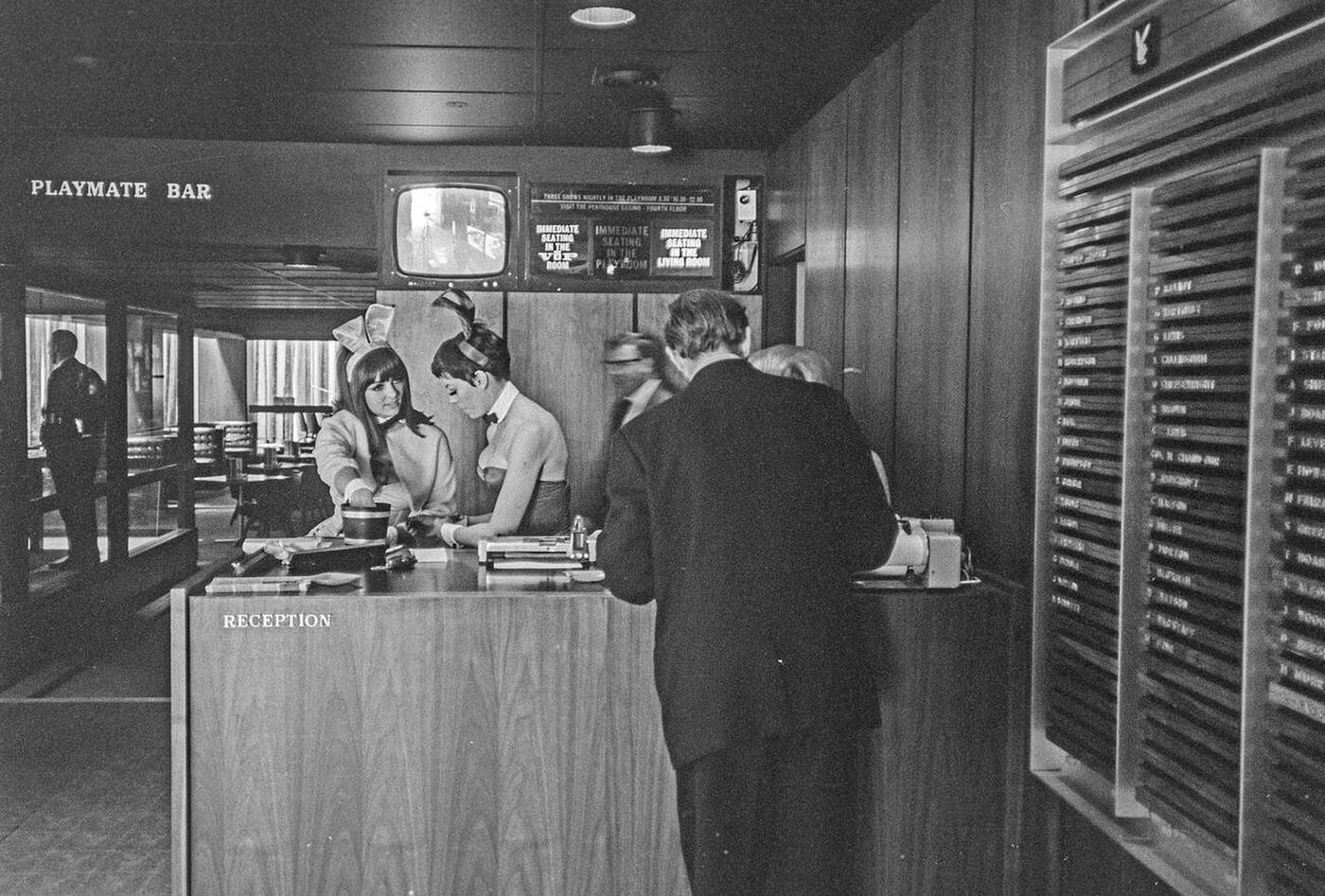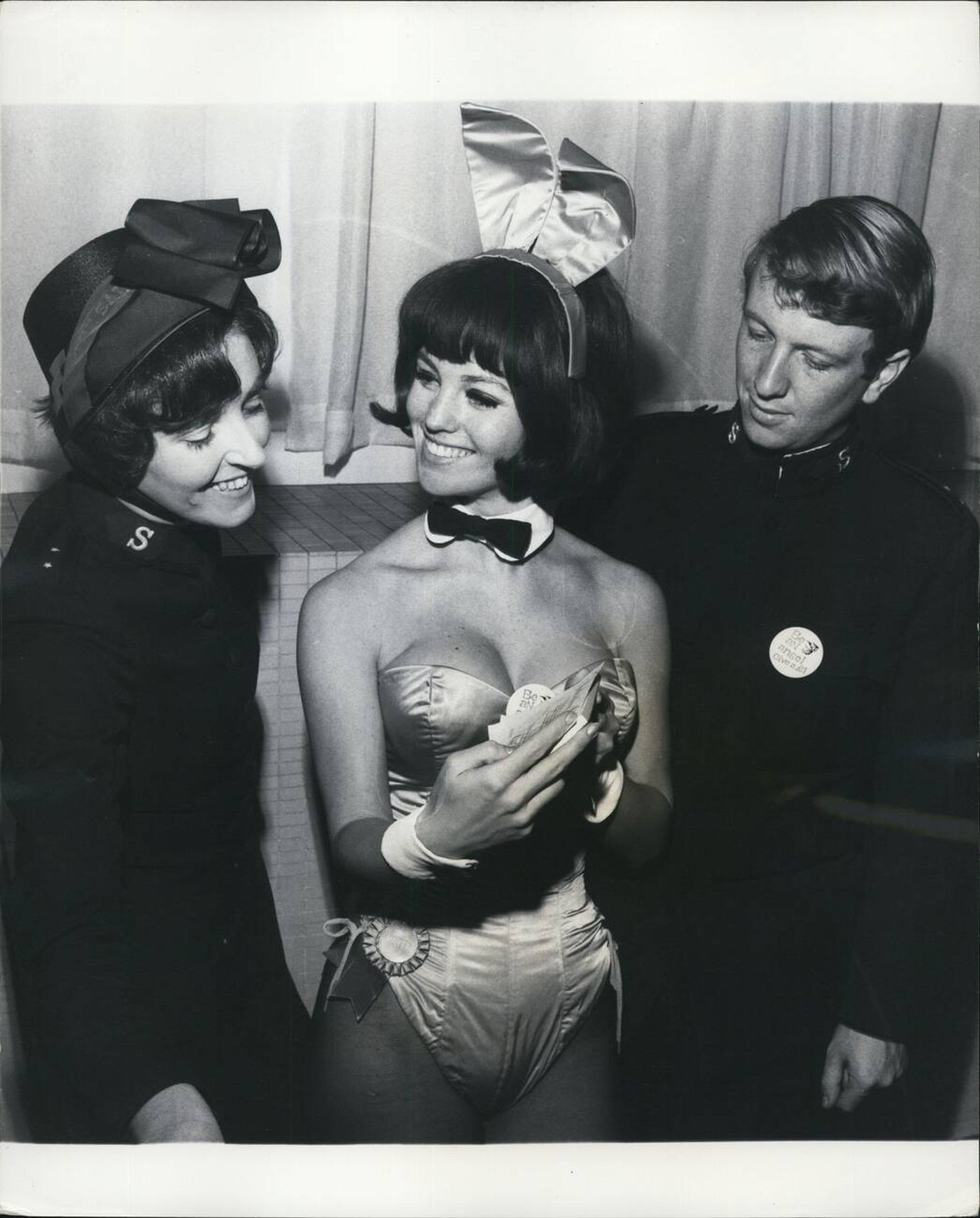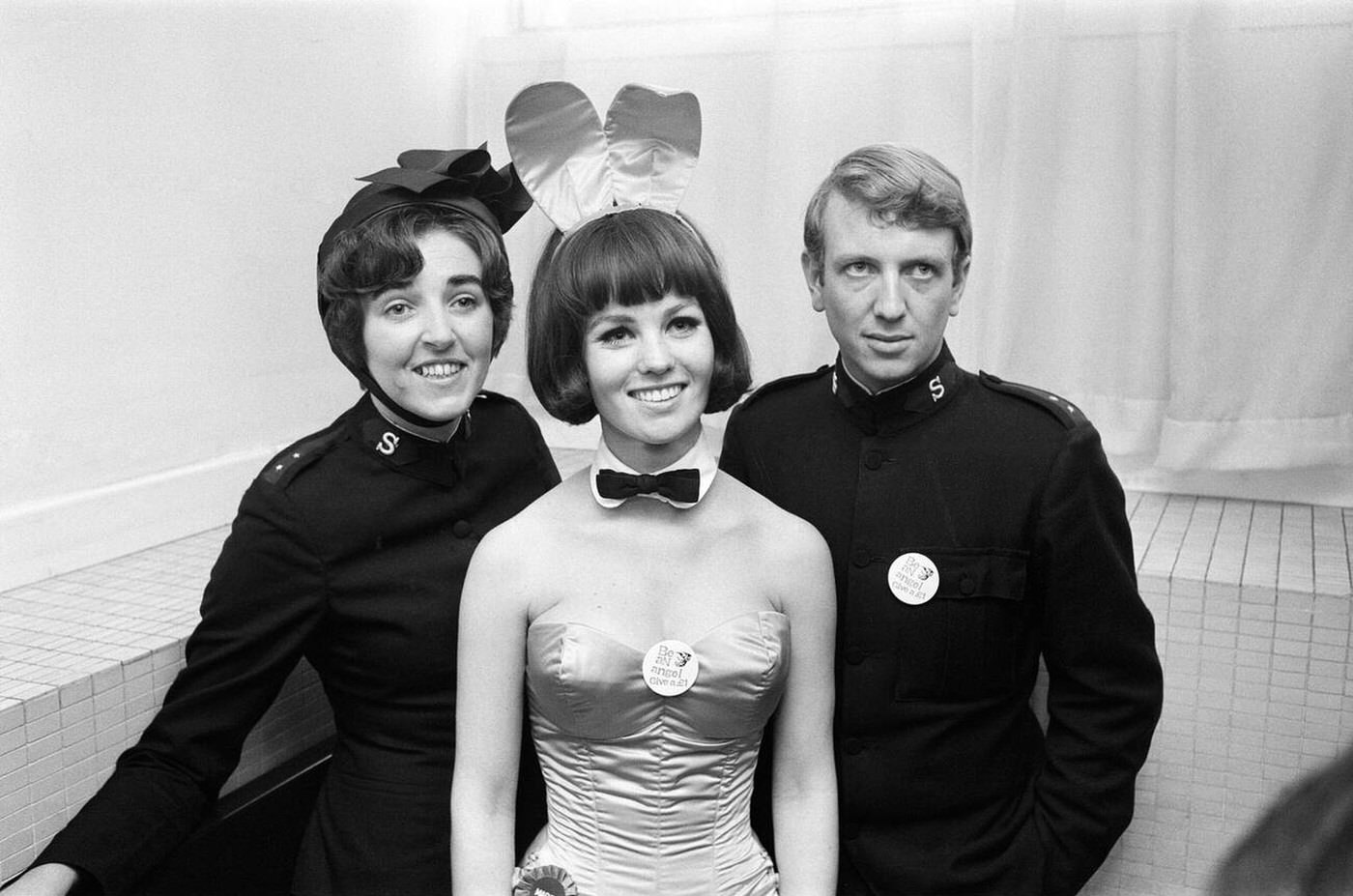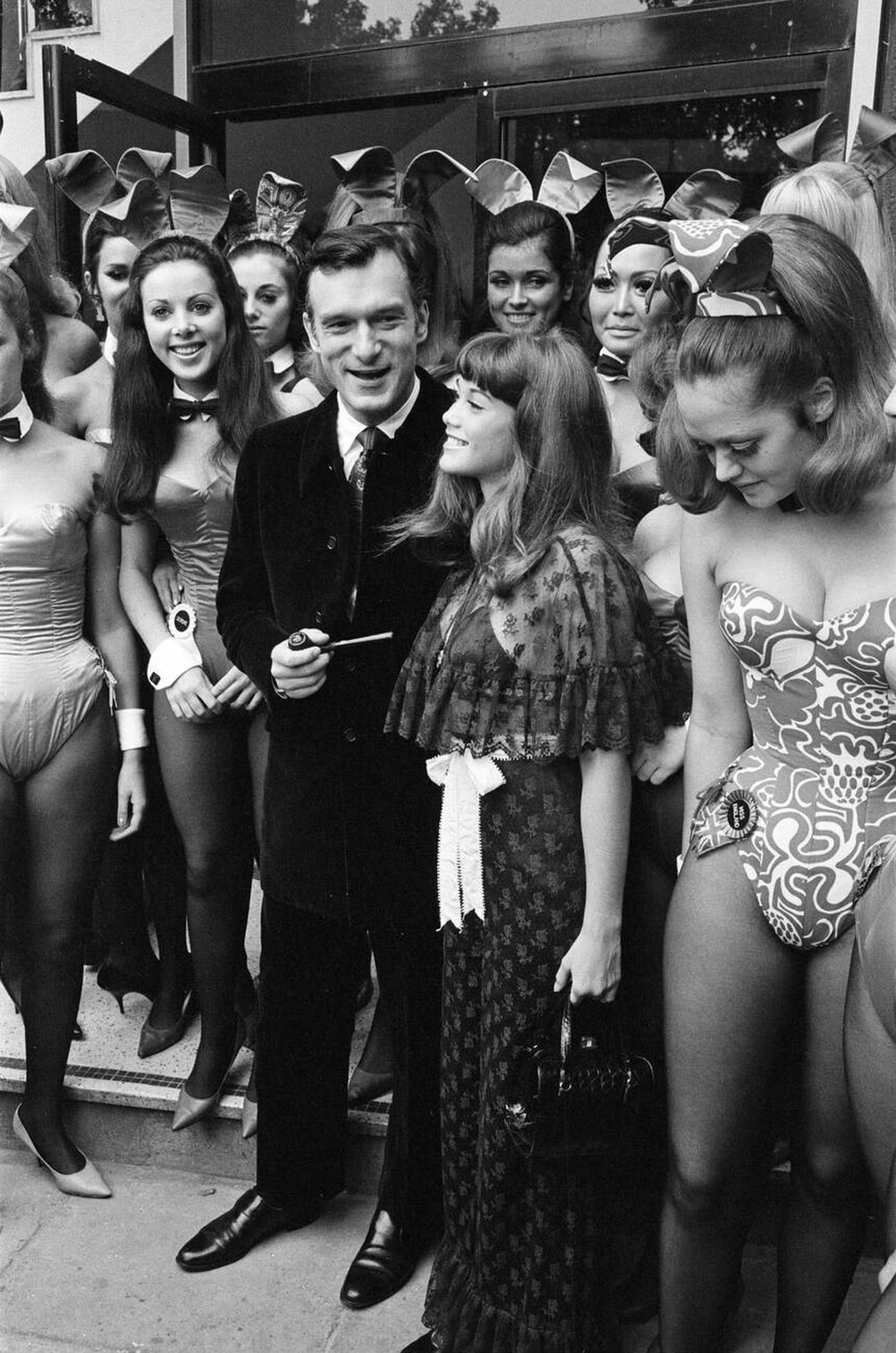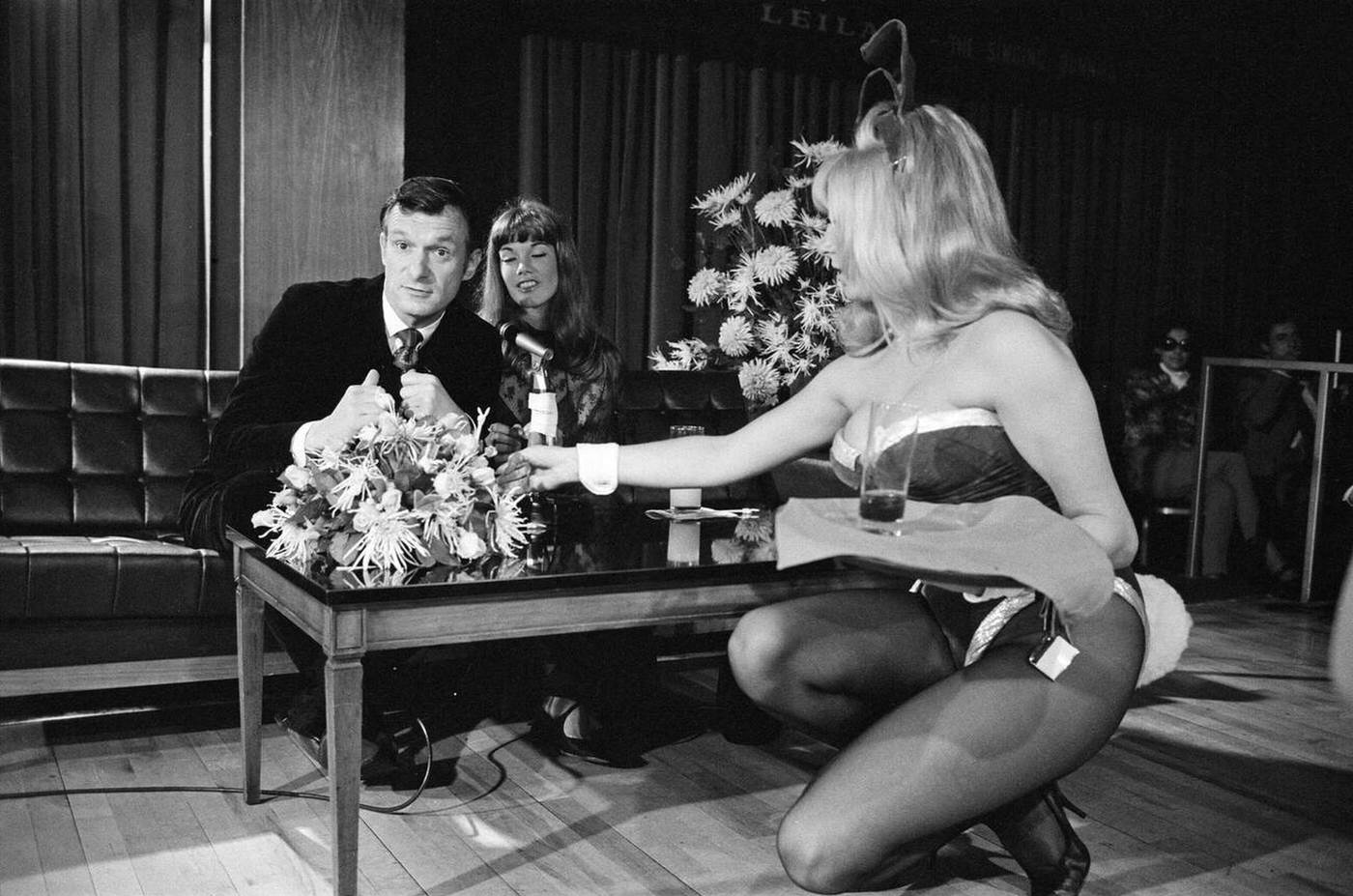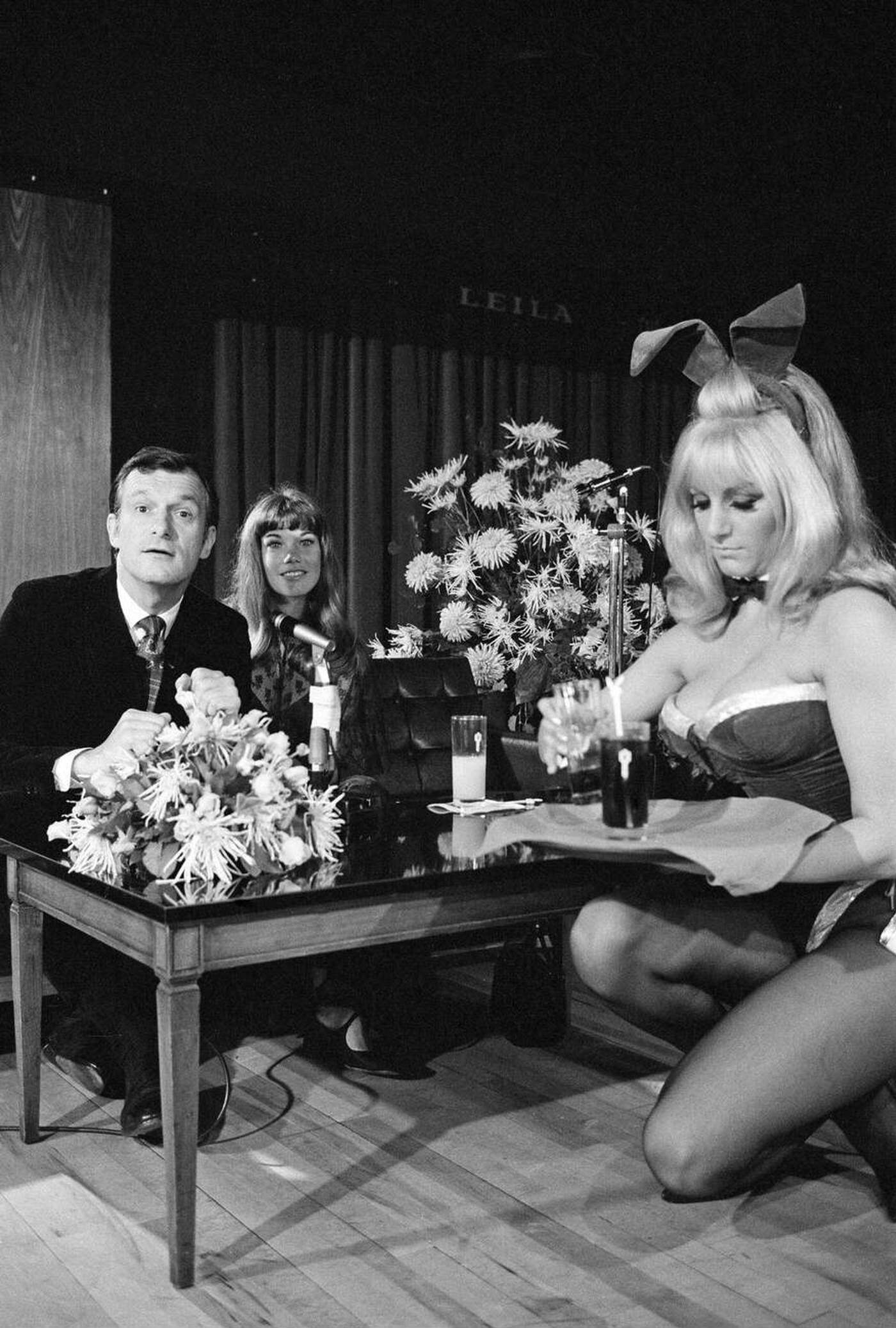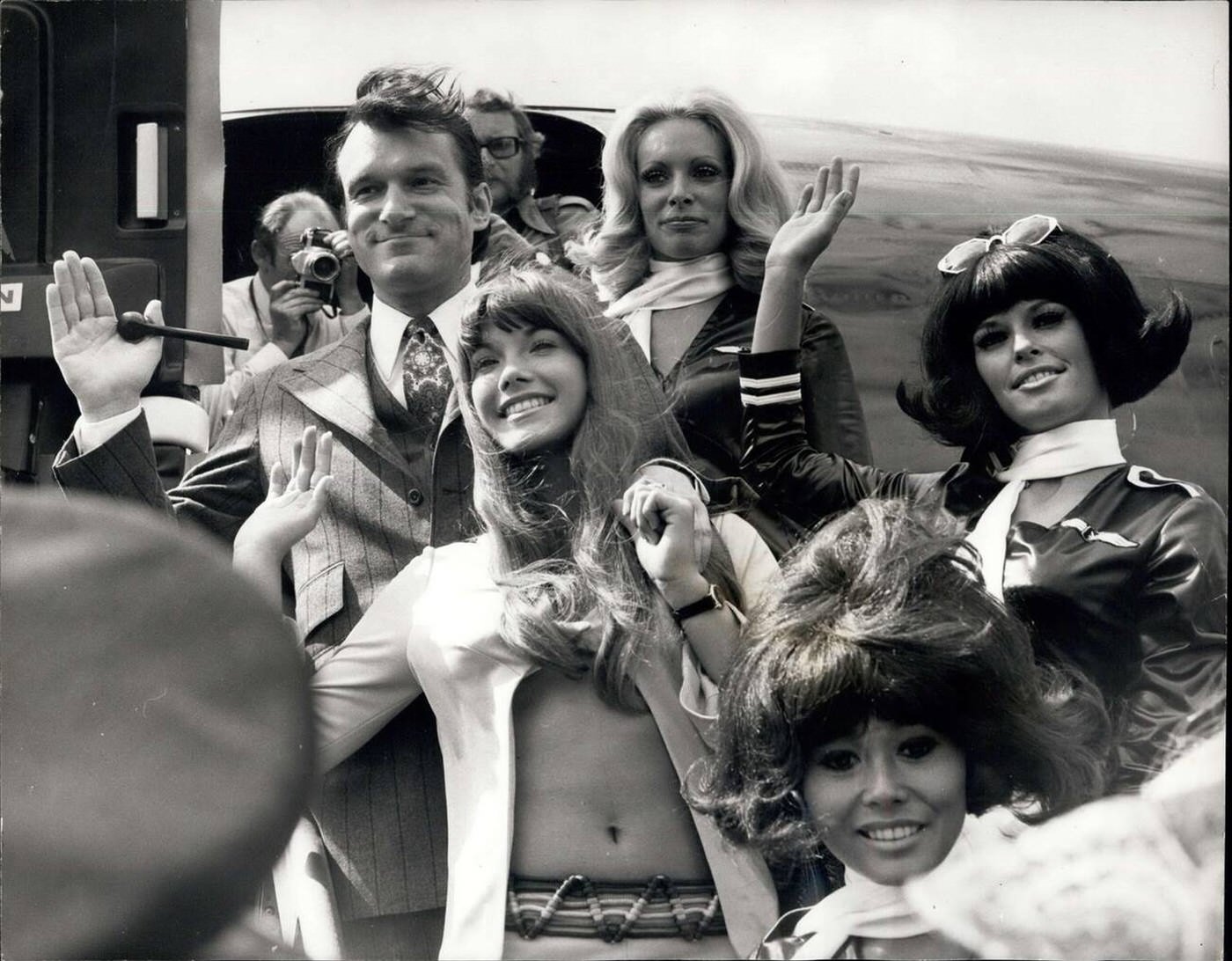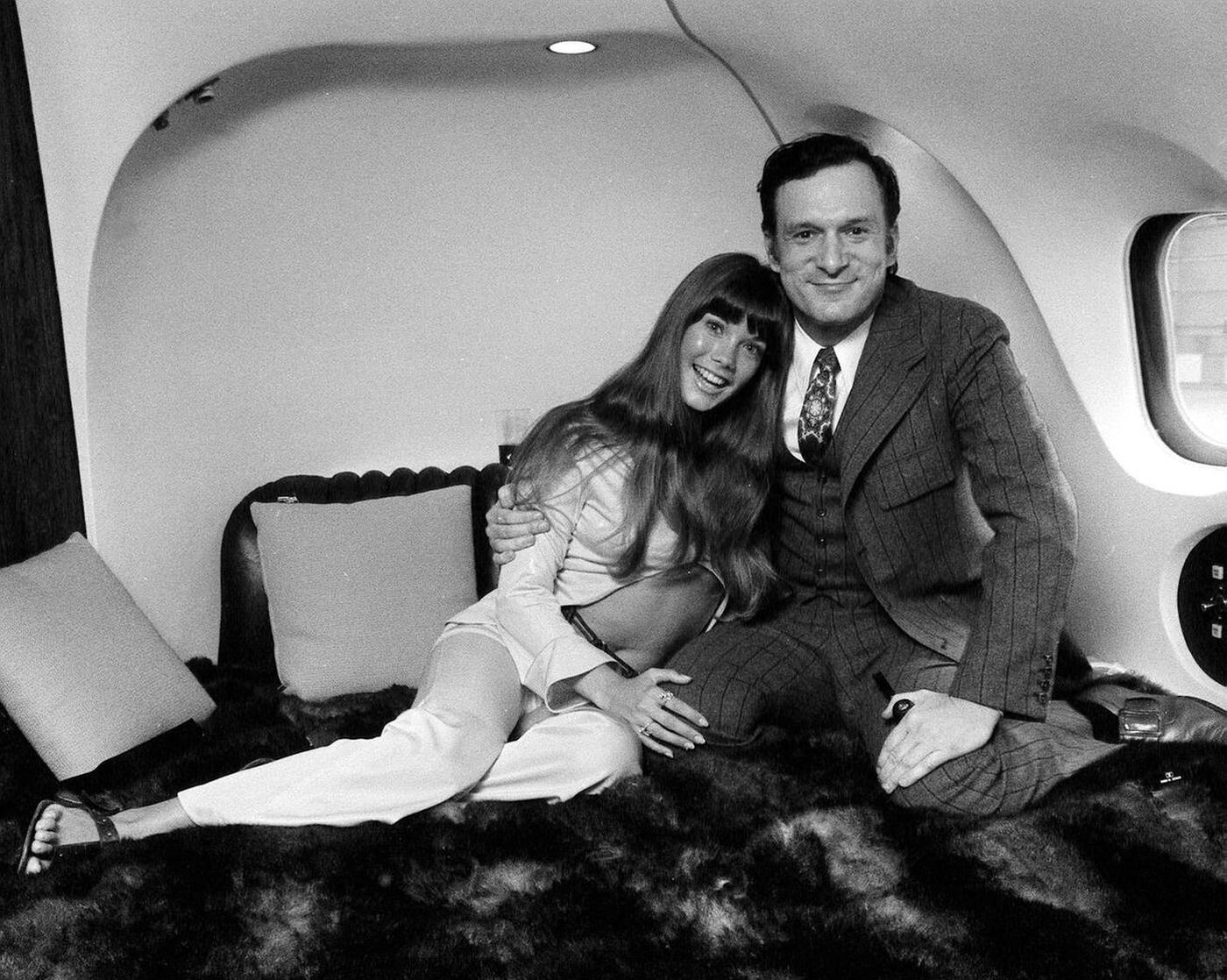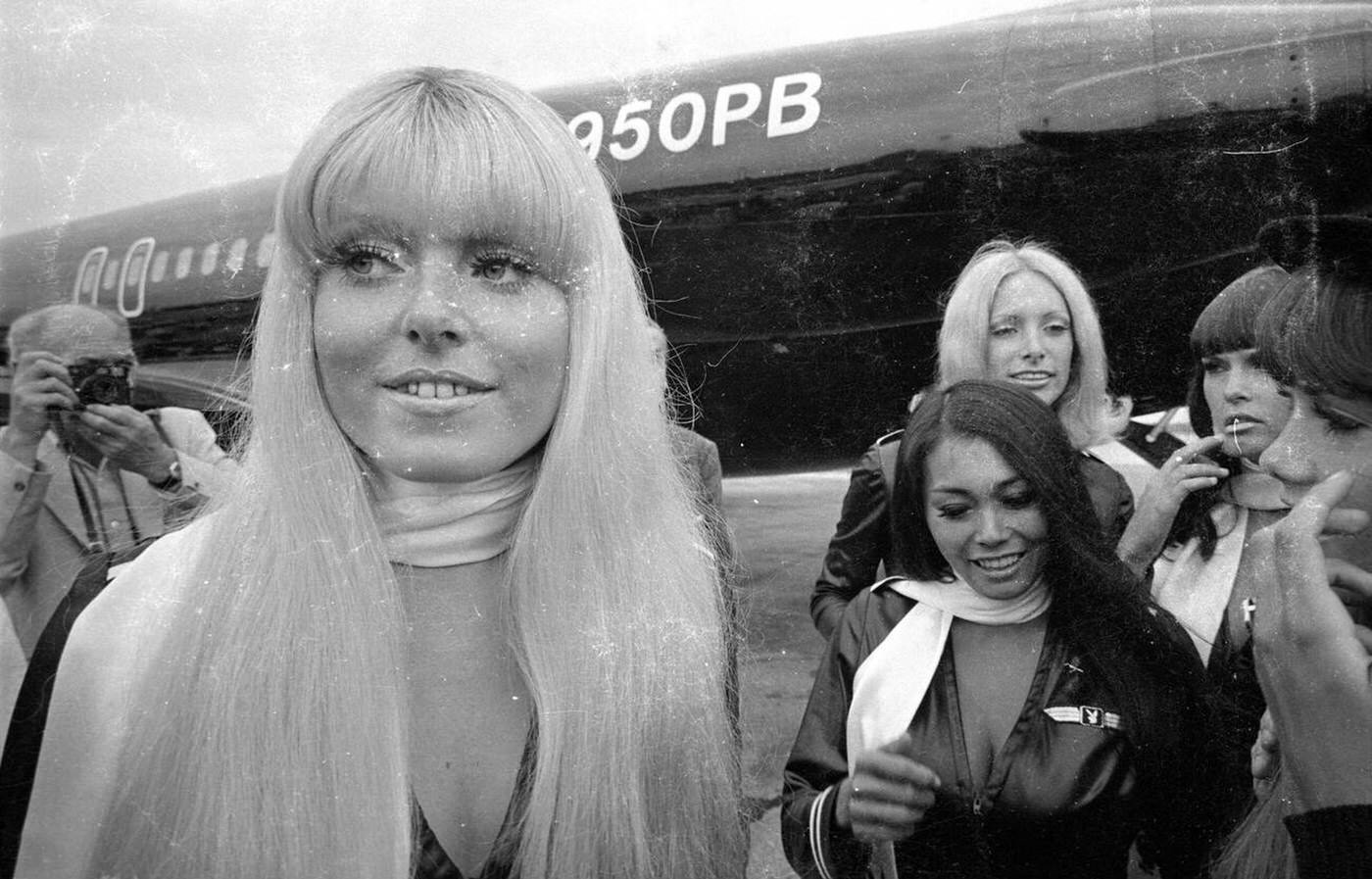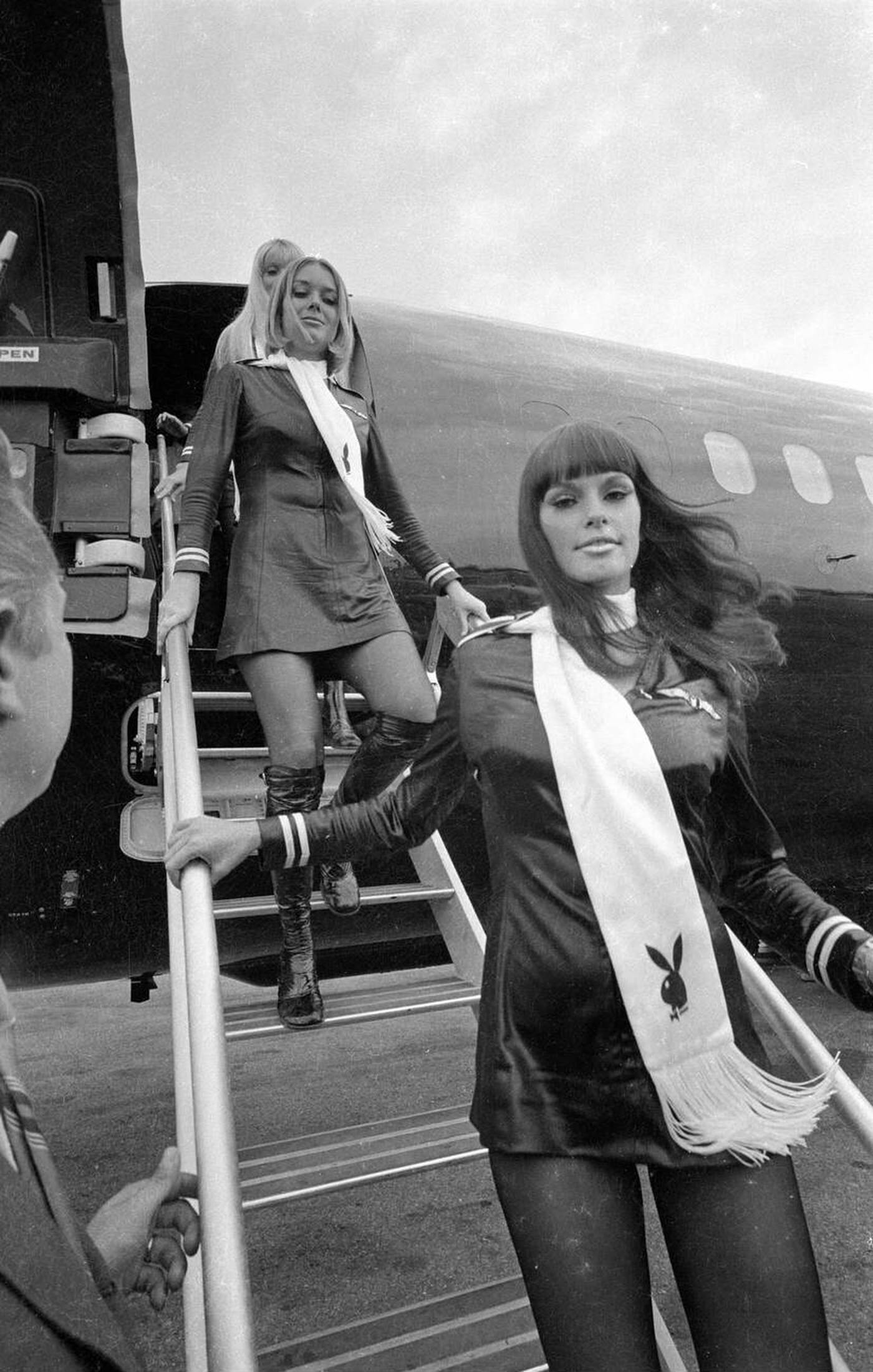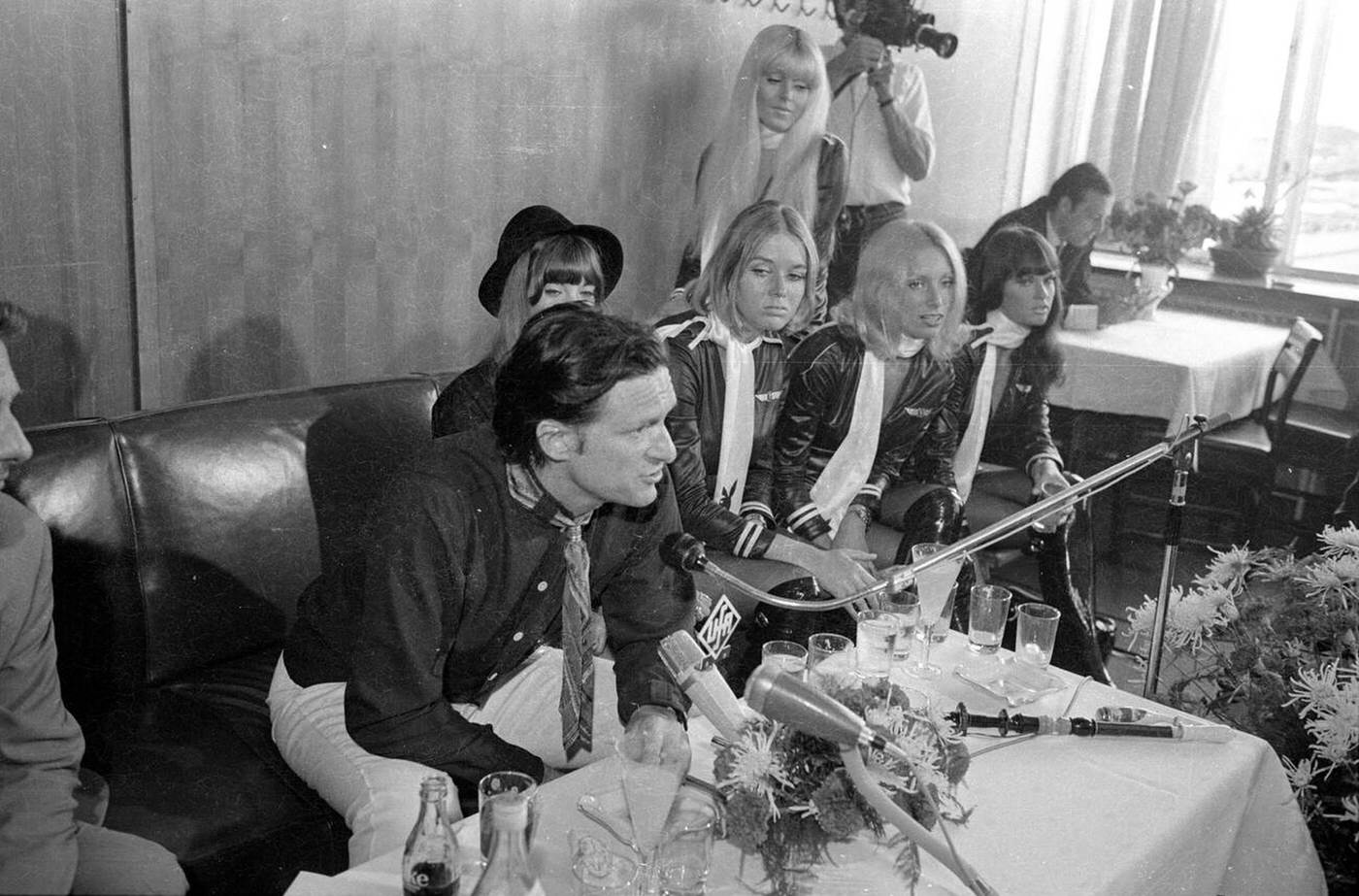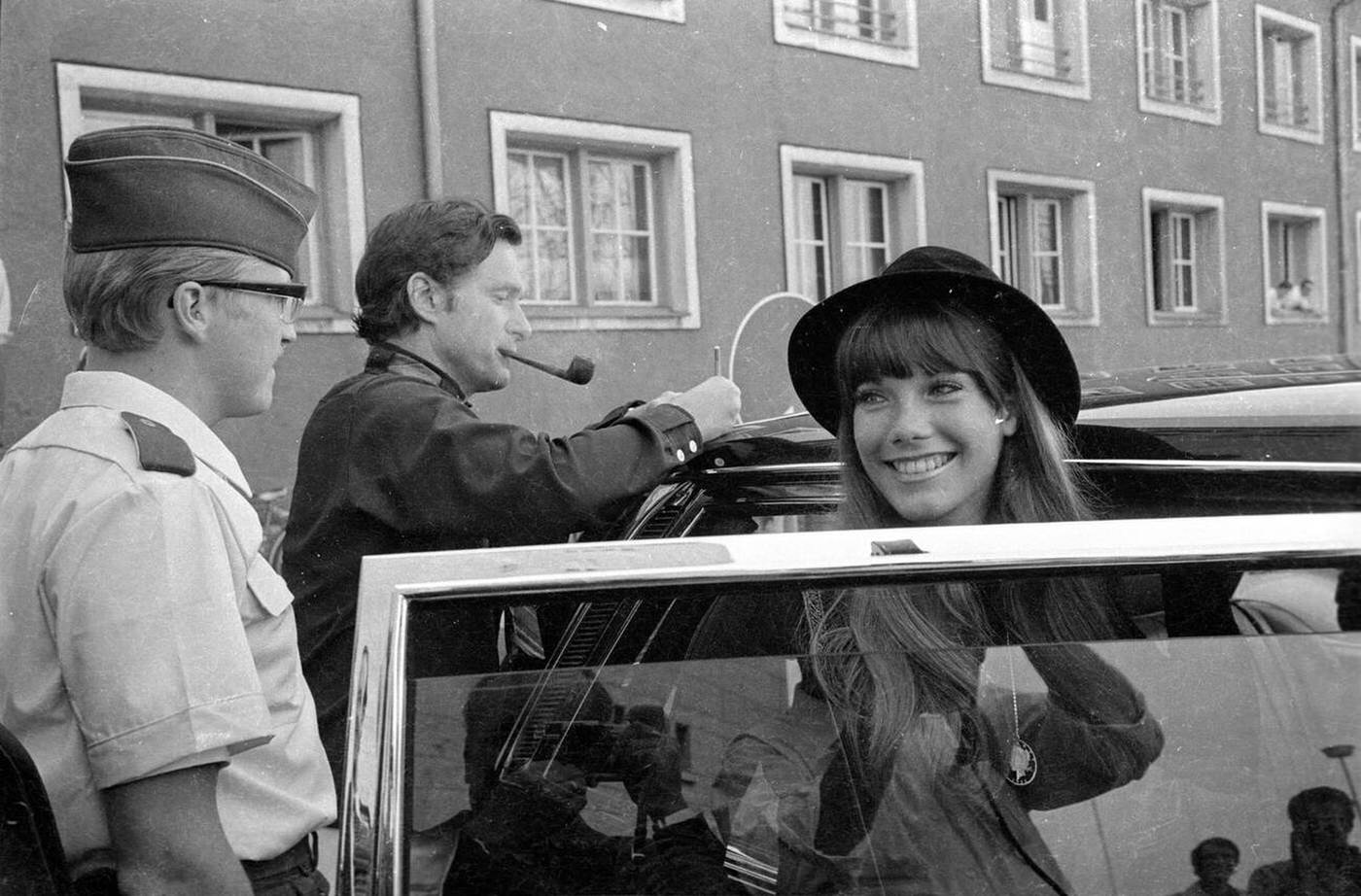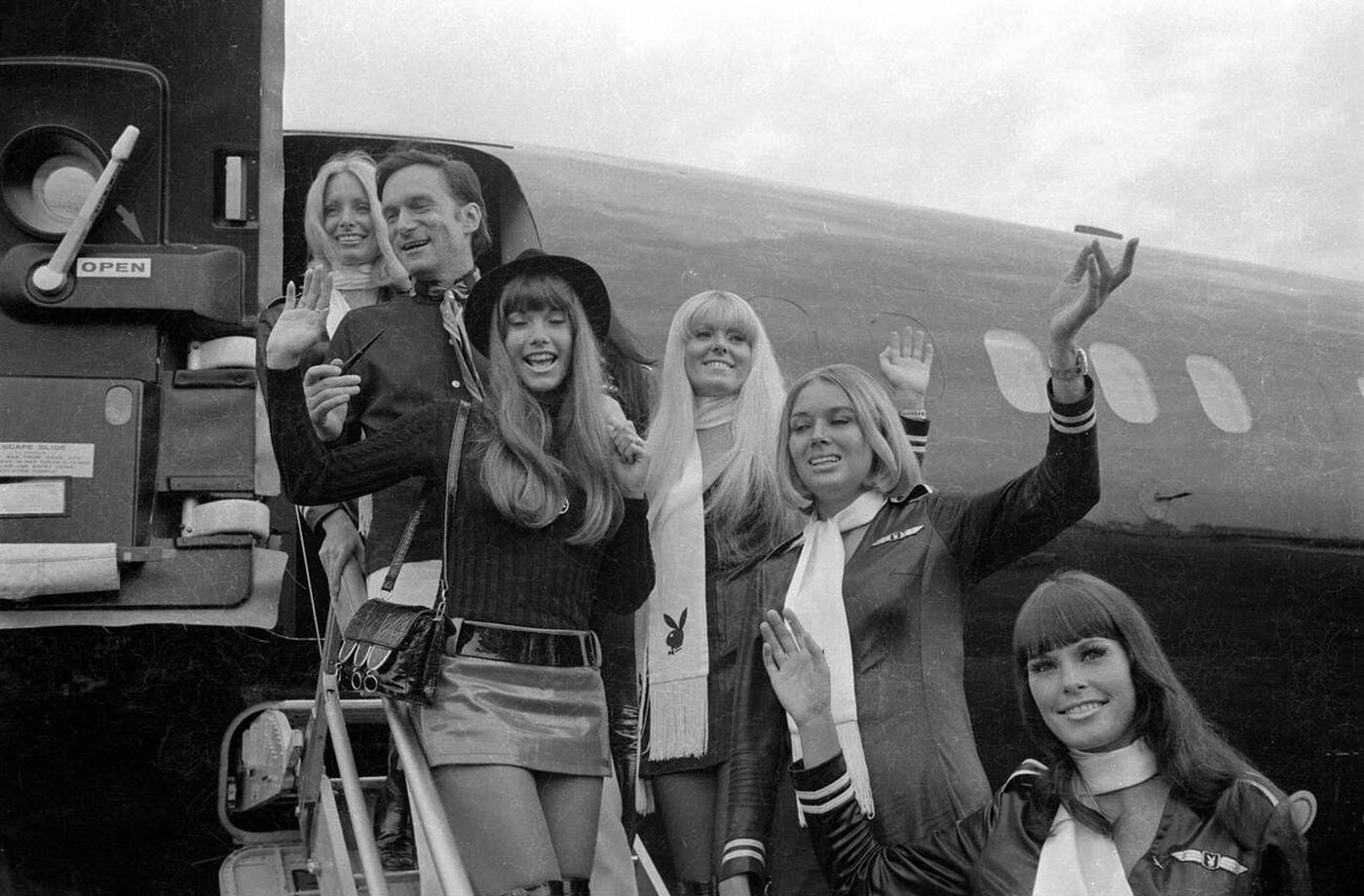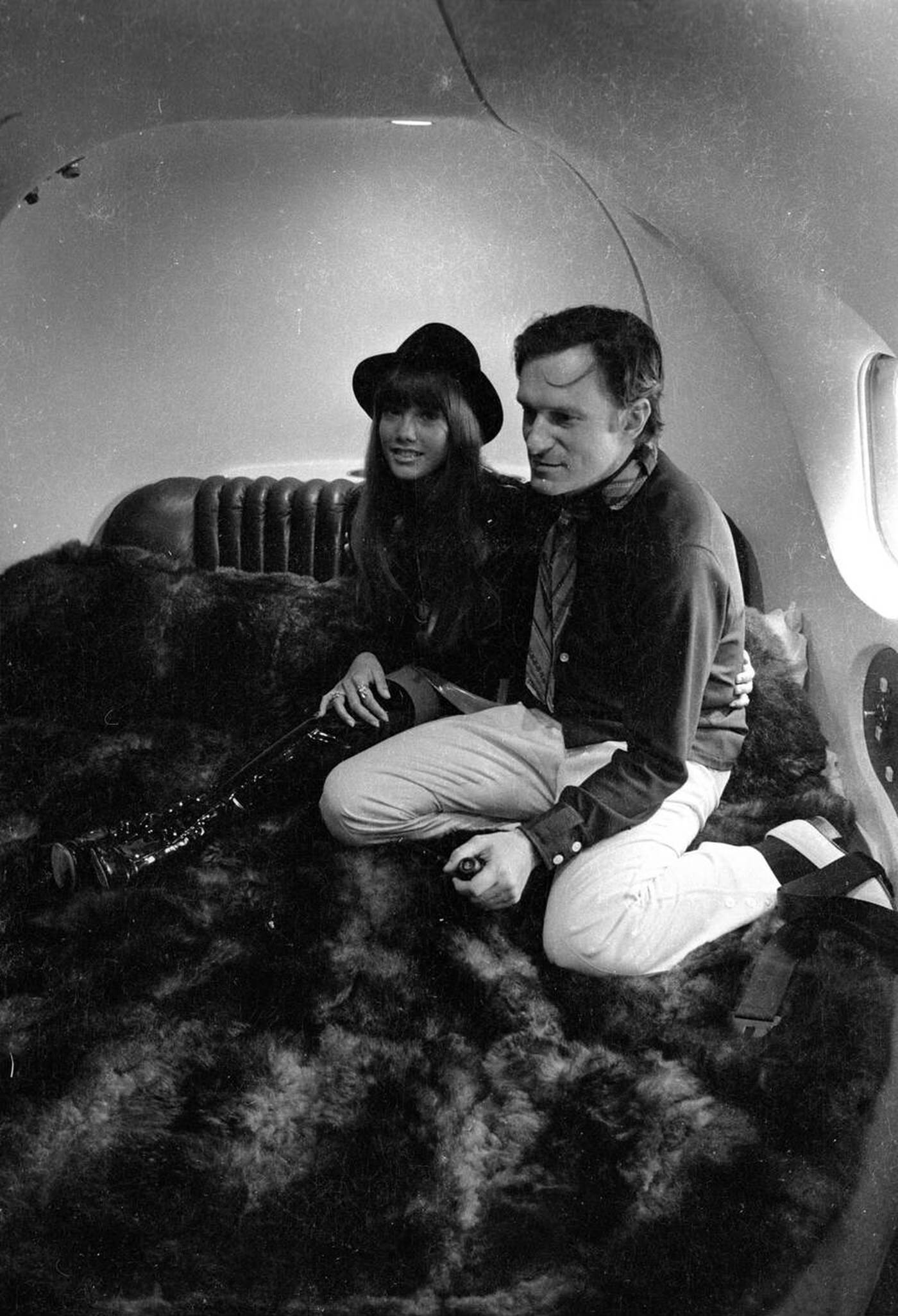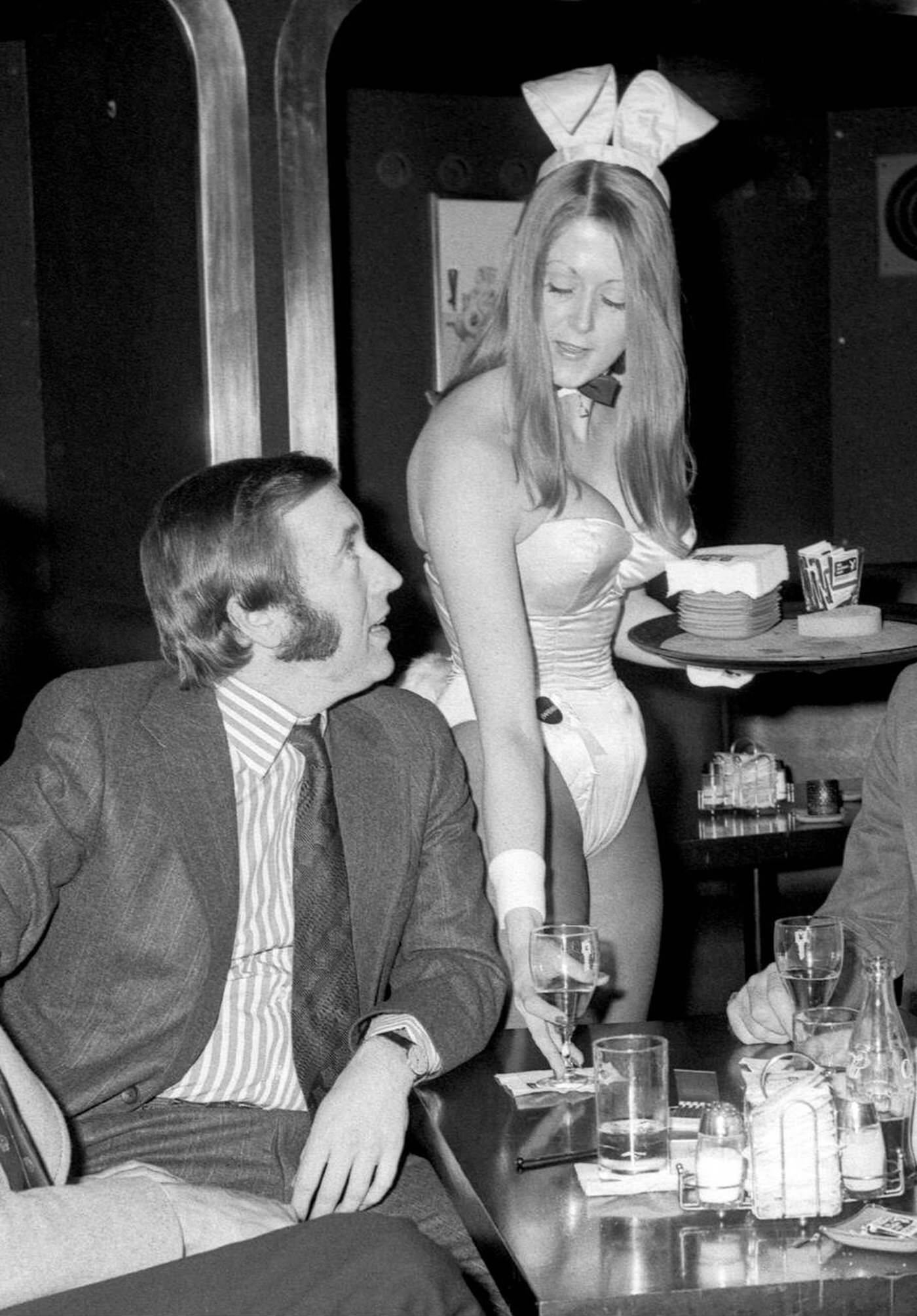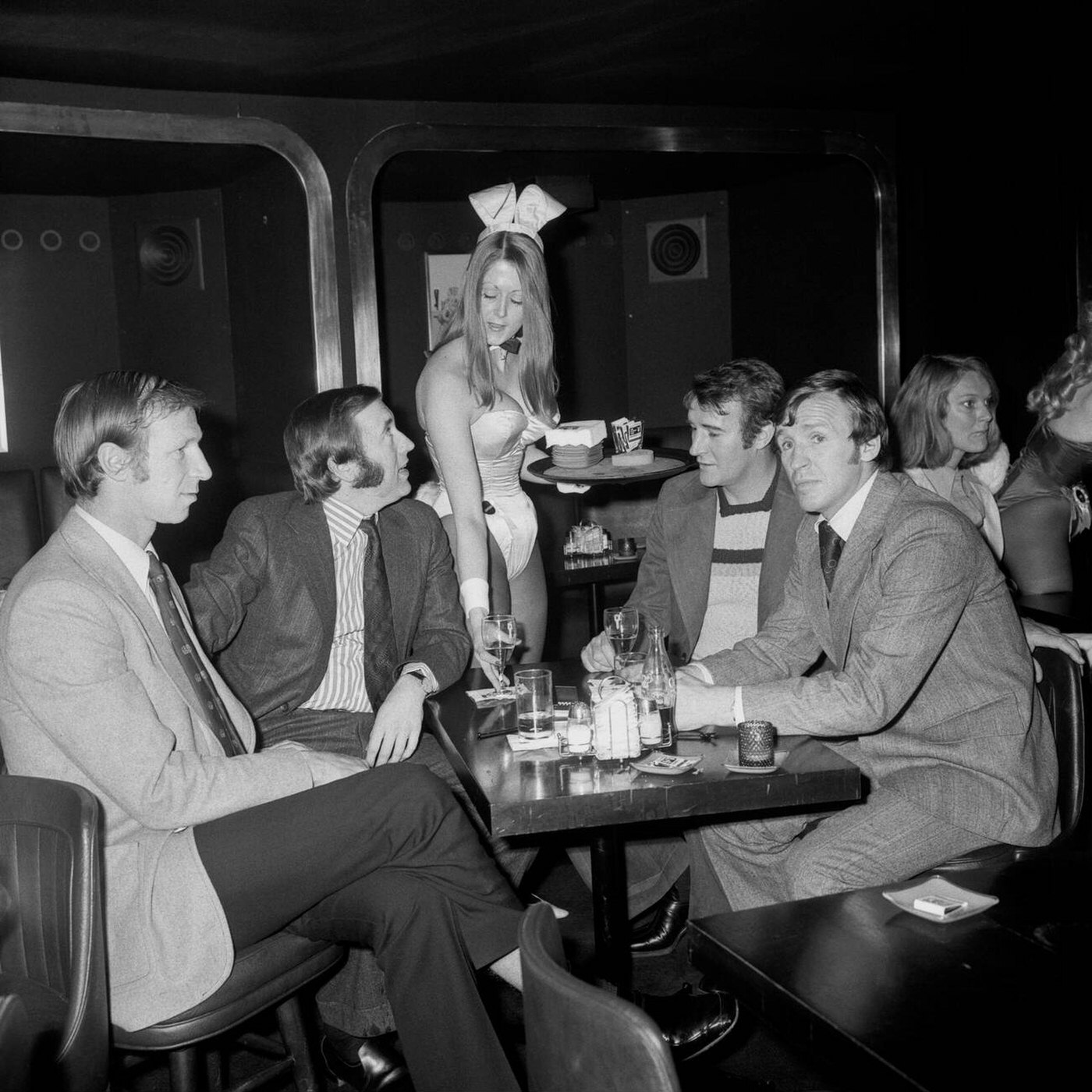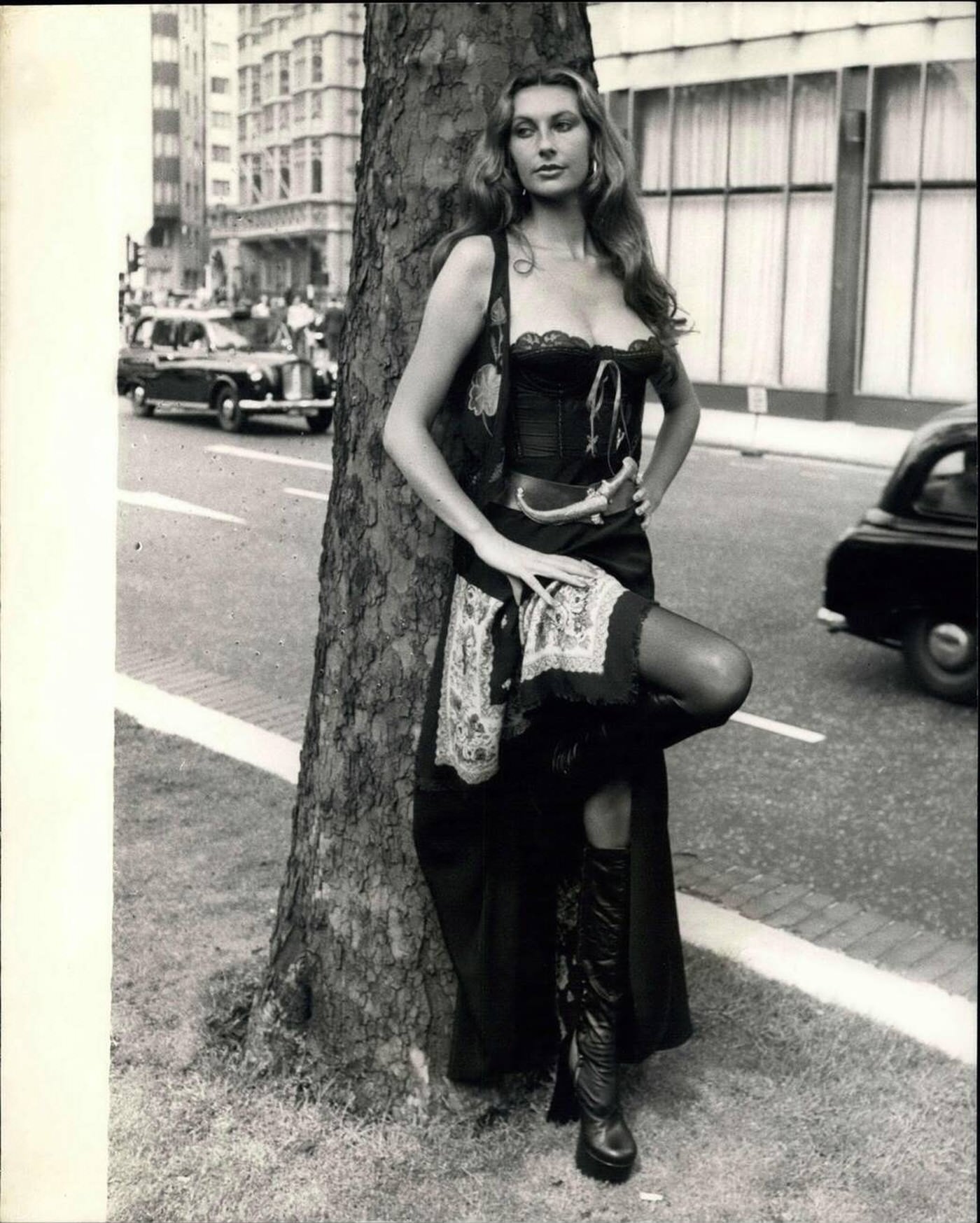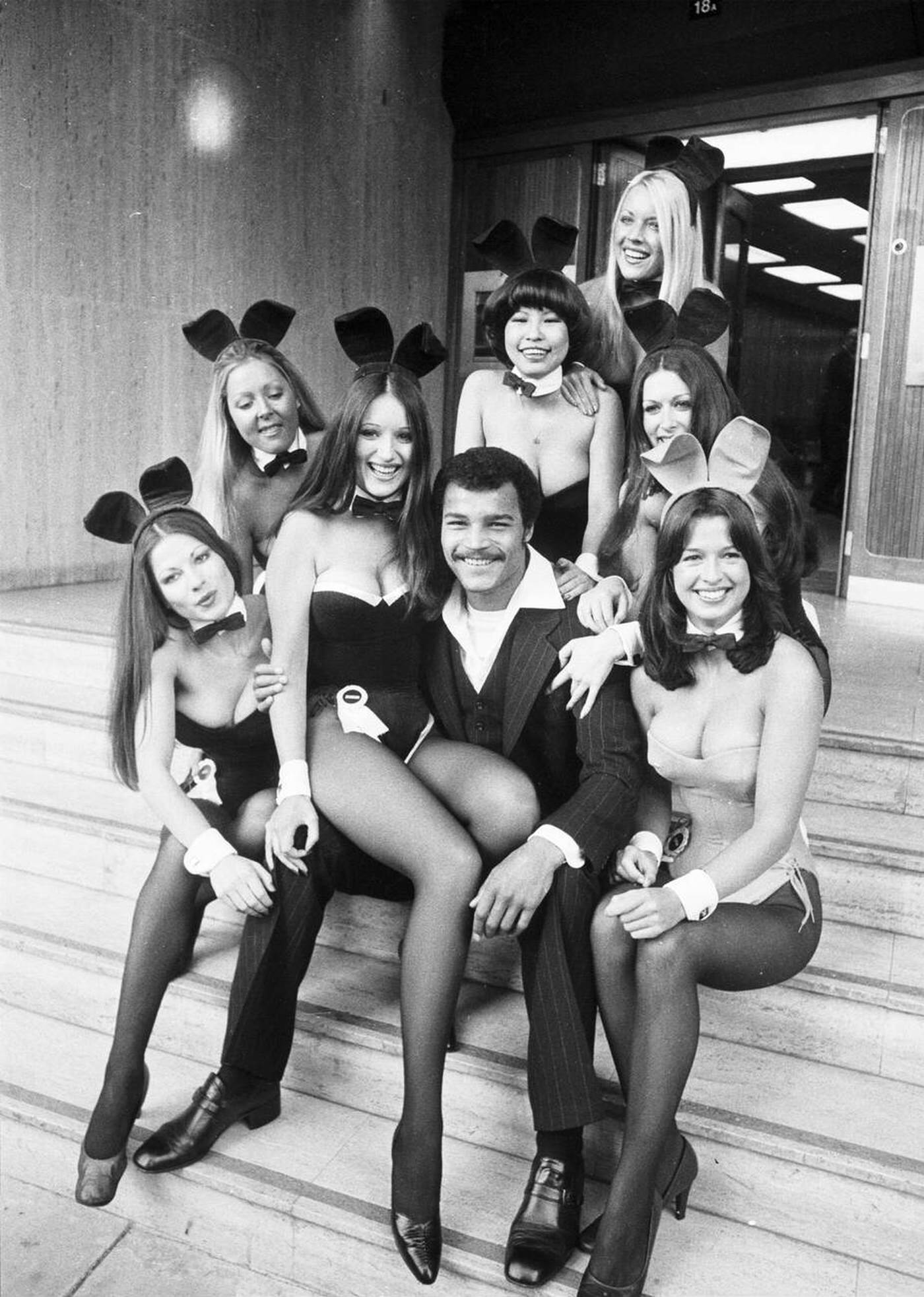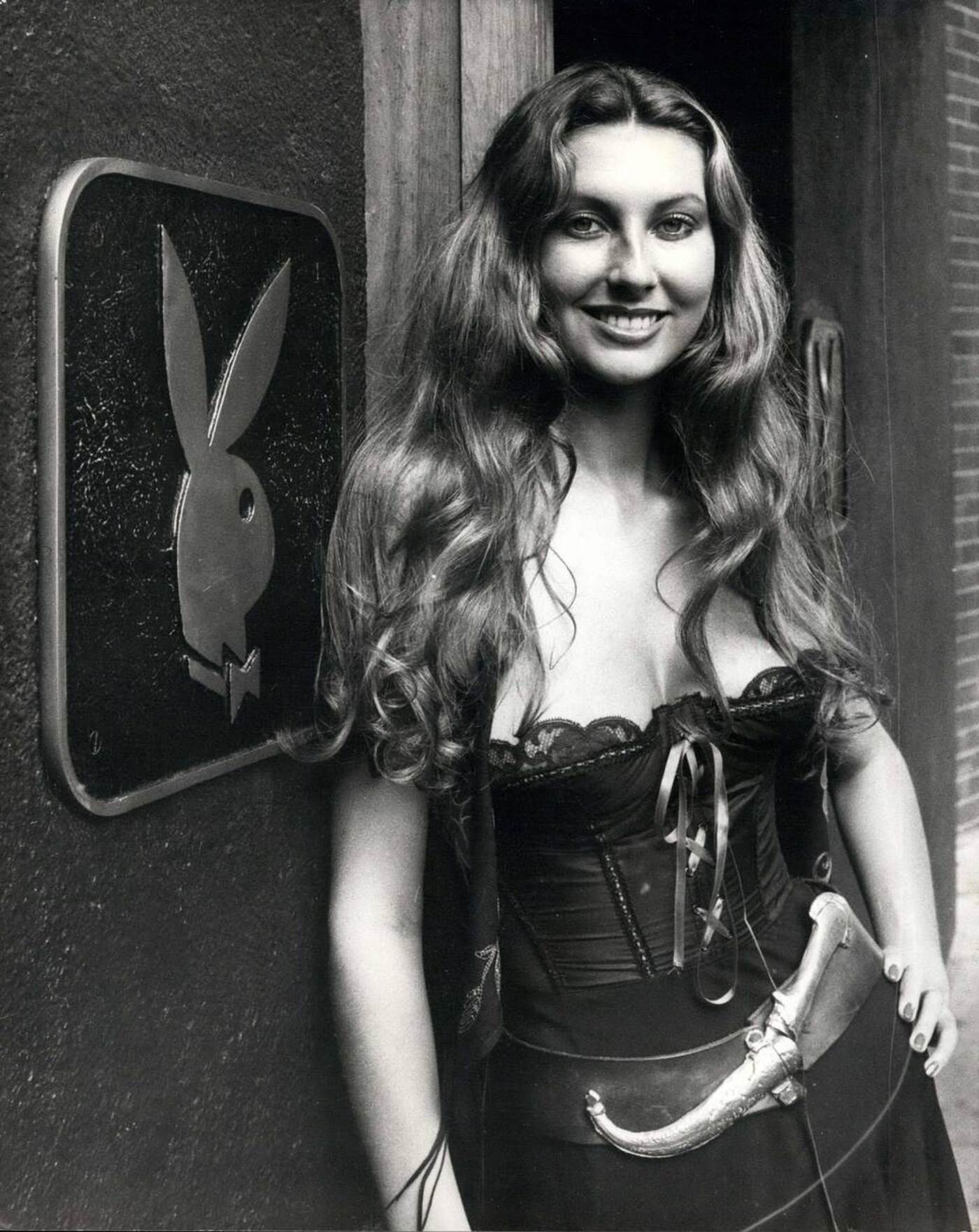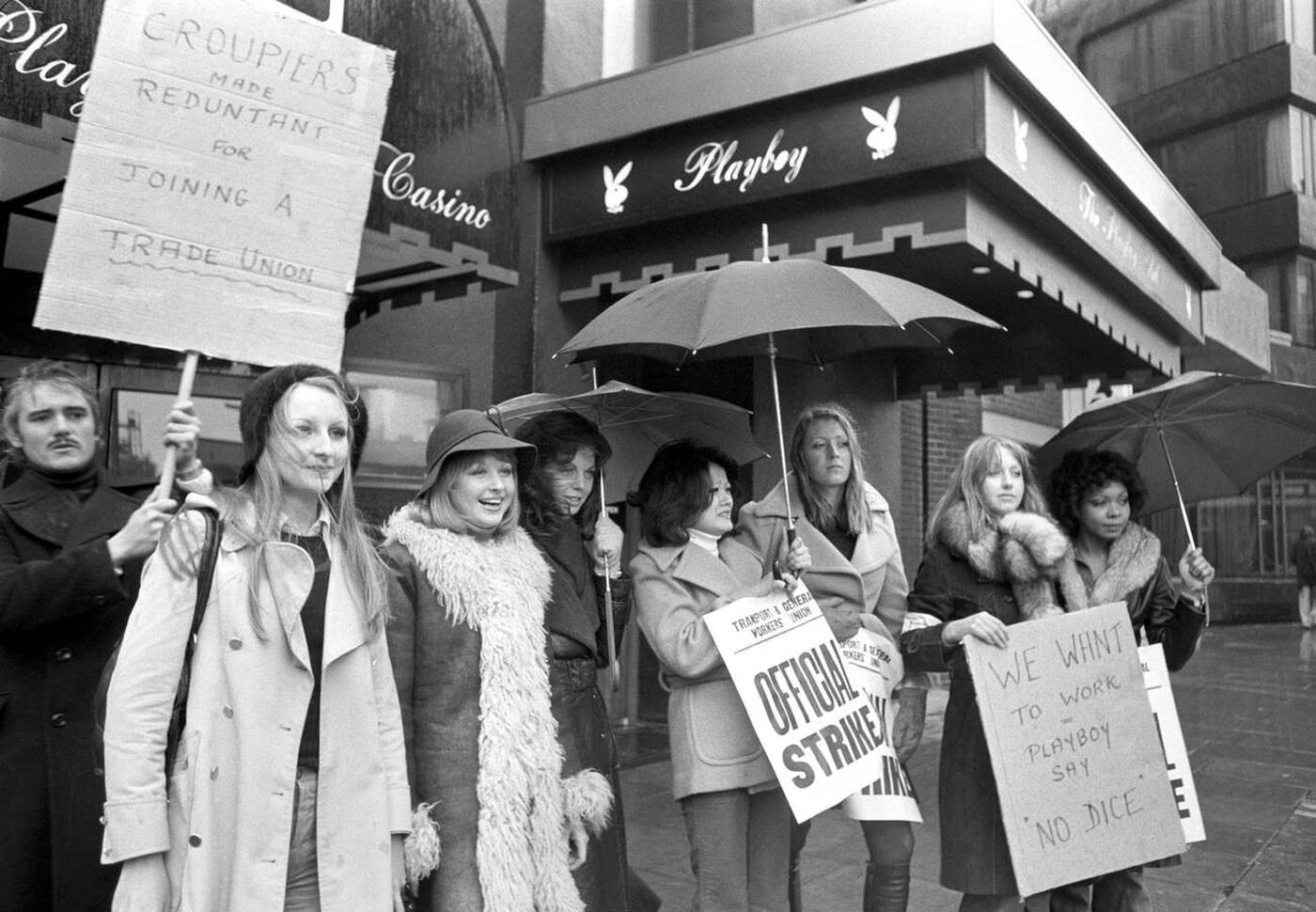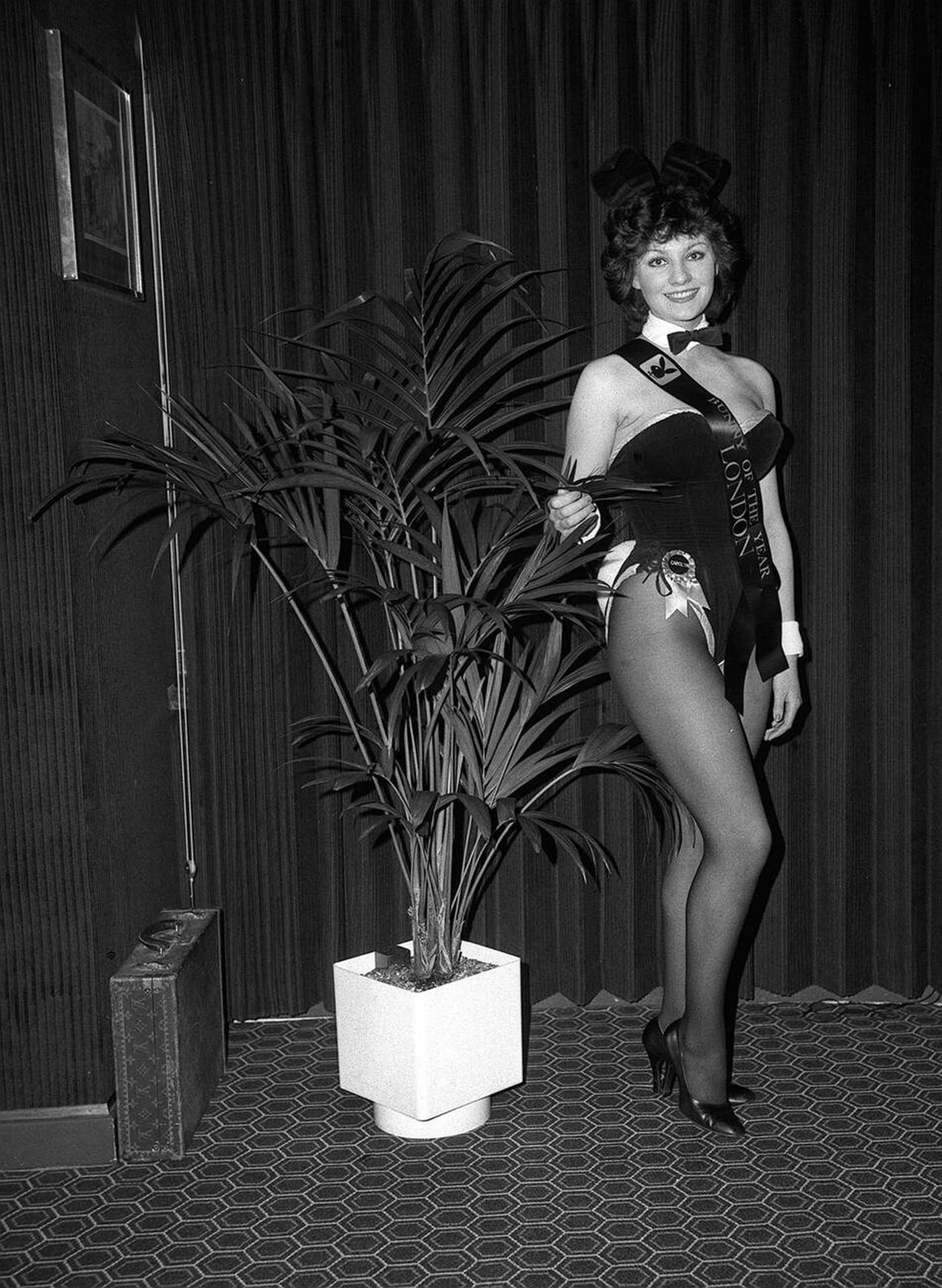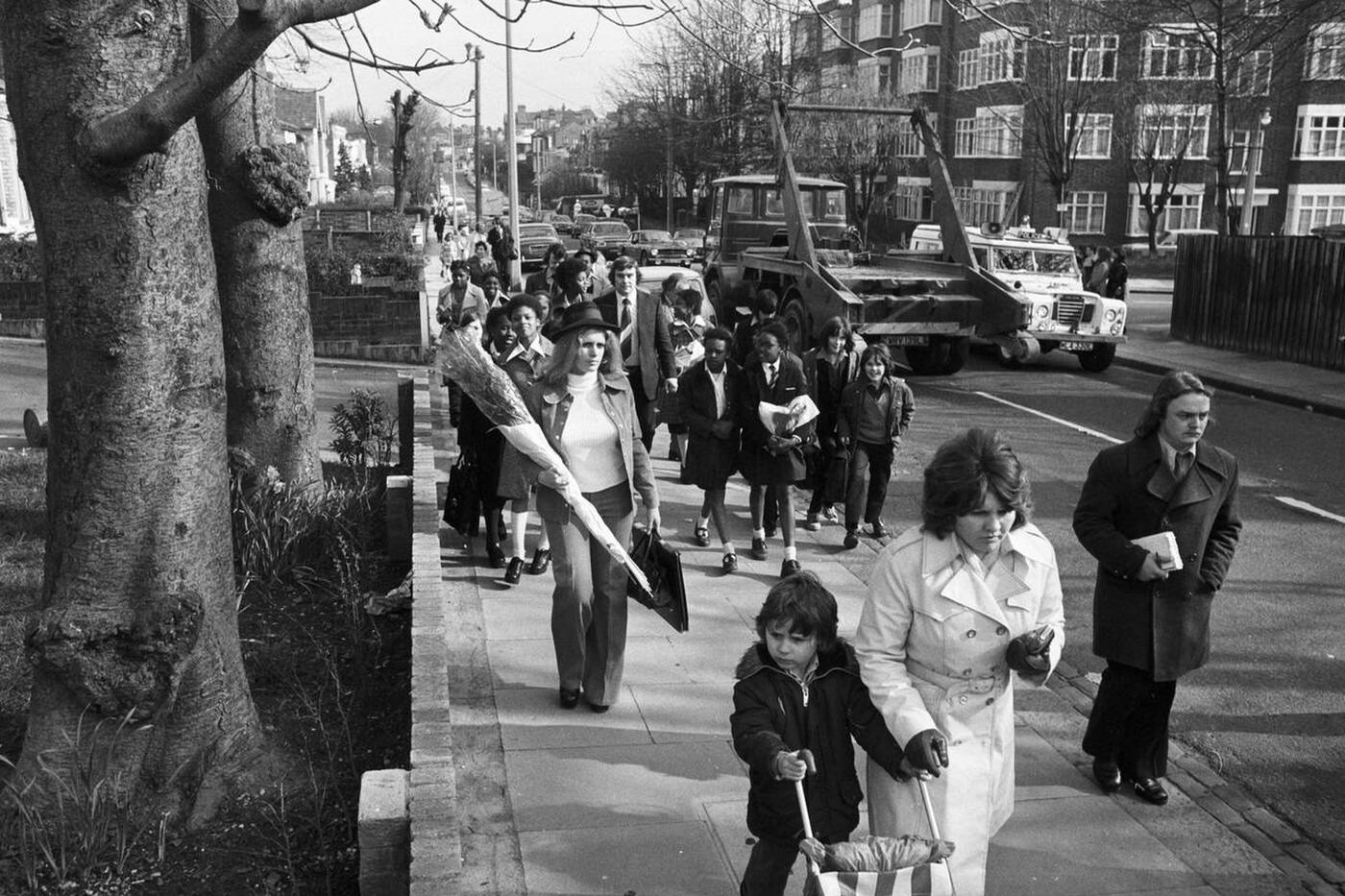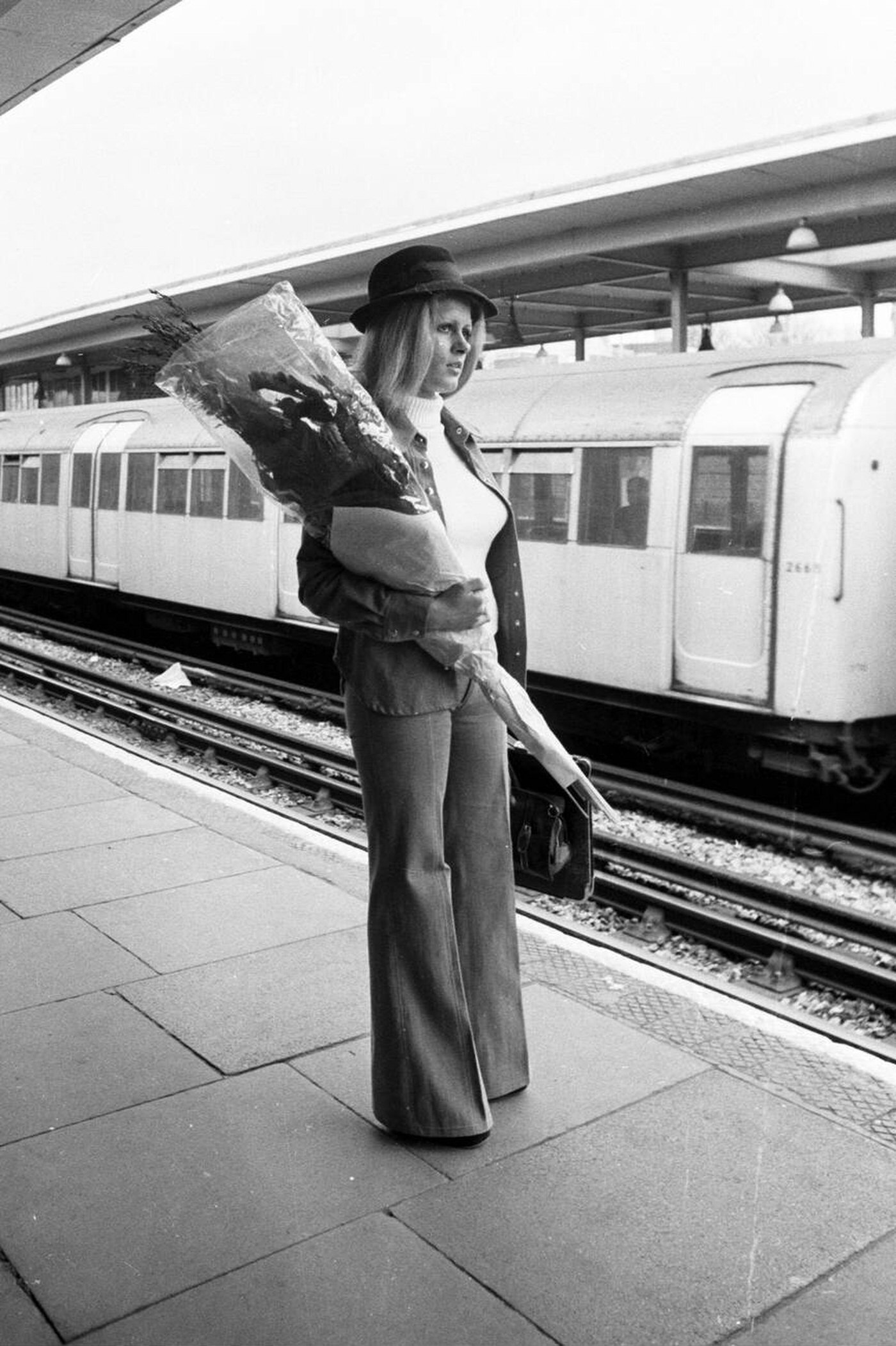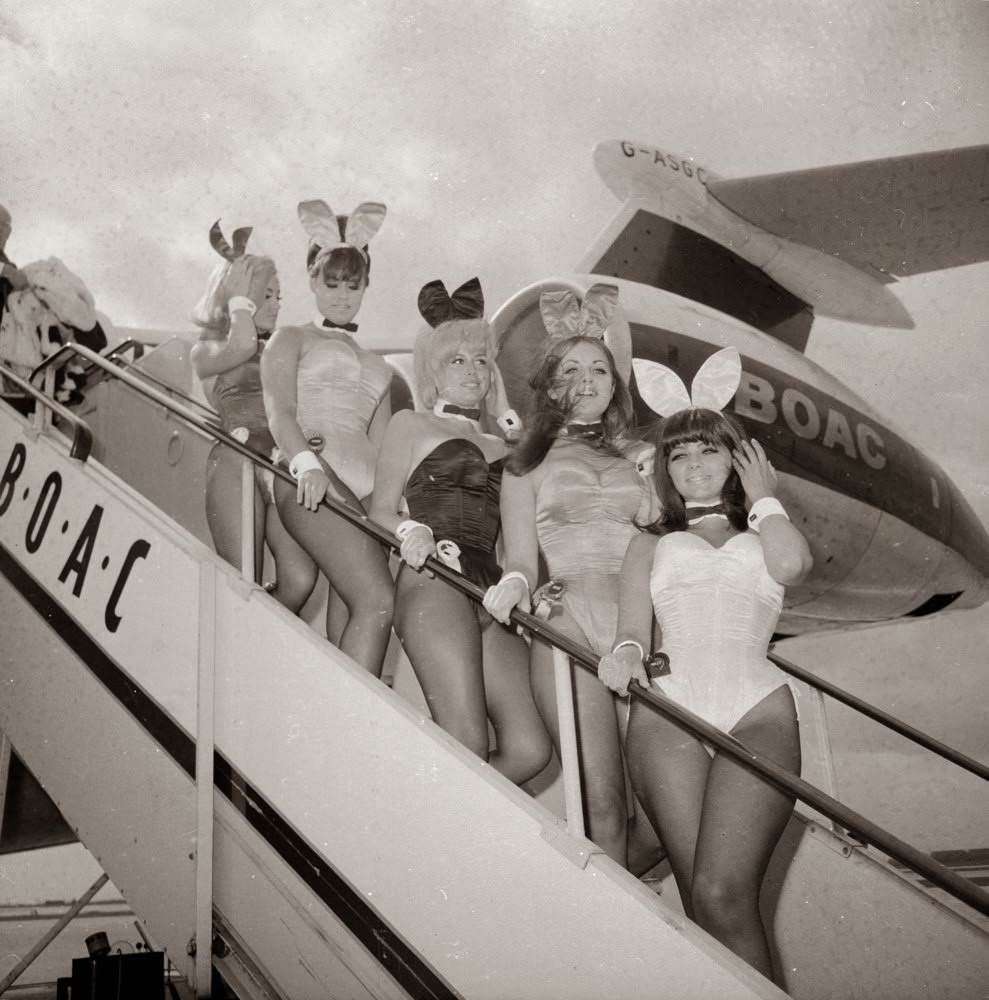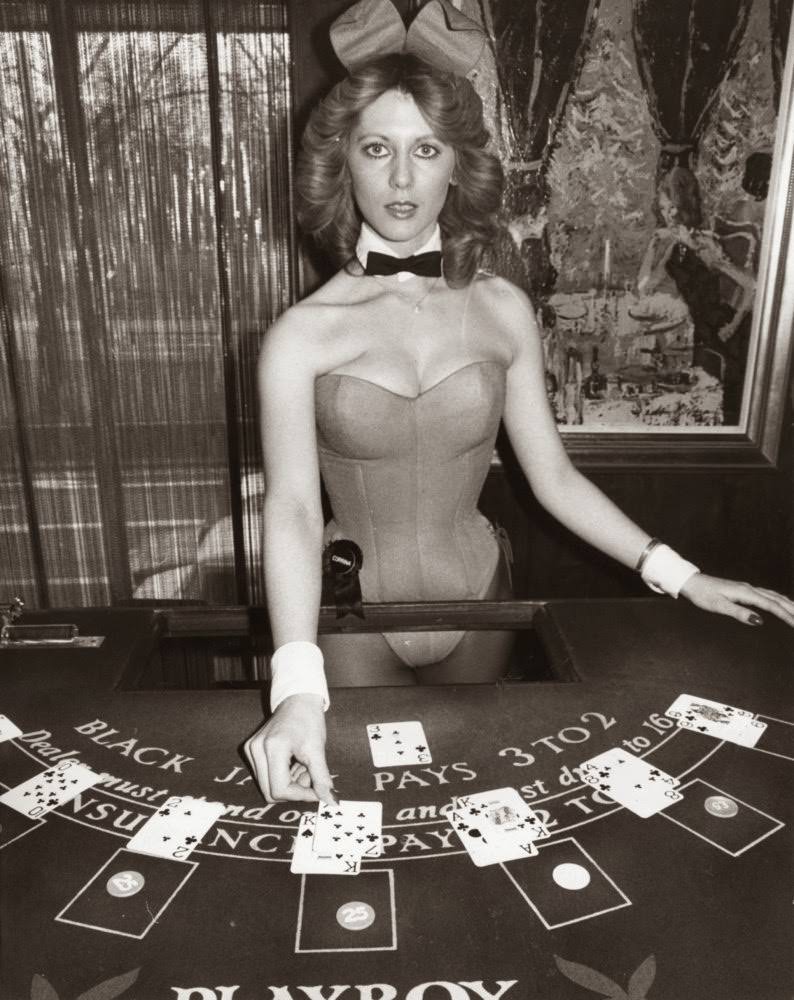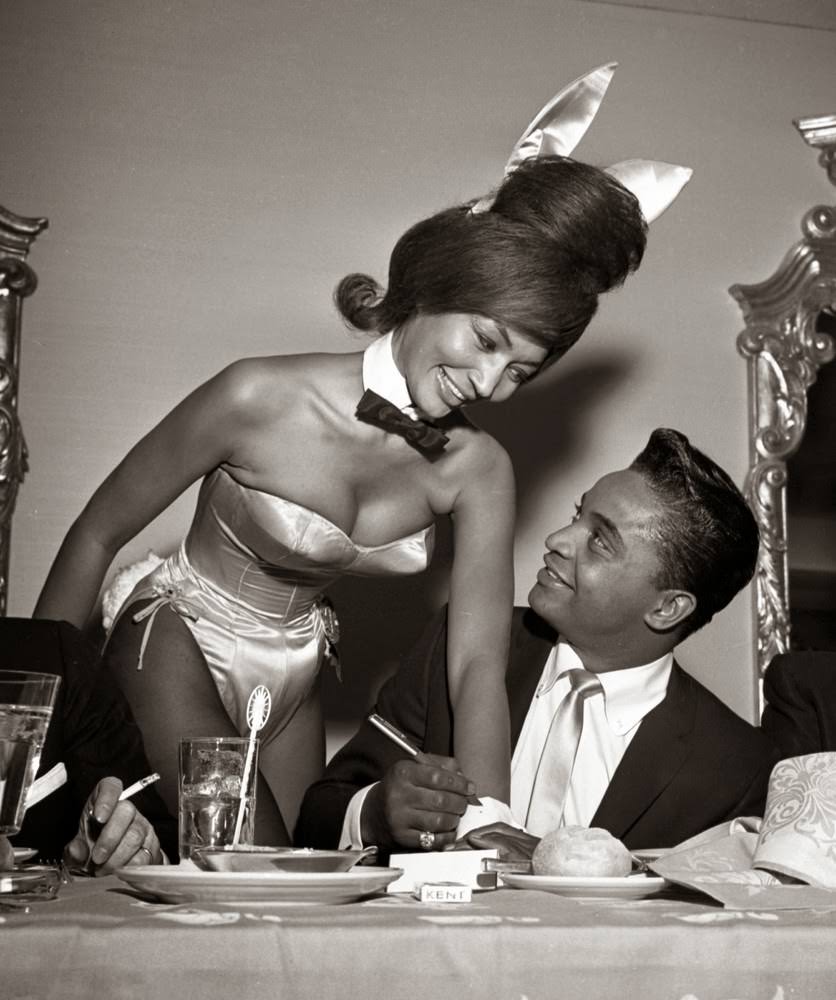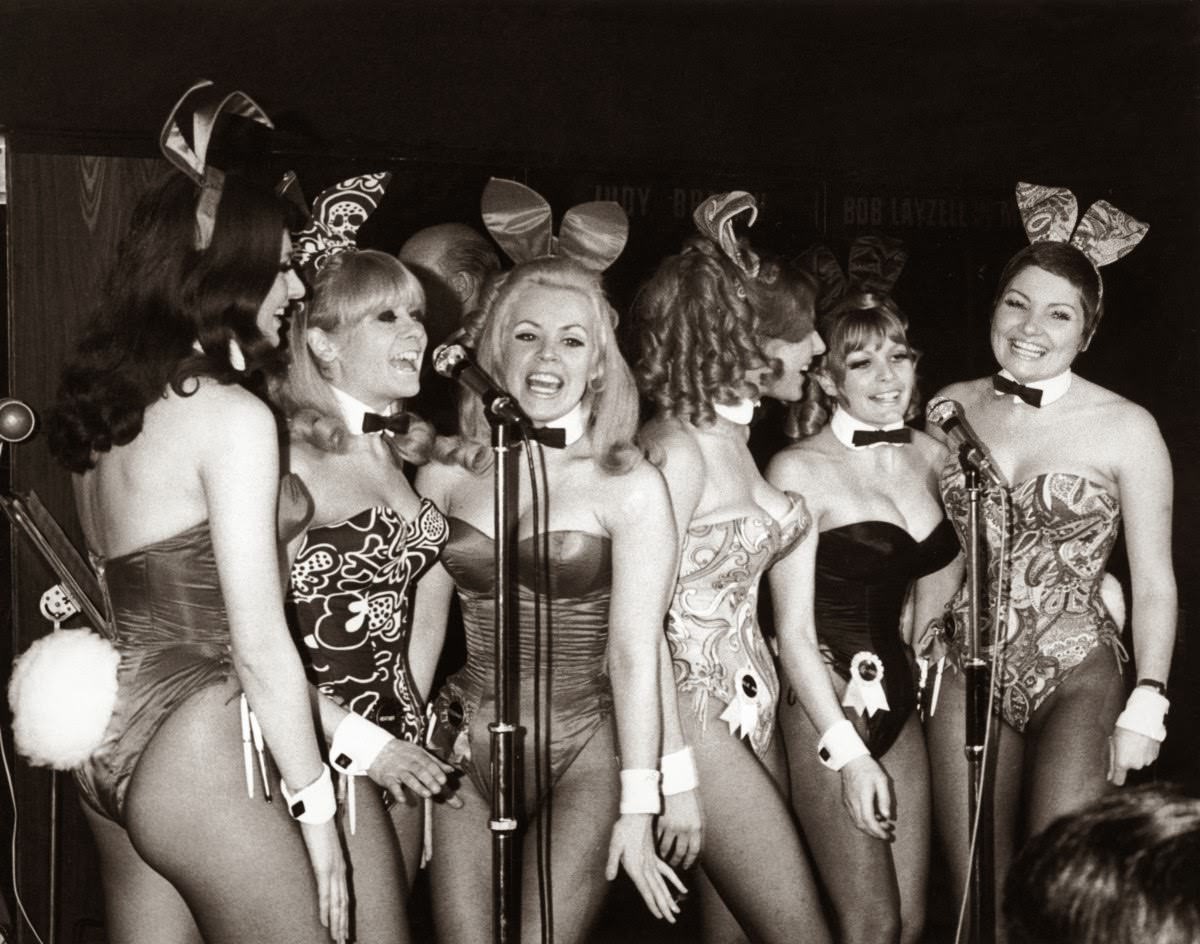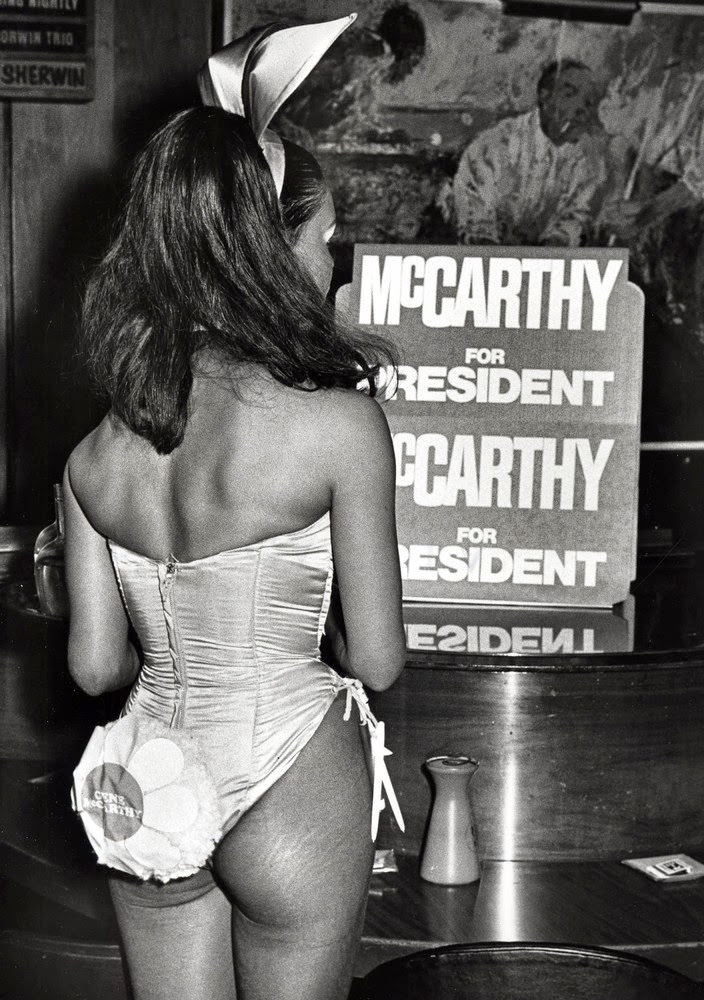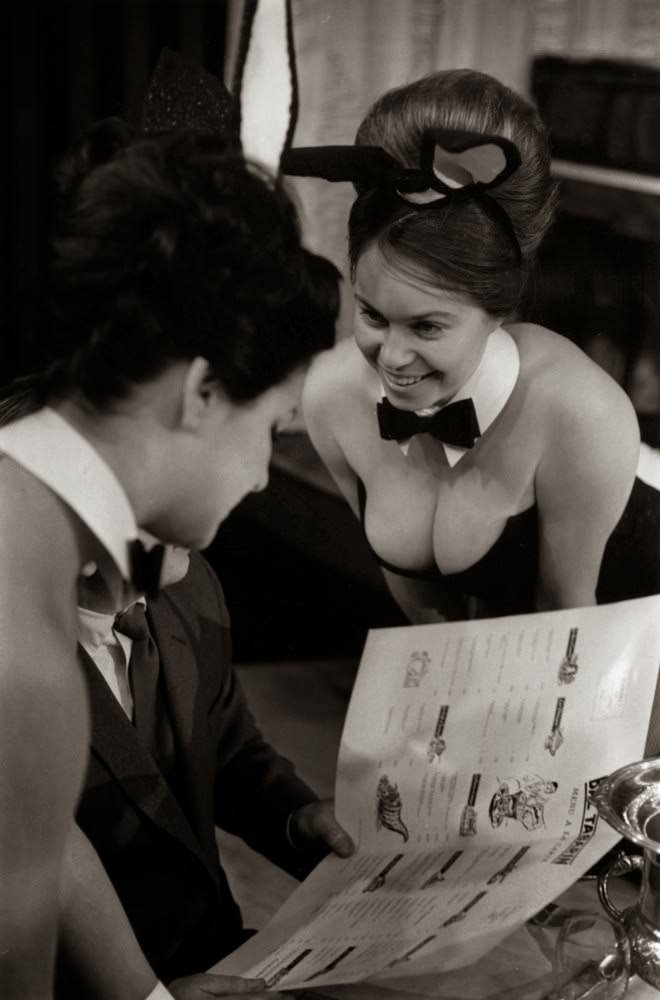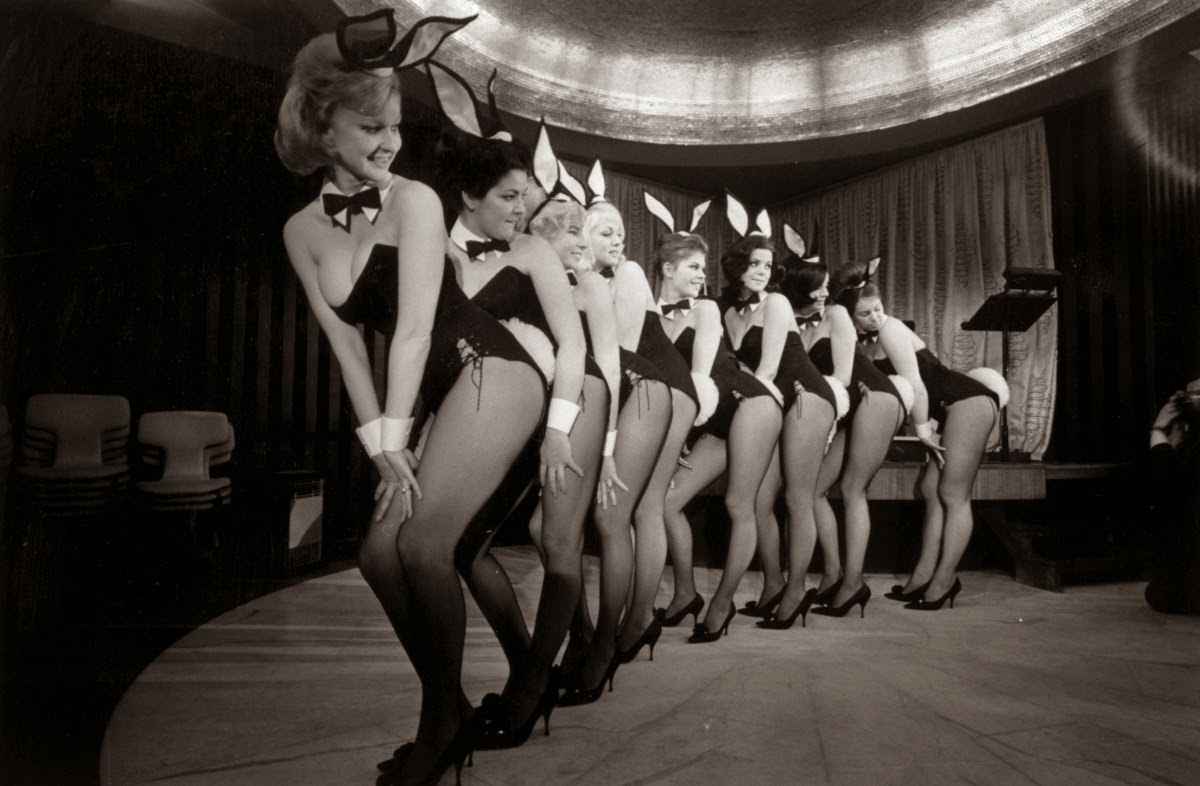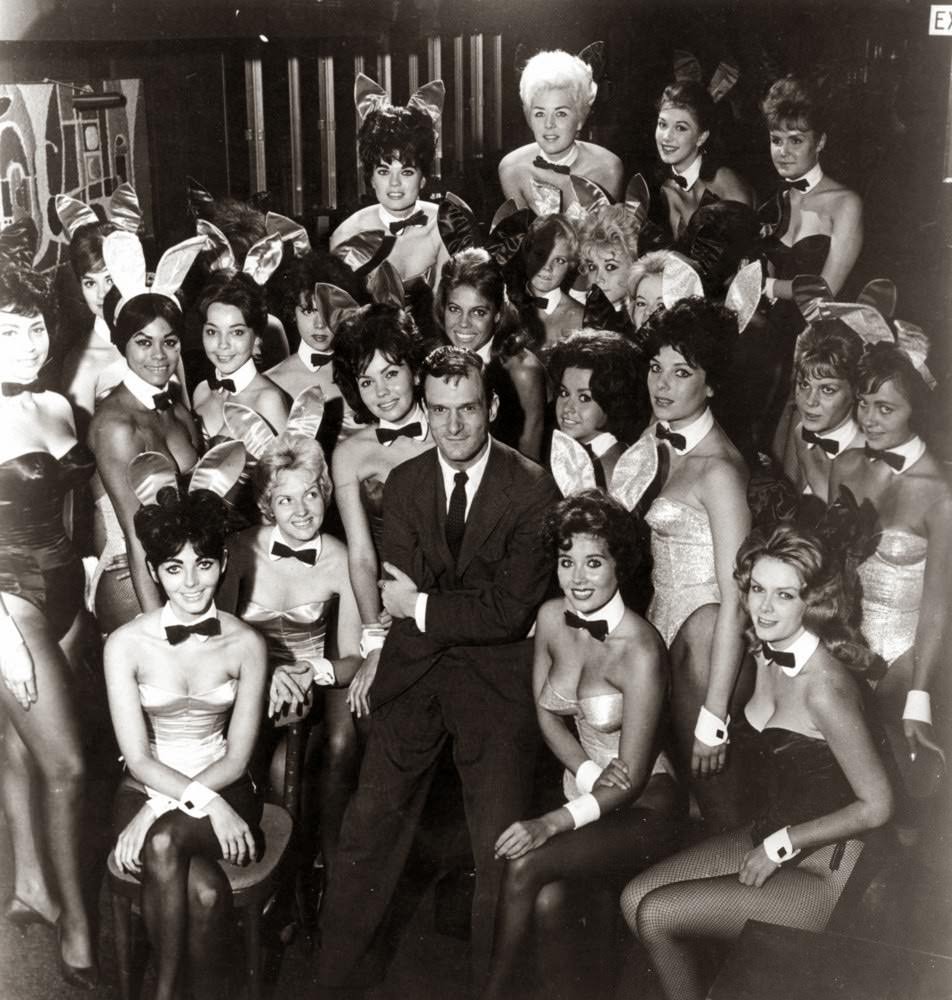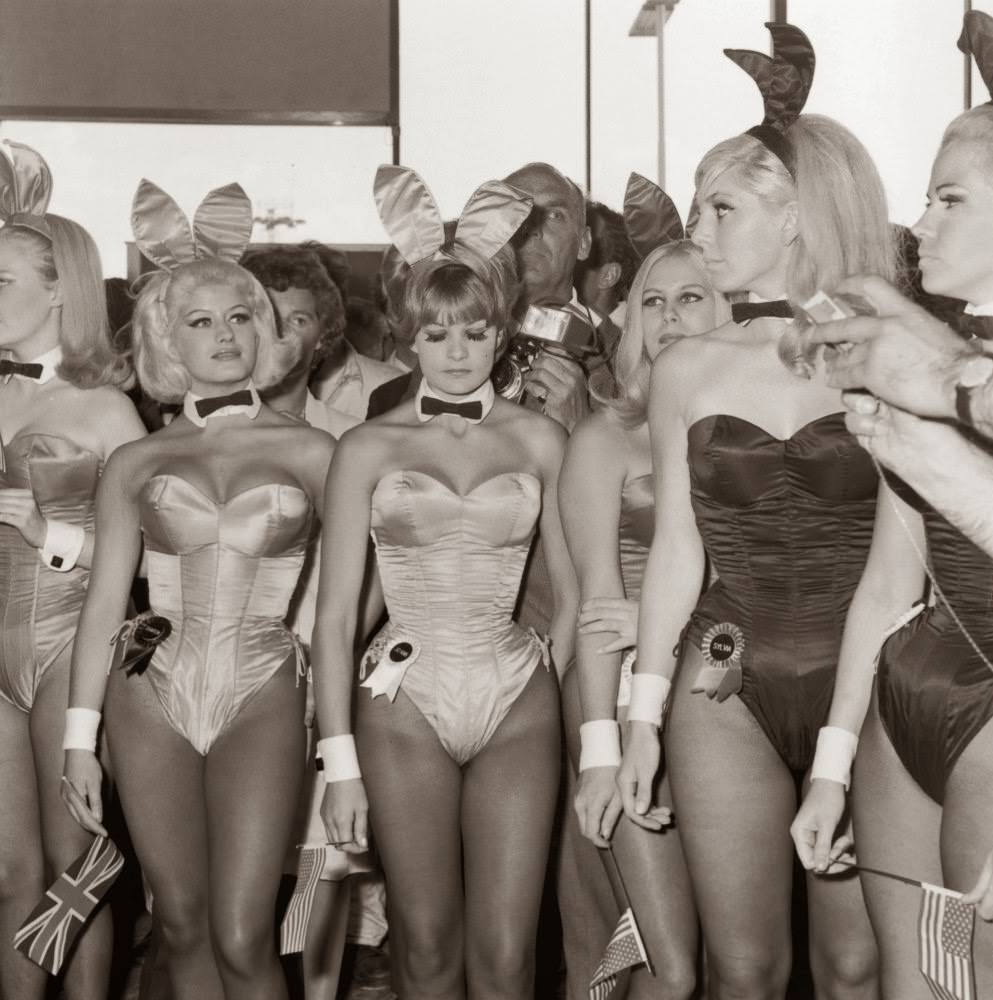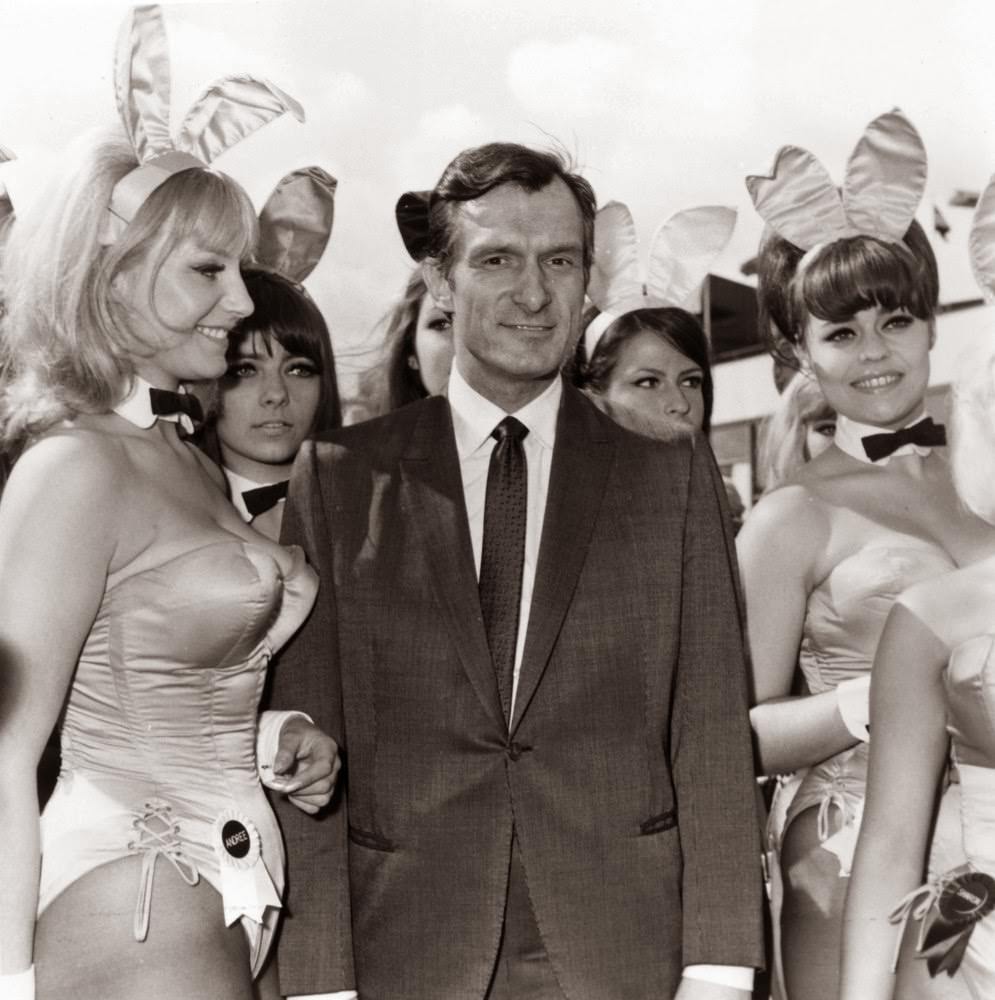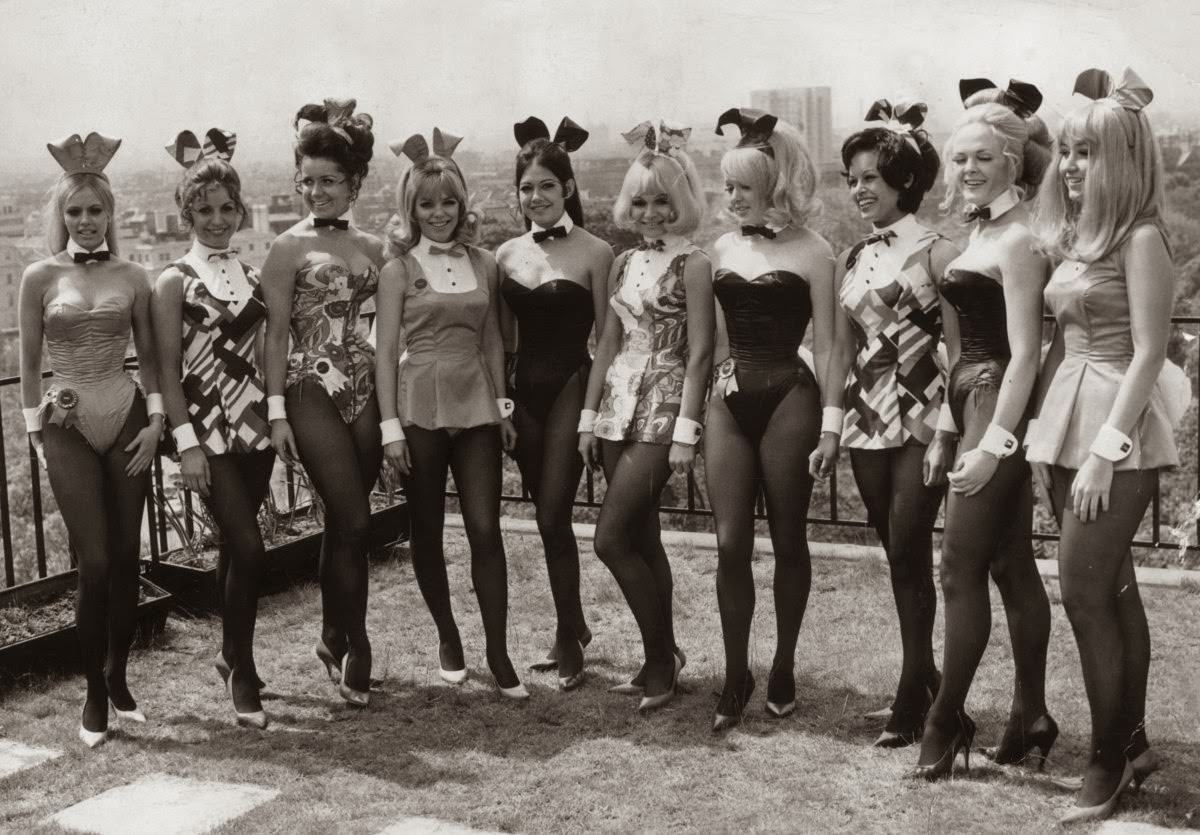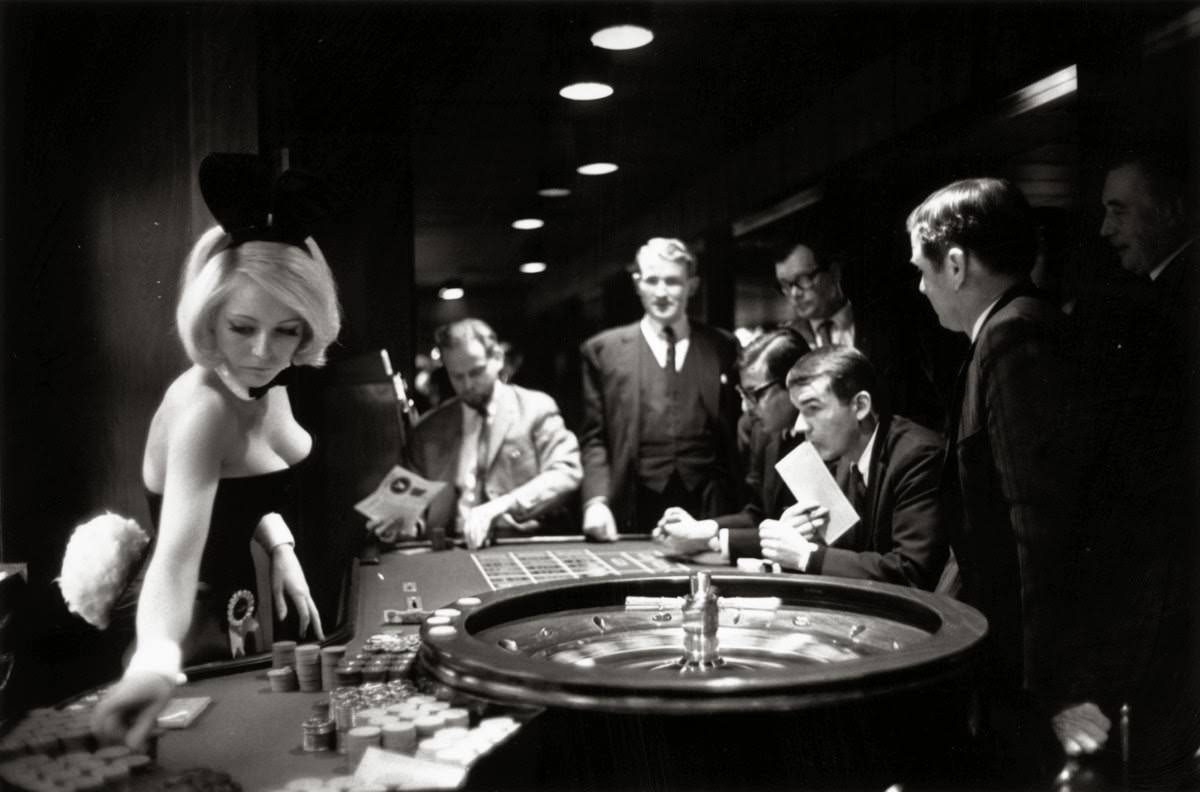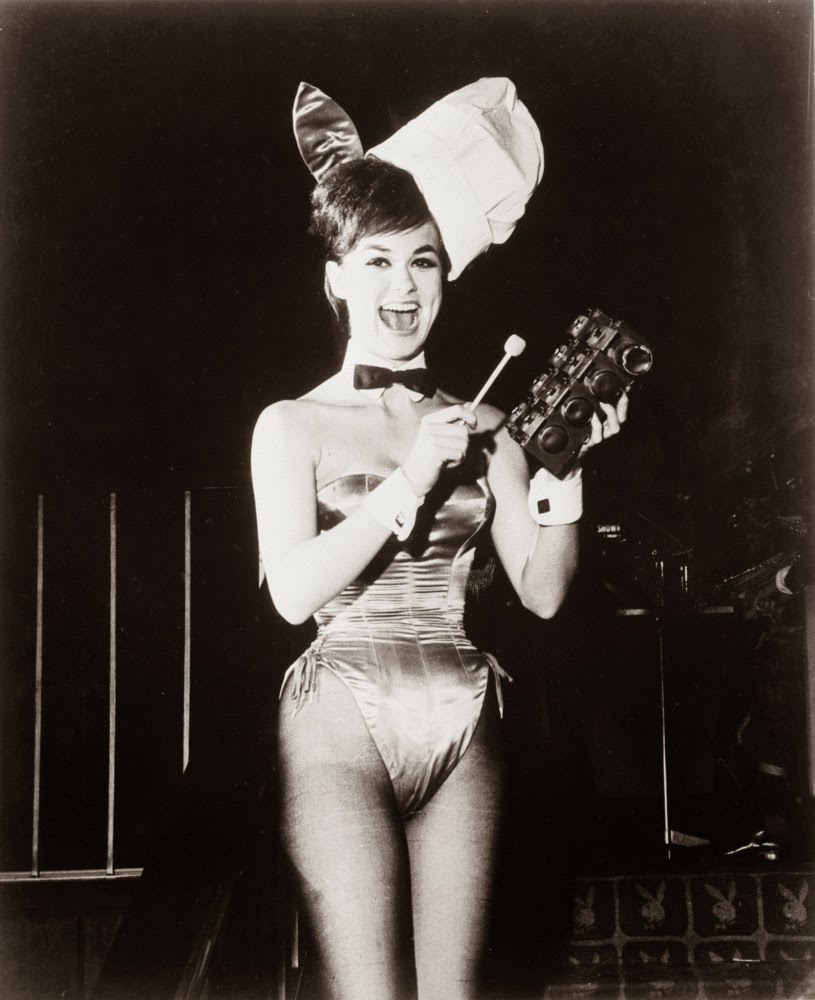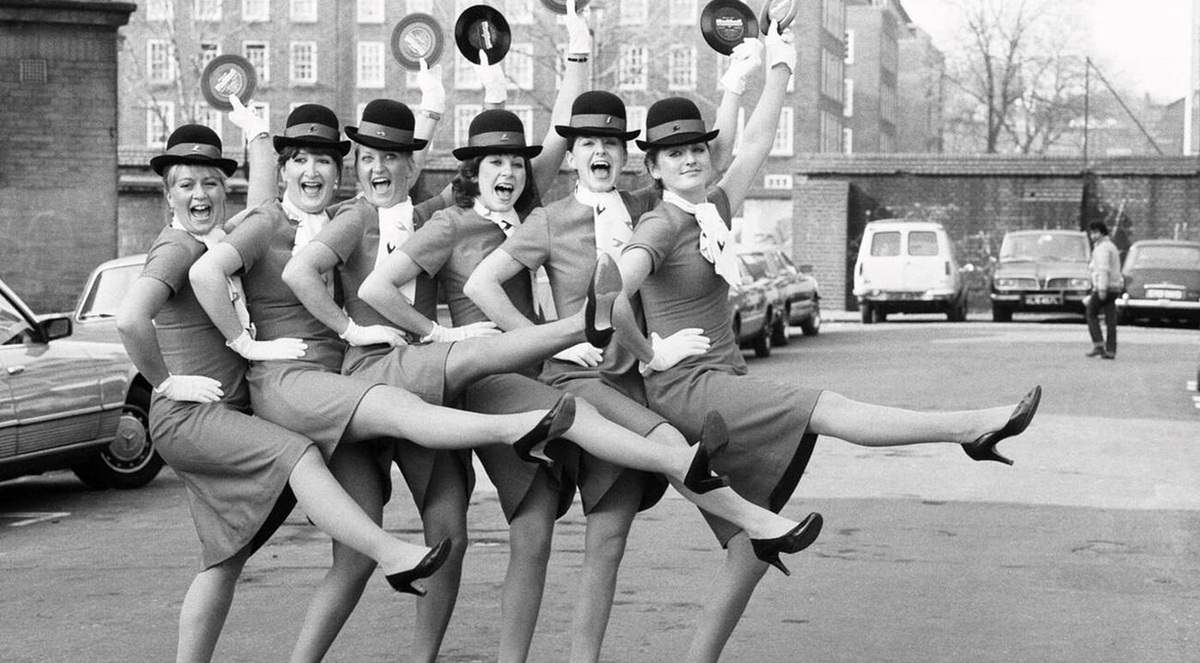The Playboy Bunny is one of the most recognizable symbols in American pop culture. The shiny satin corset, the perky white collar, the fluffy tail, and those iconic floppy ears became the visual shorthand for the glamorous and seductive world created by Hugh Hefner. When Hefner and his executive Victor Lownes decided to open a chain of exclusive nightclubs in 1960, they turned to renowned fashion designer Zelda Wynn Valdes to craft a uniform that would be instantly unforgettable.
What Valdes created was a masterpiece of branding. But behind the satin and smiles was a highly demanding and rigorously controlled job. To be a Bunny in the golden age of the Playboy Clubs was to enter a secret world with its own language, its own laws, and a rulebook as strict as any military academy’s.
Forging an Icon: The Anatomy of the Costume
The Bunny costume was a feat of engineering, custom-fitted to each woman to create the perfect hourglass silhouette. The centerpiece was the satin corset, often called a bustier, which was heavily boned to cinch the waist and lift the bust. This was the foundation of the entire look.
Attached to the back of the corset was the fluffy, white cotton tail. A crisp white collar with a black bowtie, matching starched cuffs with Playboy logo cufflinks, and a pair of sheer black pantyhose completed the main outfit. The look was topped off with the famous satin bunny ears, which had to be worn at just the right jaunty angle. To finish, Bunnies wore towering high heels, usually at least three inches high, which added to their statuesque appearance.
Read more
Once a woman put on the costume, her old identity vanished. She was no longer Jane Smith from Ohio; she was “Bunny Jane.” A name tag worn over her hip identified her to the club’s clients, known as Keyholders. The costume was a uniform in the truest sense, transforming a diverse group of women into a standardized symbol of the Playboy ideal.
The Bunny Manual: A World of Rules
Life as a Bunny was governed by the Bunny Manual, a thick, detailed rulebook that dictated every aspect of a Bunny’s behavior on the clock. This was not a set of friendly guidelines; it was a strict code of conduct, and violations had serious consequences.
The number one rule was a complete ban on fraternizing with the clients. A Bunny was strictly forbidden from dating, meeting outside the club, or even giving her phone number to a Keyholder. Getting caught breaking this rule was grounds for immediate termination. The Bunnies were meant to be the ultimate fantasy: alluring but completely unattainable.
The list of forbidden actions was long. Bunnies were not allowed to drink alcohol on the premises, chew gum, or smoke on the main floor of the club. They were subjected to regular weigh-ins, and gaining even a few pounds could lead to suspension until the weight was lost. The costume itself had to be pristine at all times. Demerits were handed out for scuffed shoes, a run in the pantyhose, or a missing cufflink. Even a Bunny’s posture was regulated; they were trained to stand in the elegant “Bunny Stance.”
The Art of the “Bunny Dip”
A common misconception is that Bunnies were simply waitresses in a sexy outfit. In reality, their role was that of a highly trained hostess, and their job was to create an atmosphere of sophisticated fun. They served drinks, but they did so with a specific, practiced grace.
The most famous example of this was the “Bunny Dip.” Because the corsets were so tight and restrictive, a Bunny could not simply bend over at the waist to place a drink on a low-slung table. To solve this, they were trained to perform a graceful, stylized maneuver. A Bunny would approach the table, lean backward while keeping her back straight, and bend deeply at the knees, allowing her to lower the tray to the table without spilling a drop or breaking the elegant lines of the costume. It was a physically demanding move that required balance and strength, and it became a signature part of the Playboy Club experience.
Training was intense. New Bunnies, or “Bunnies in Training,” had to learn every rule in the manual, memorize the recipes for dozens of cocktails, and be able to identify important Keyholders by name. They were drilled on etiquette, conversation, and how to maintain the perfect, cheerful persona throughout their long shifts on high heels.
The Women Behind the Ears
So, who were the women who chose to undergo this rigorous process? They were a surprisingly diverse group. Many were aspiring actresses, dancers, and models who saw the job as a stepping stone to a career in entertainment. Others were college students paying their way through school. In an era when most jobs for women were limited to secretarial, teaching, or nursing roles, being a Bunny offered a chance to earn an excellent income—often two or three times what their peers were making.
Despite the overtly sexy costume, the image that Playboy carefully cultivated for the Bunnies was that of the wholesome “girl next door.” They were expected to be charming, intelligent, and witty, but always respectable. This was key to the club’s success; it presented a fantasy that felt classy and exclusive, not crude or cheap.
The job did launch some famous careers. Singer Debbie Harry of Blondie was a Bunny in New York in the late 1960s. Perhaps the most famous Bunny story is that of feminist icon Gloria Steinem, who went undercover as a Bunny in 1963 for an exposé article. Her story revealed the grueling physical demands, the low pay after deducting for uniforms and other expenses, and the often demeaning aspects of the job that existed behind the glamorous facade. A Bunny, let’s call her Bunny Barbara, stands perfectly poised under the club’s dim, sophisticated lighting. Her satin costume gleams as she executes a flawless Bunny Dip, placing a Vesper martini on the table of a Keyholder. The air is filled with the low hum of jazz music and the clinking of ice in heavy cocktail glasses. For the men in the room, she is the living embodiment of a fantasy; for her, it is the end of another long shift, a demanding performance governed by a rulebook she knows by heart.


